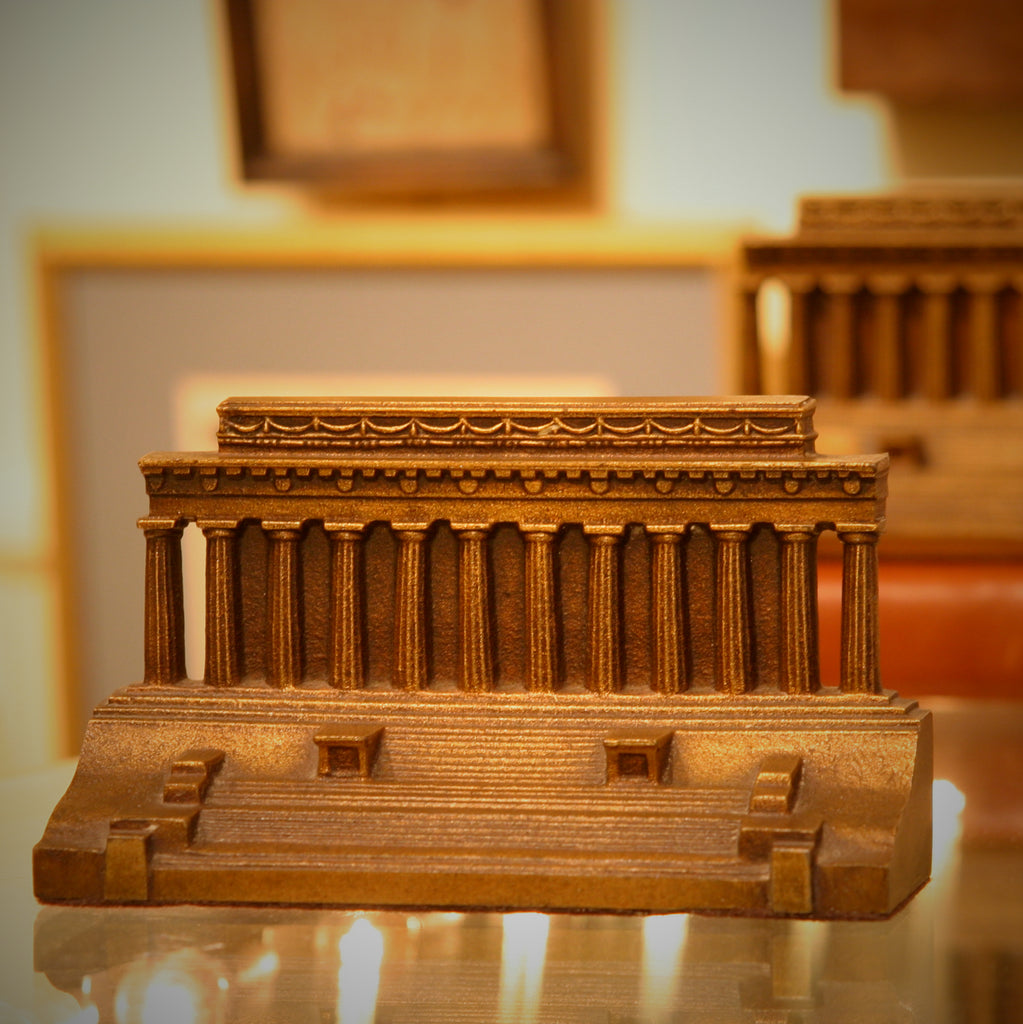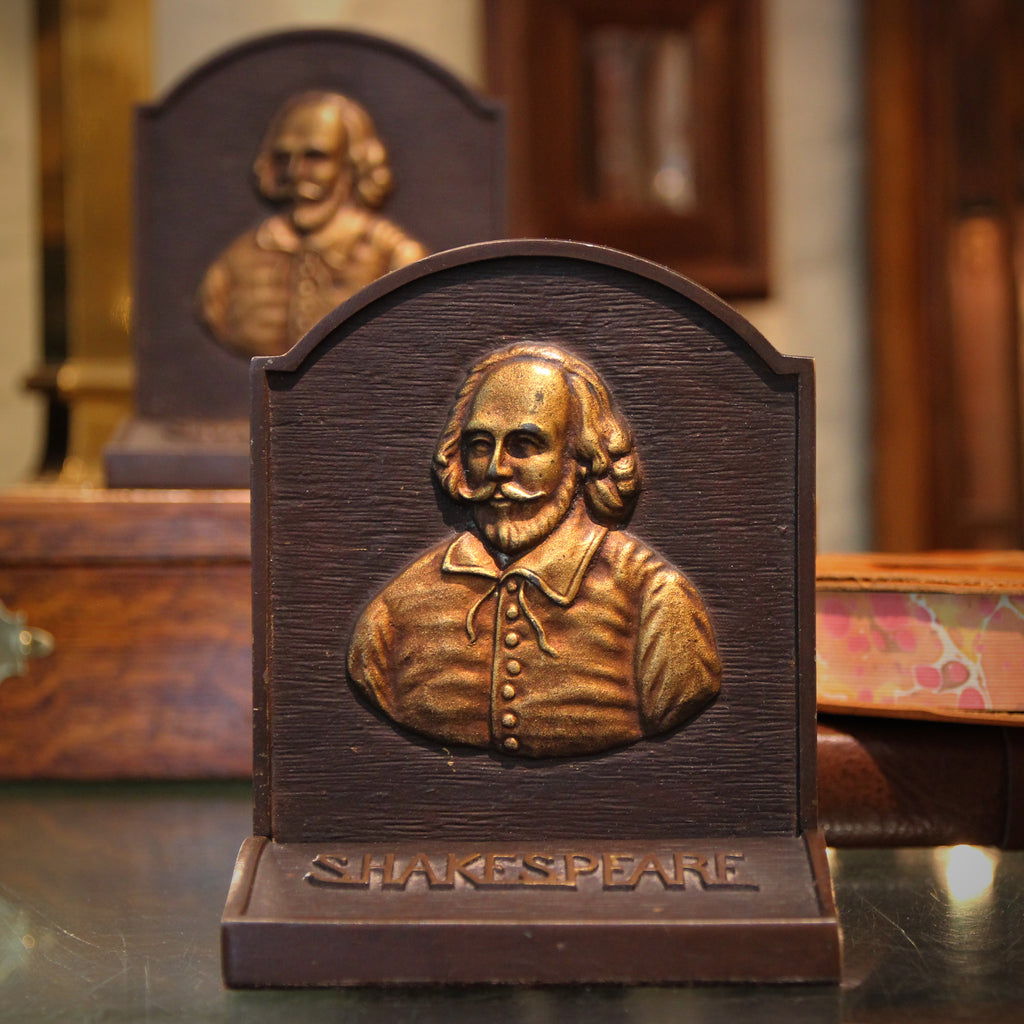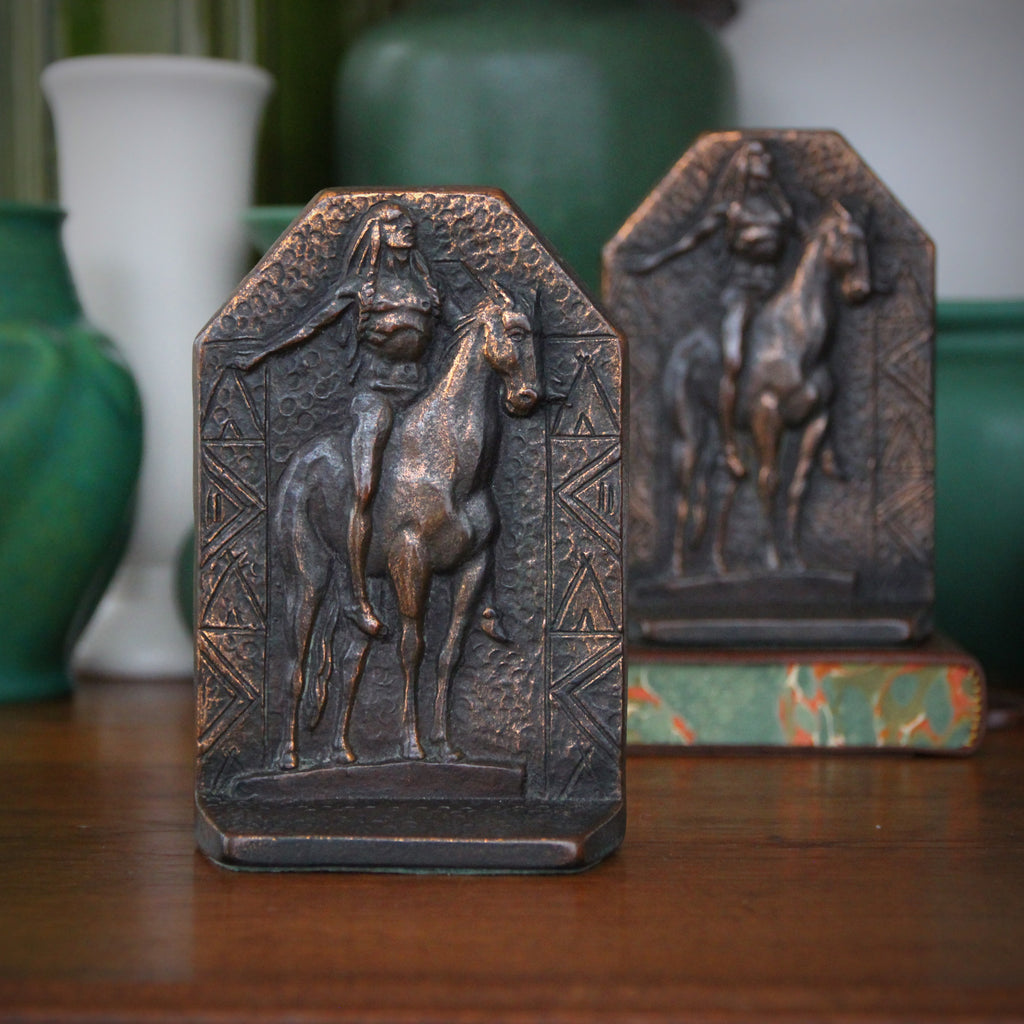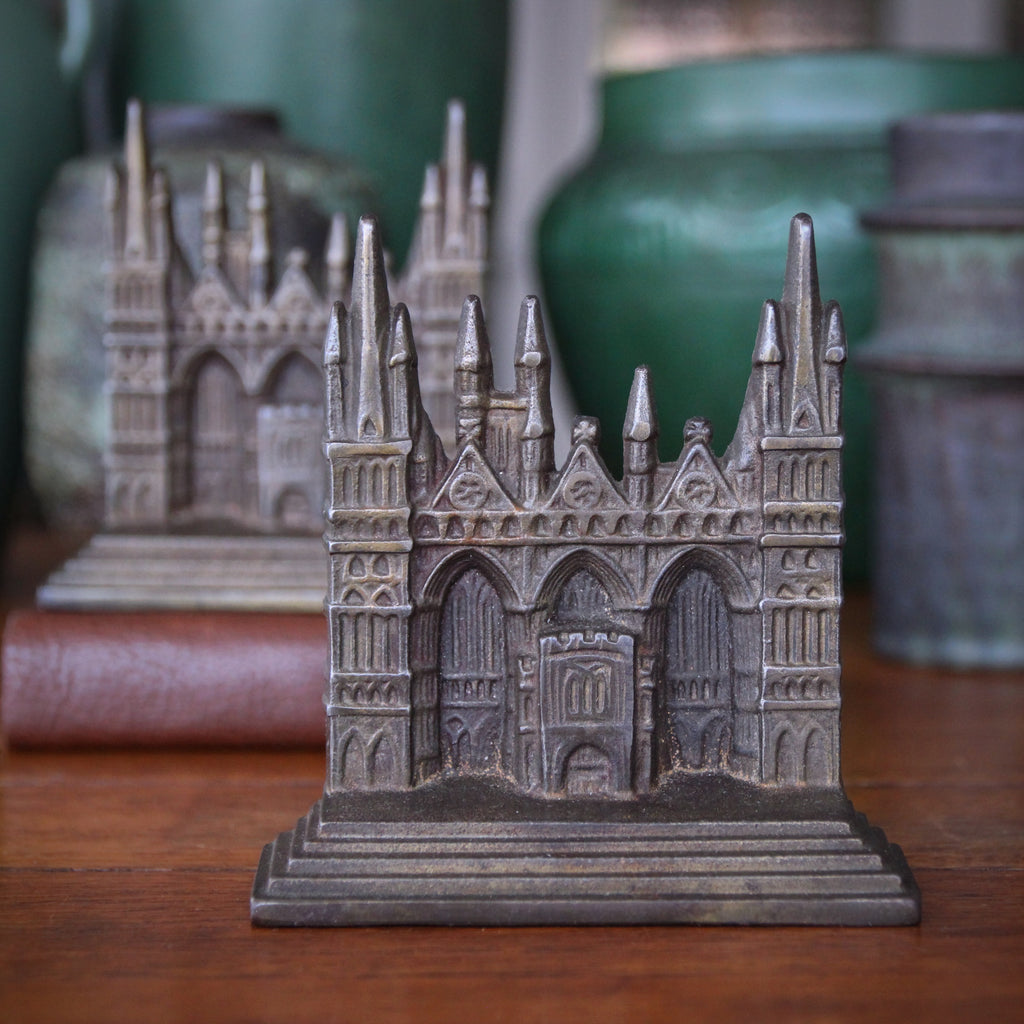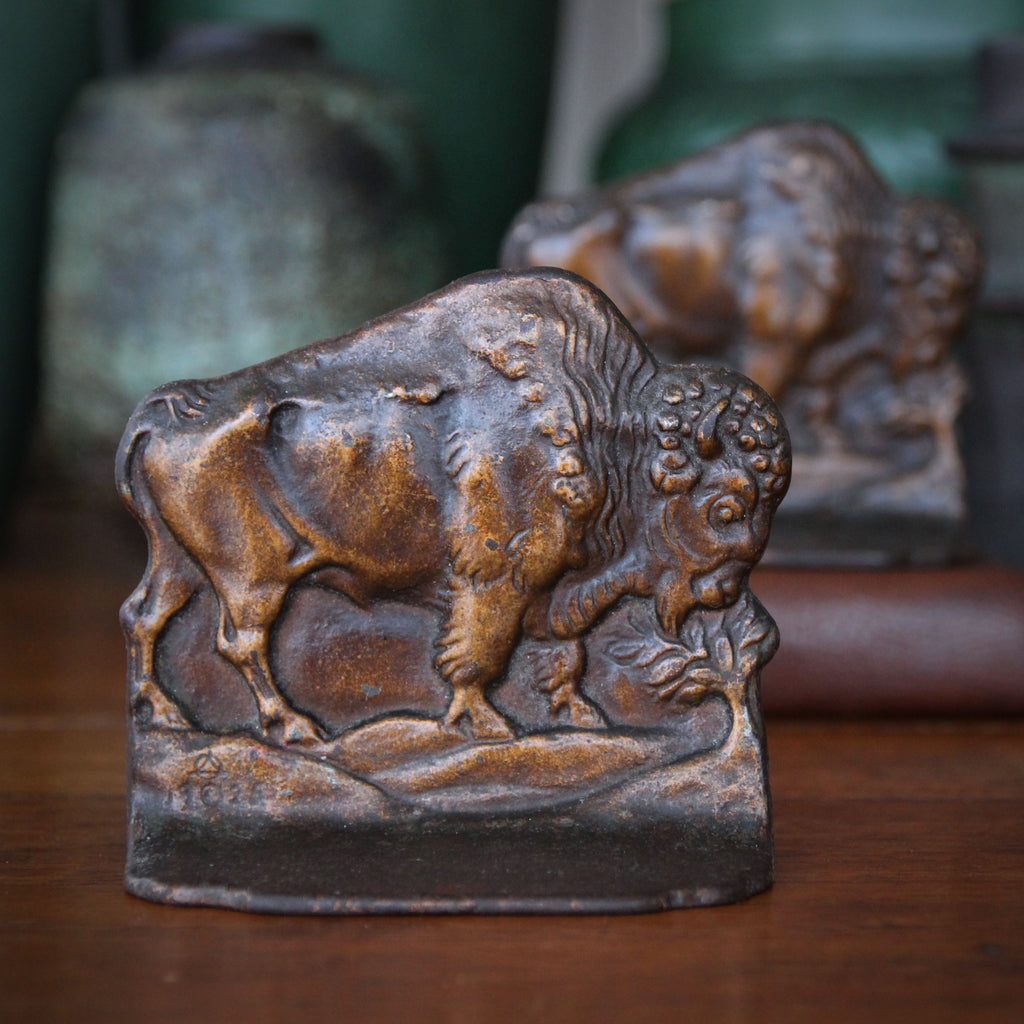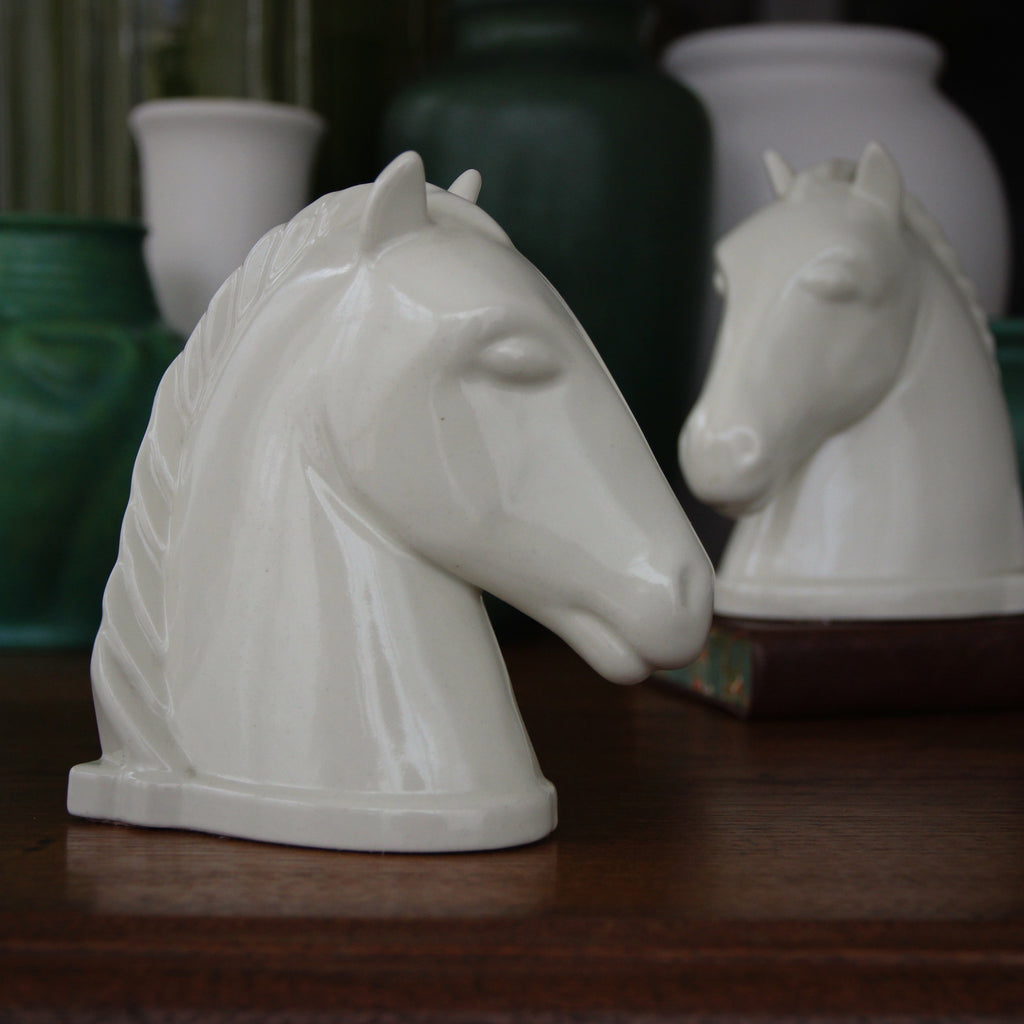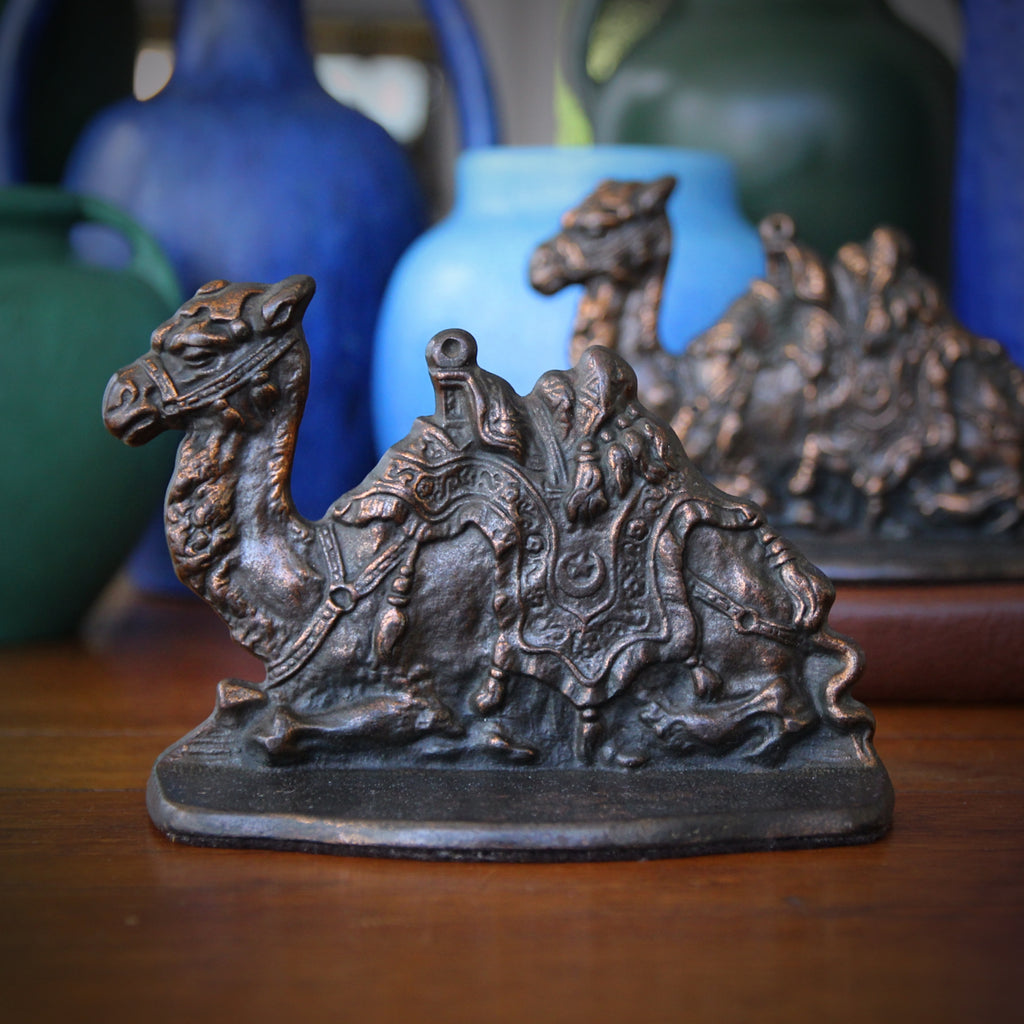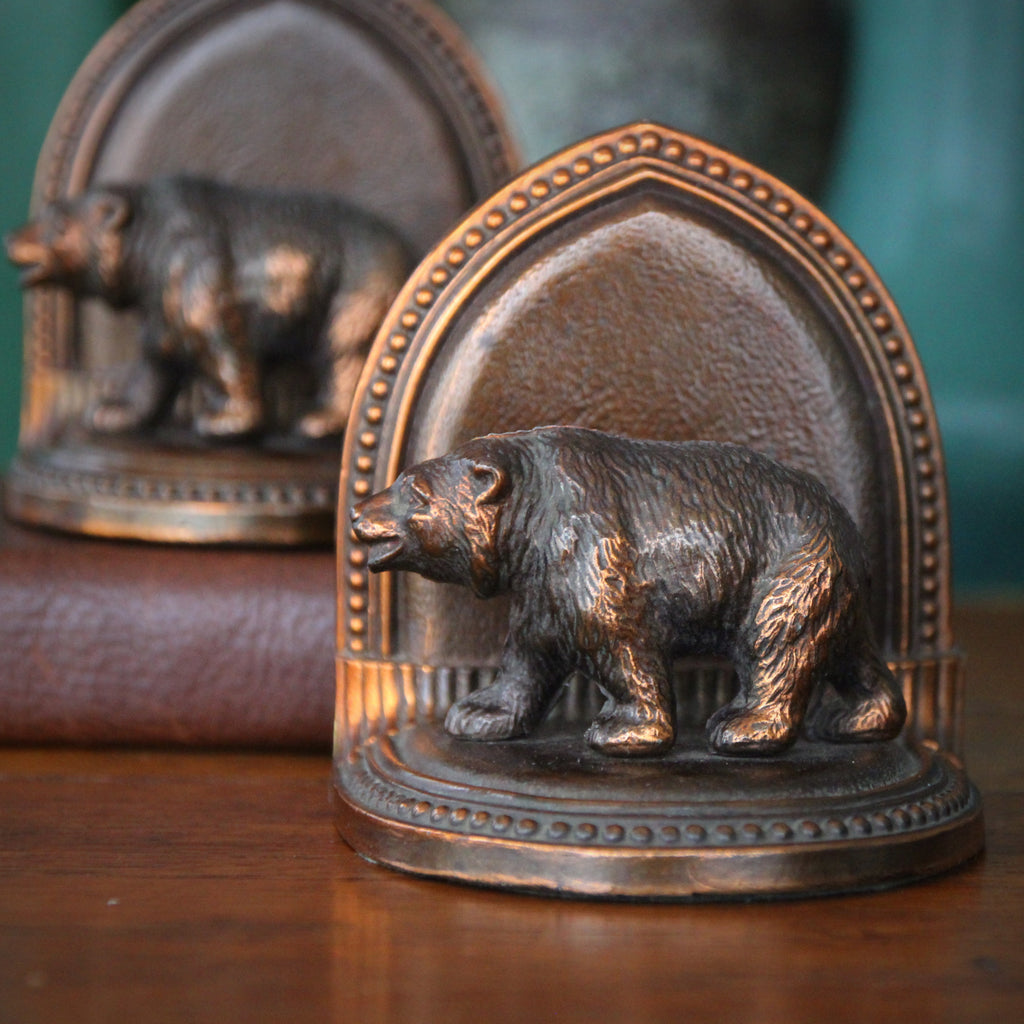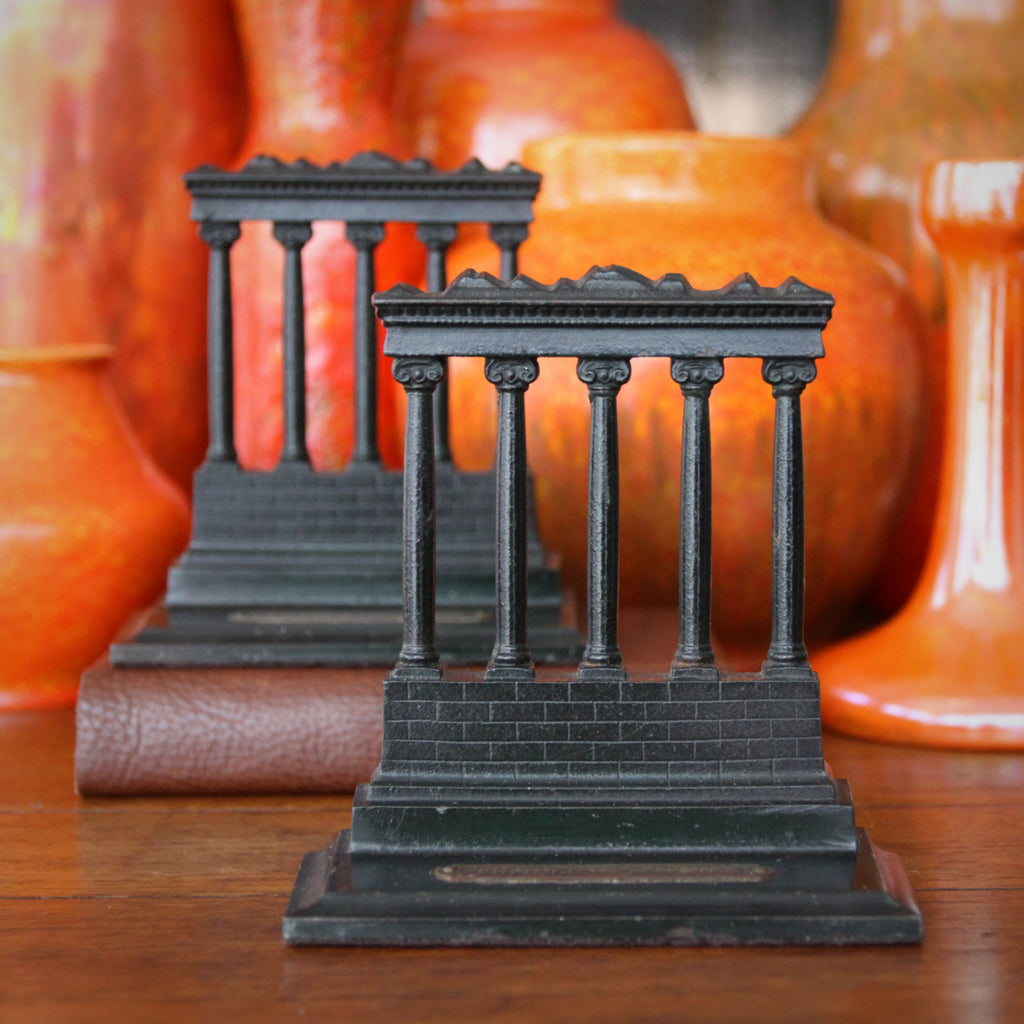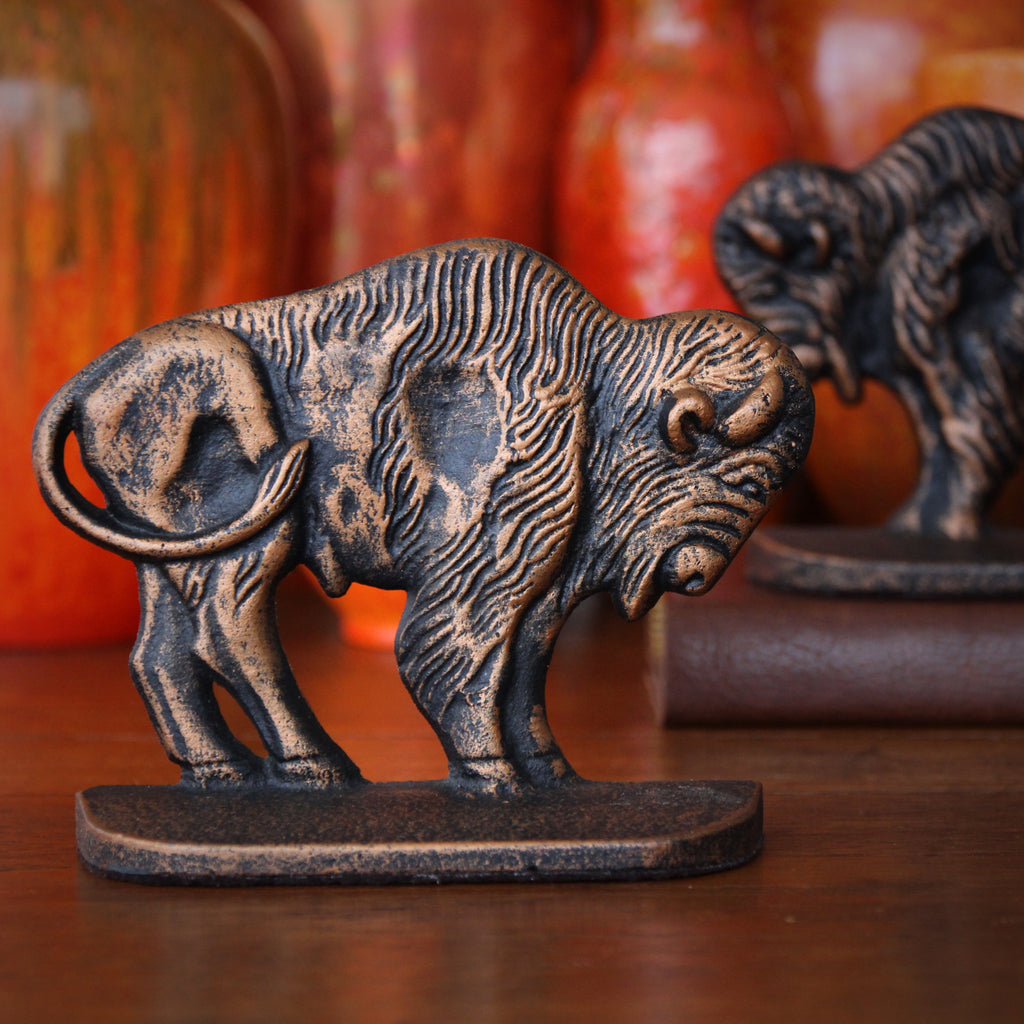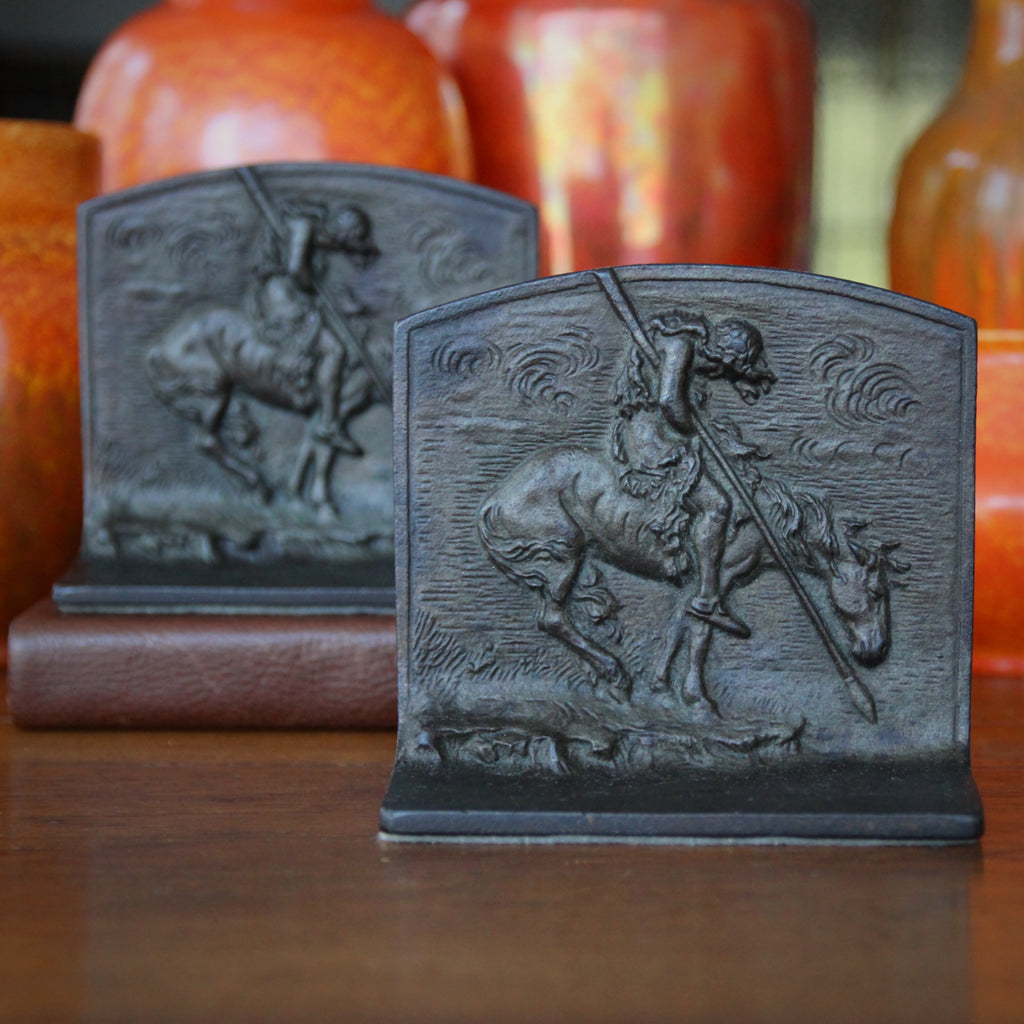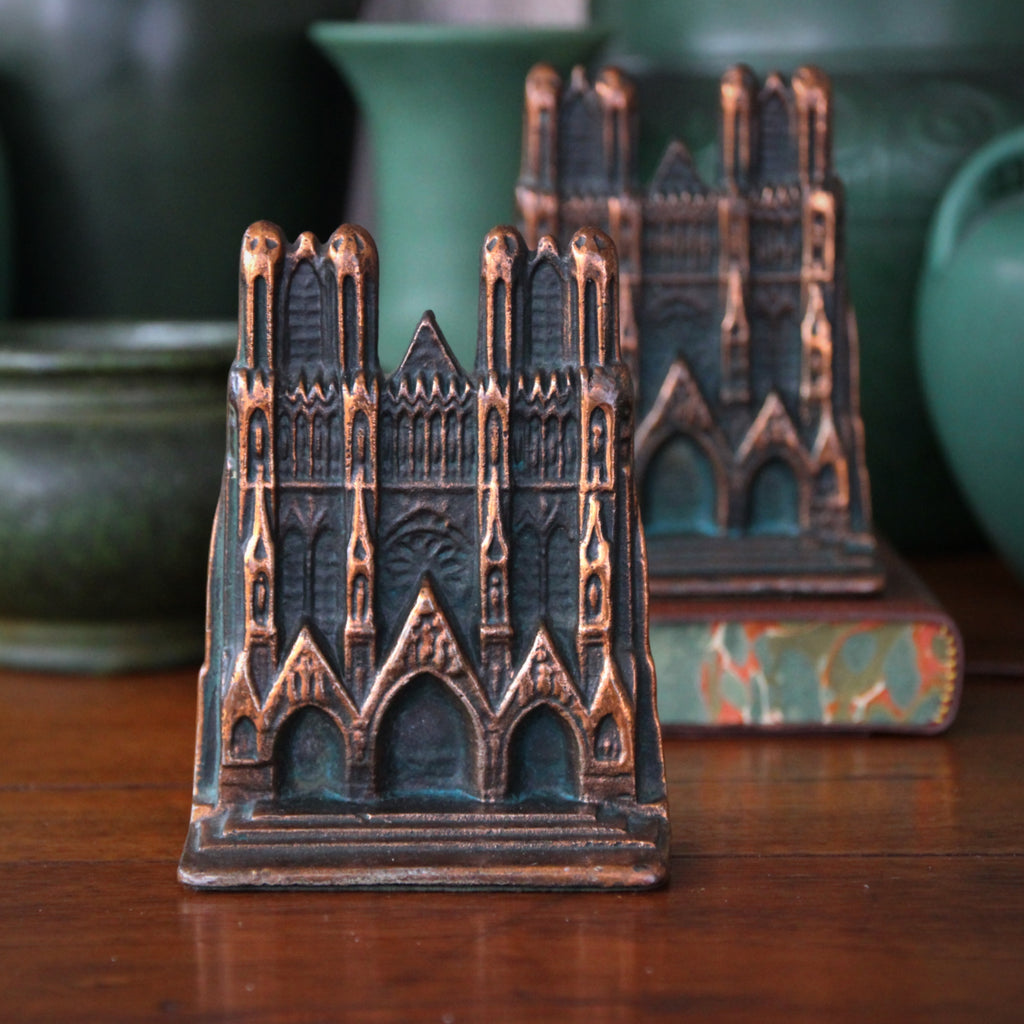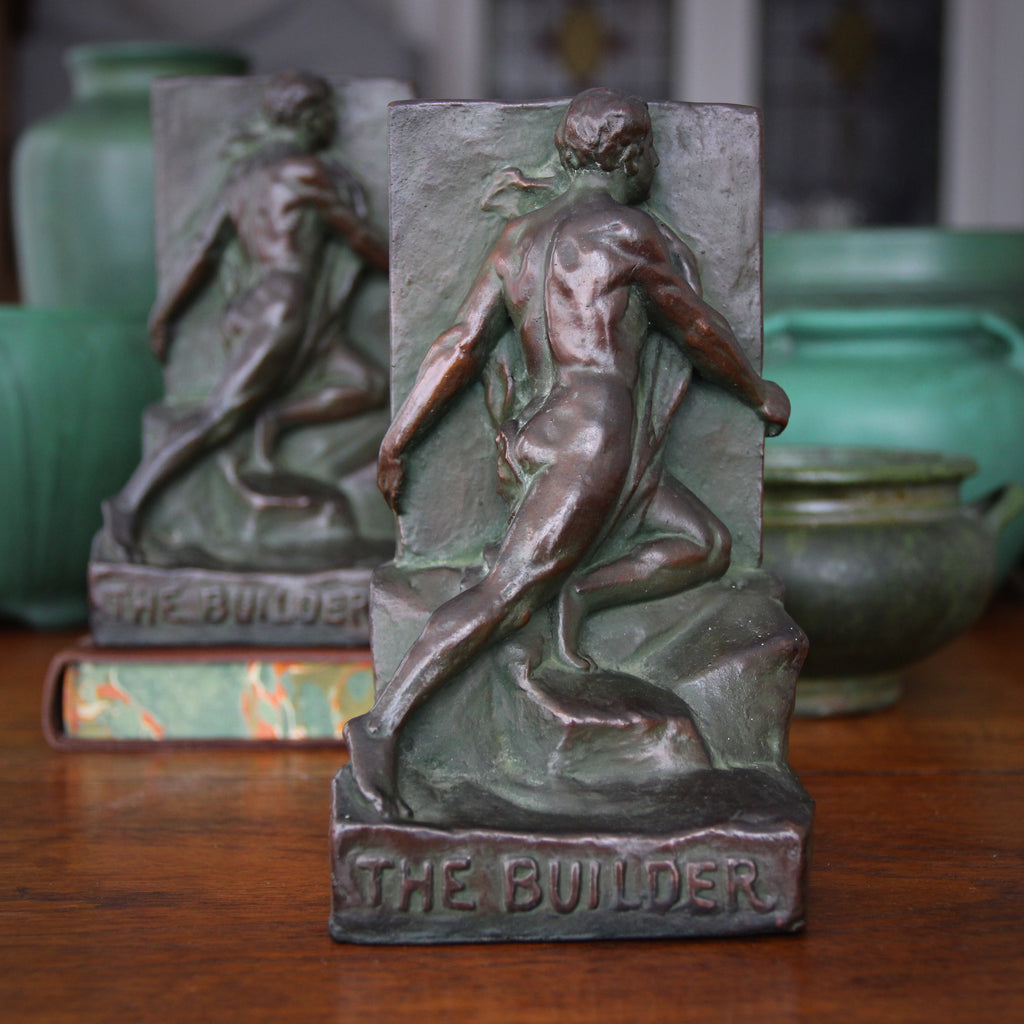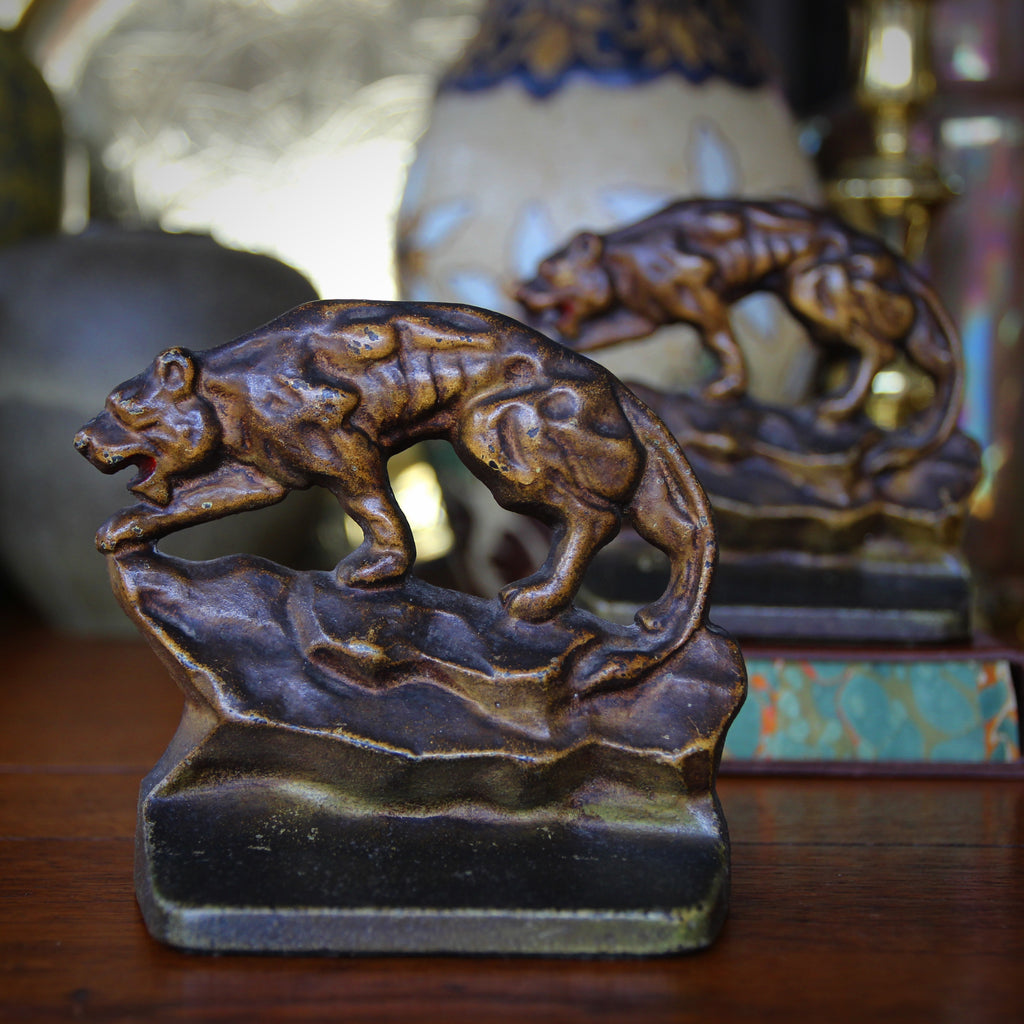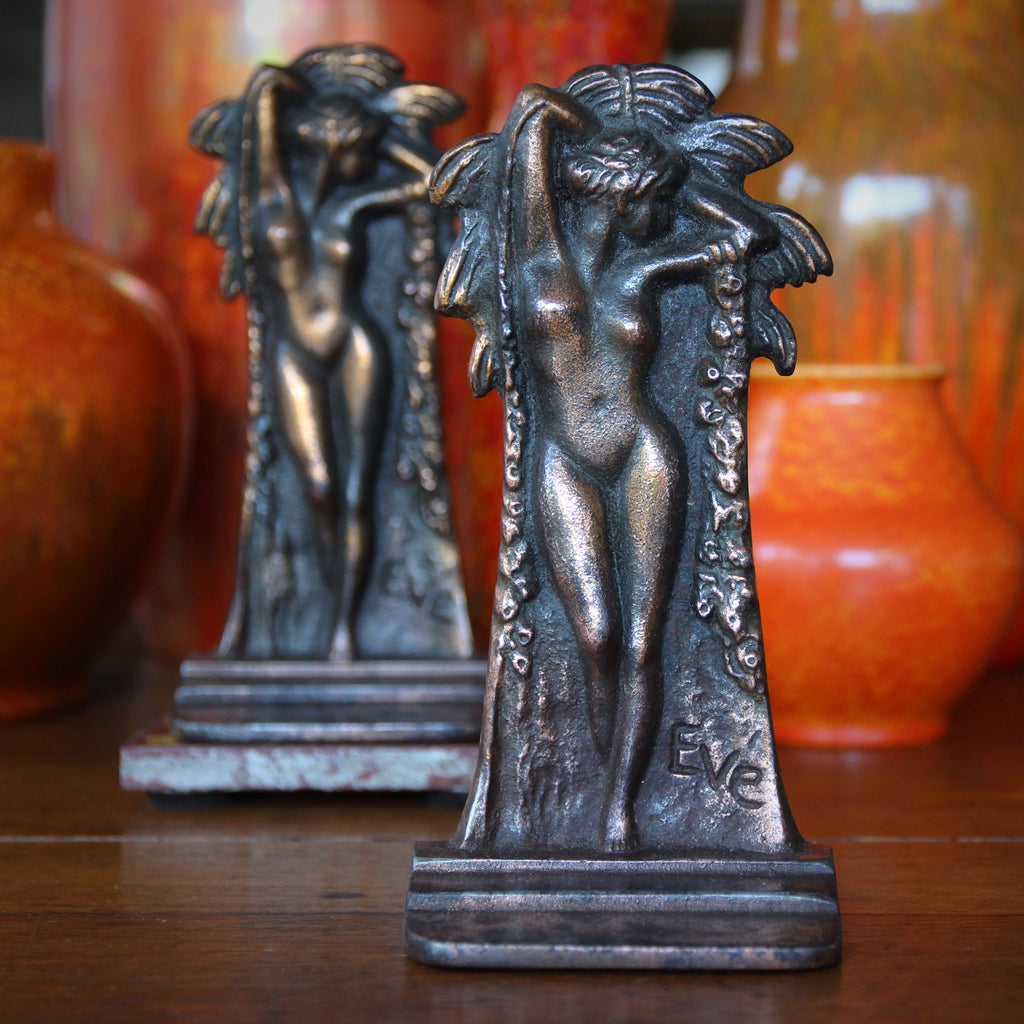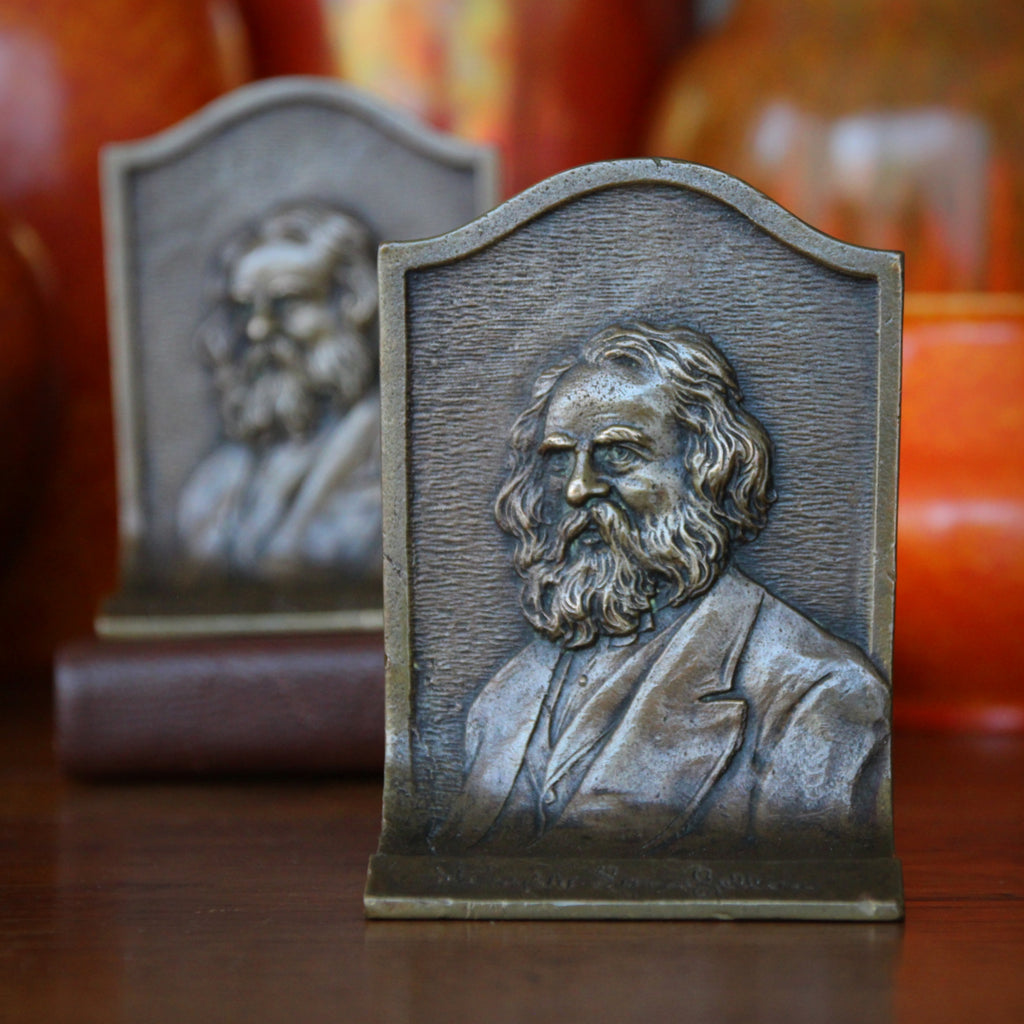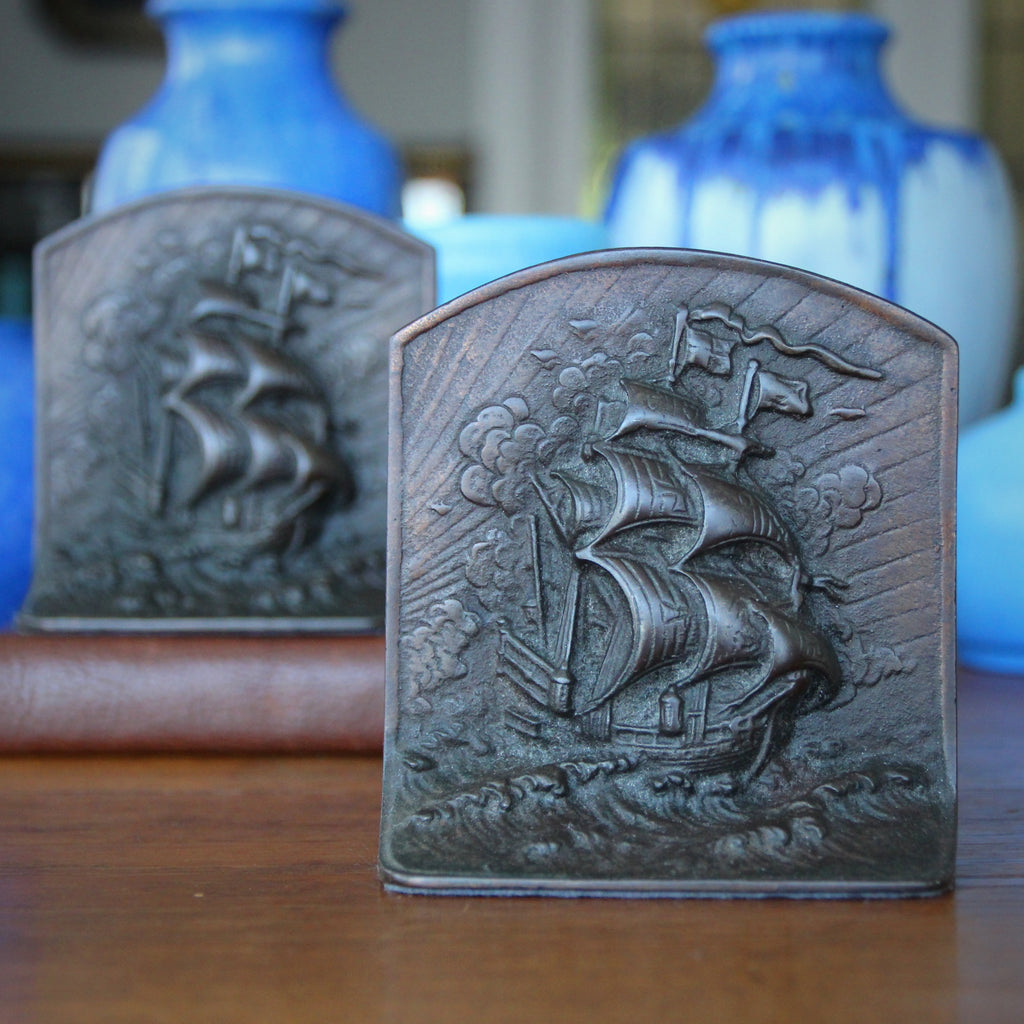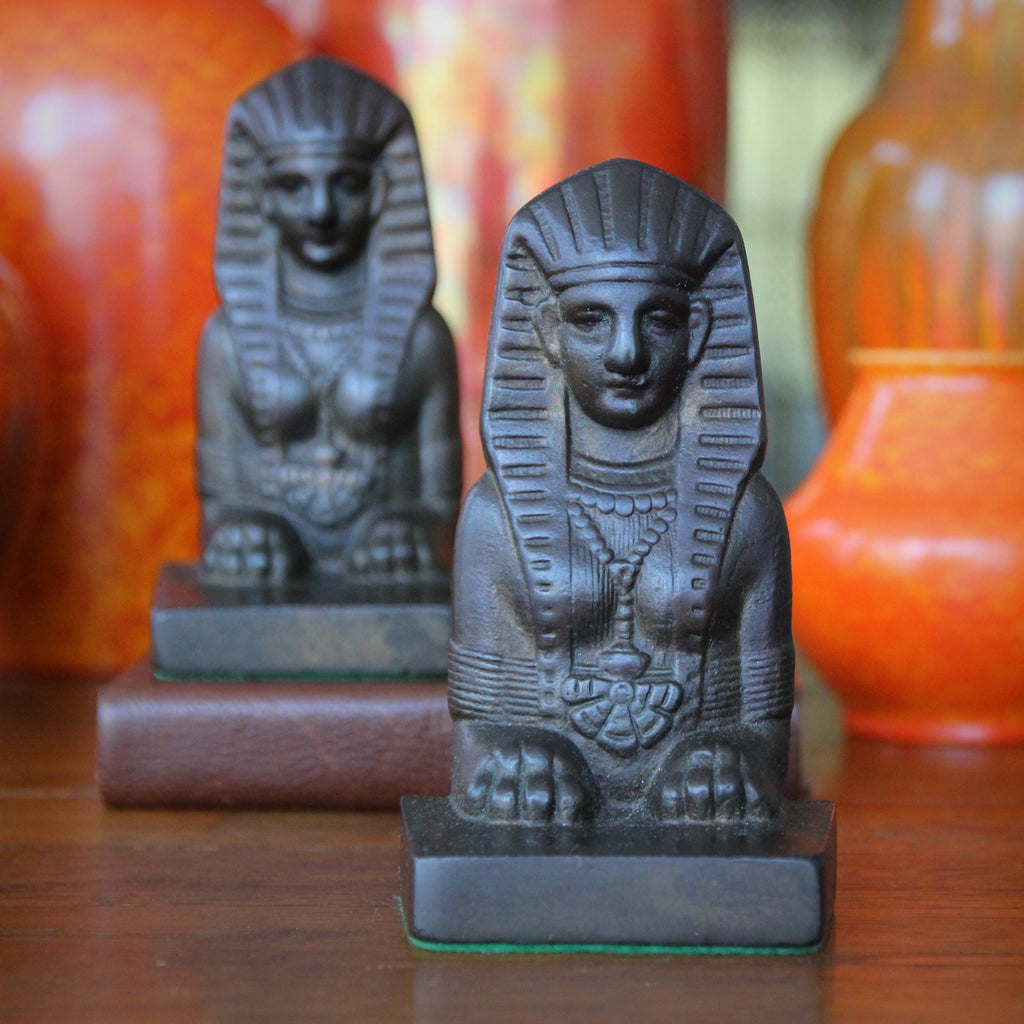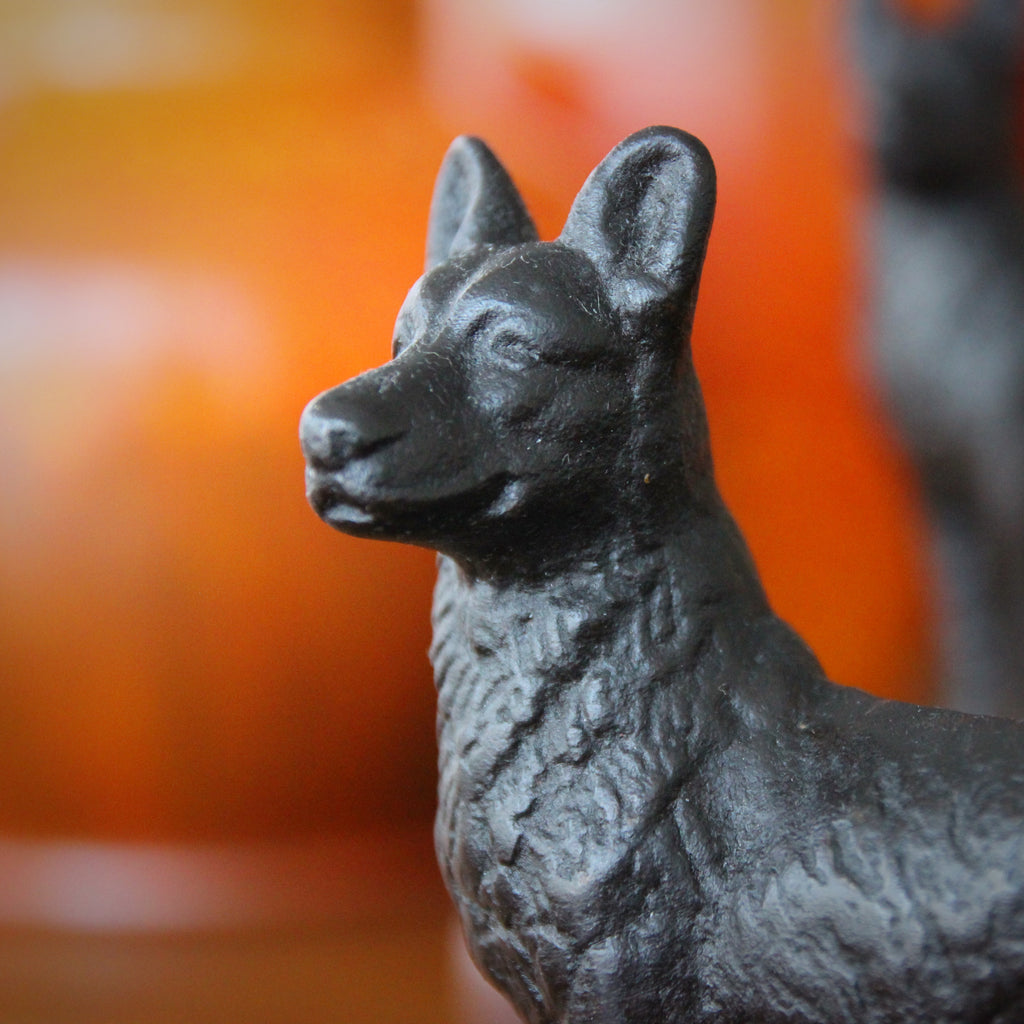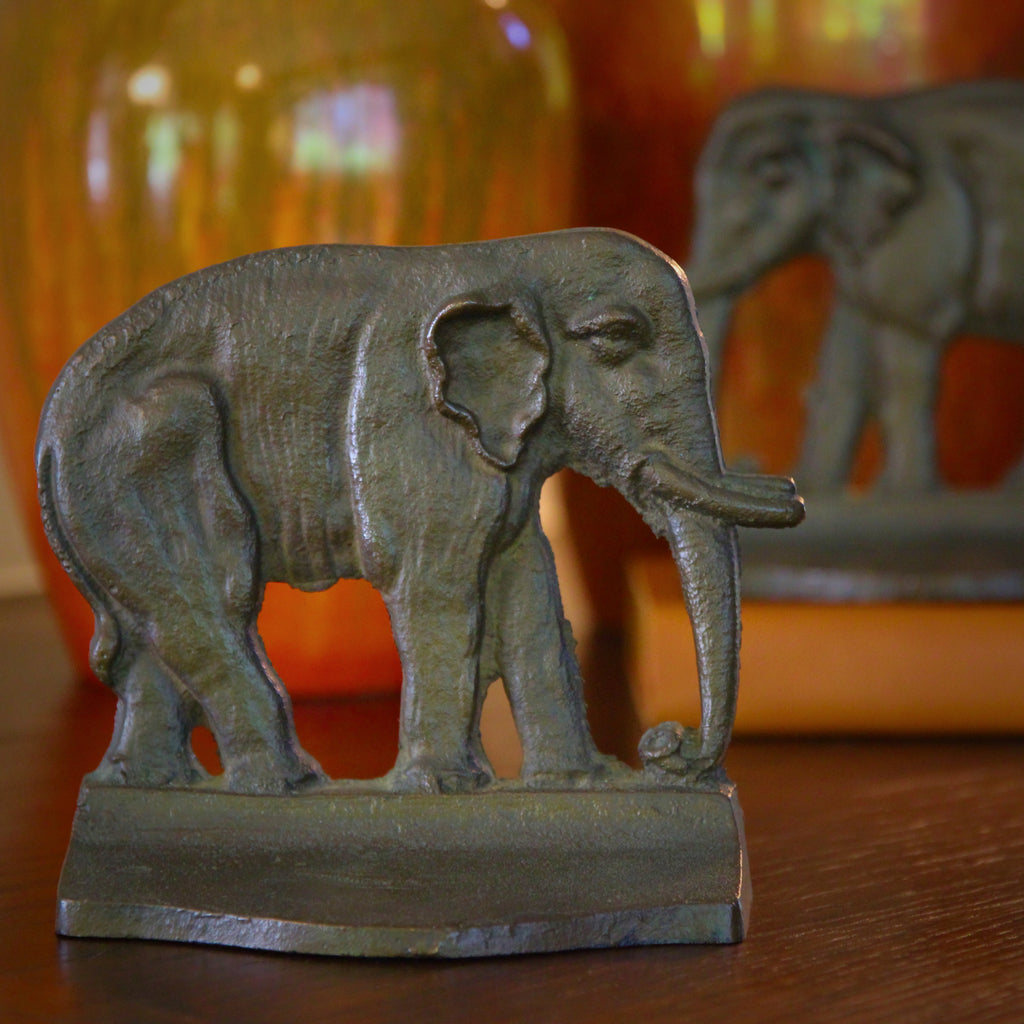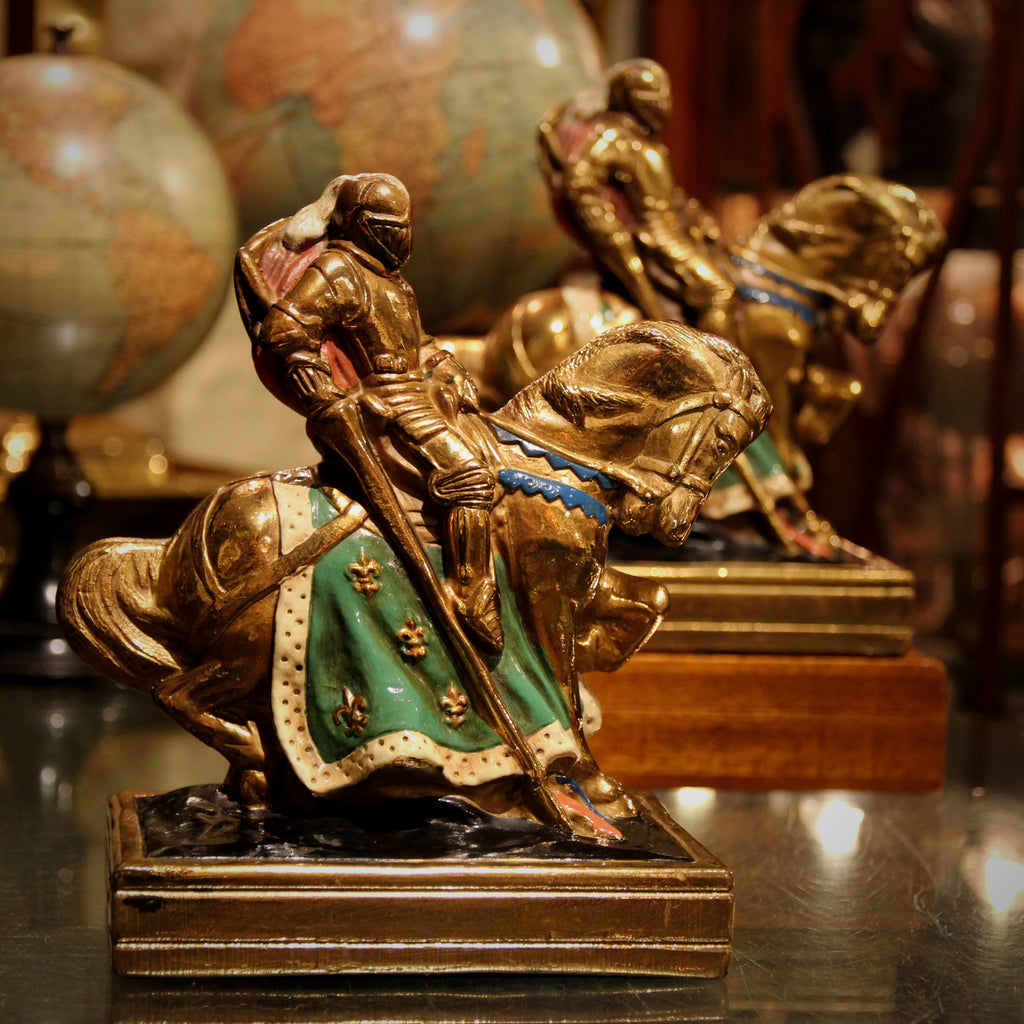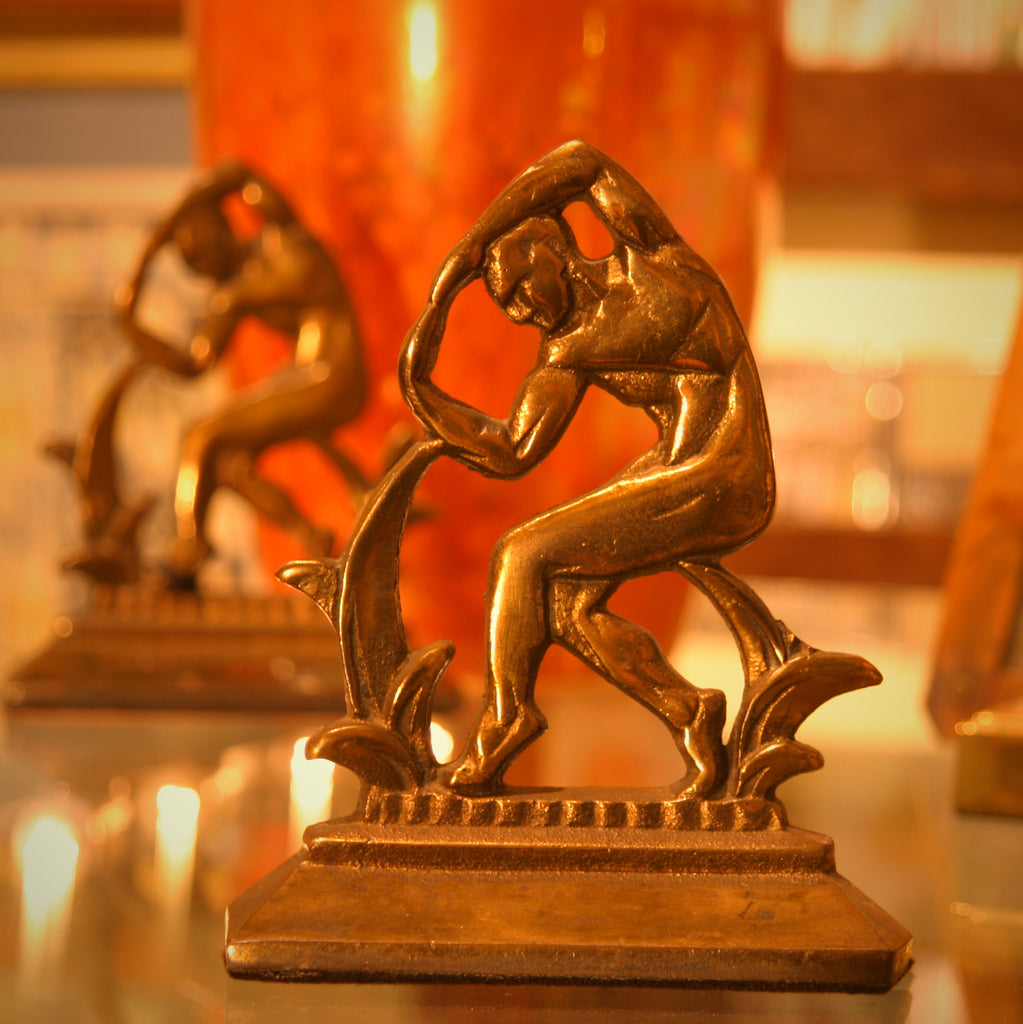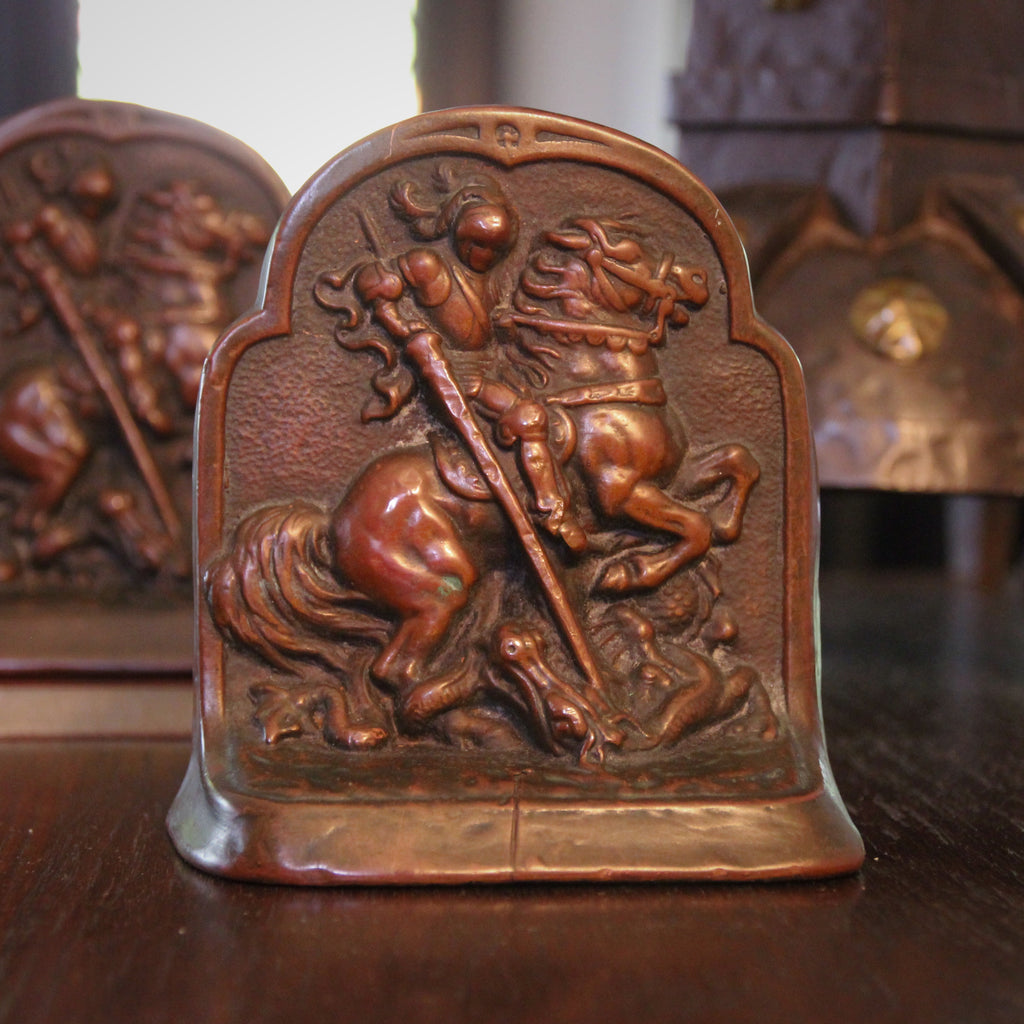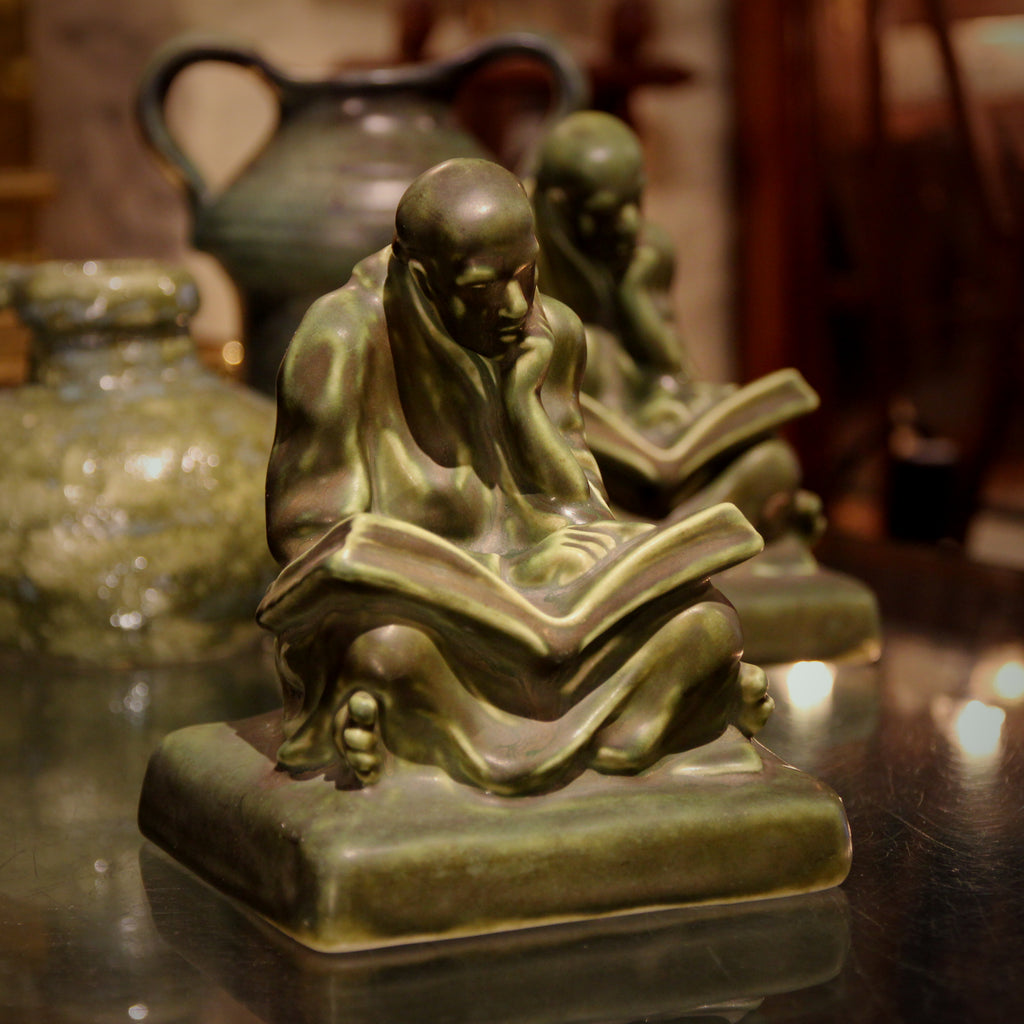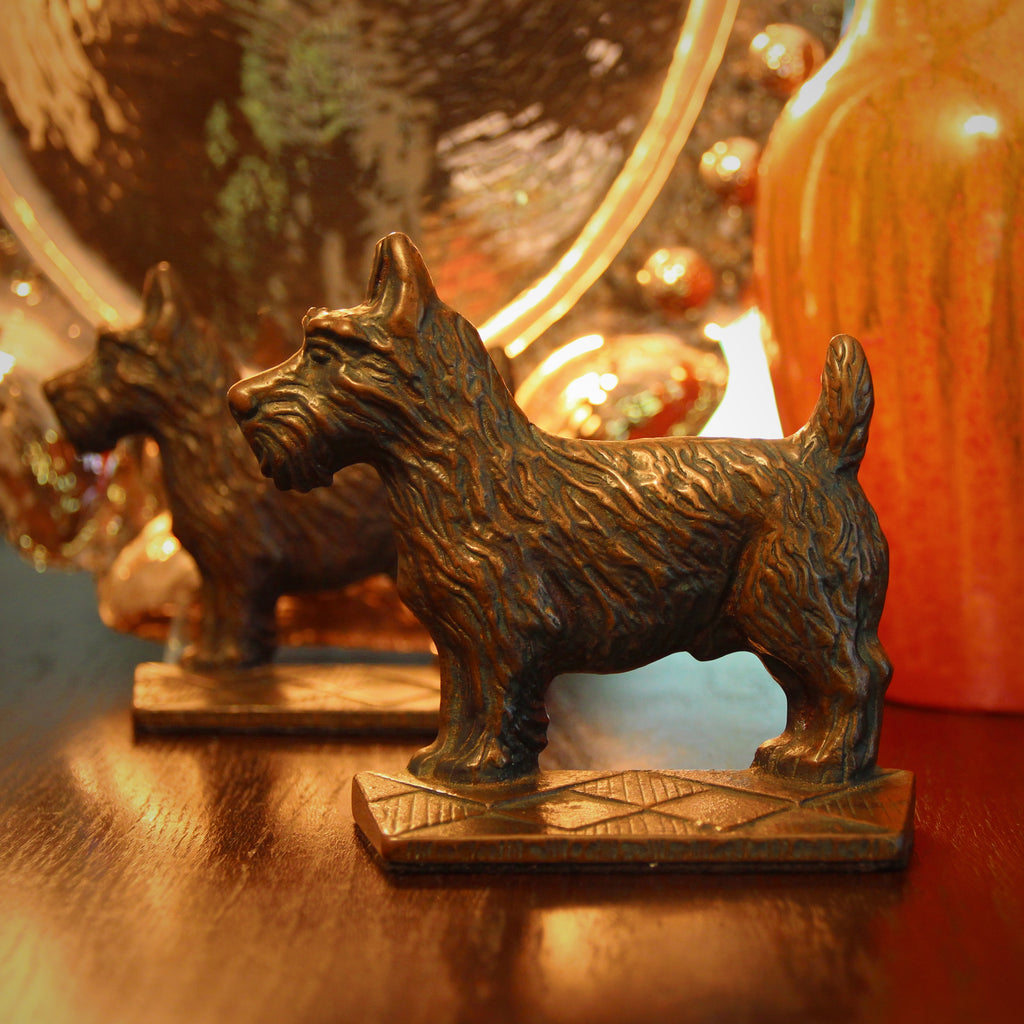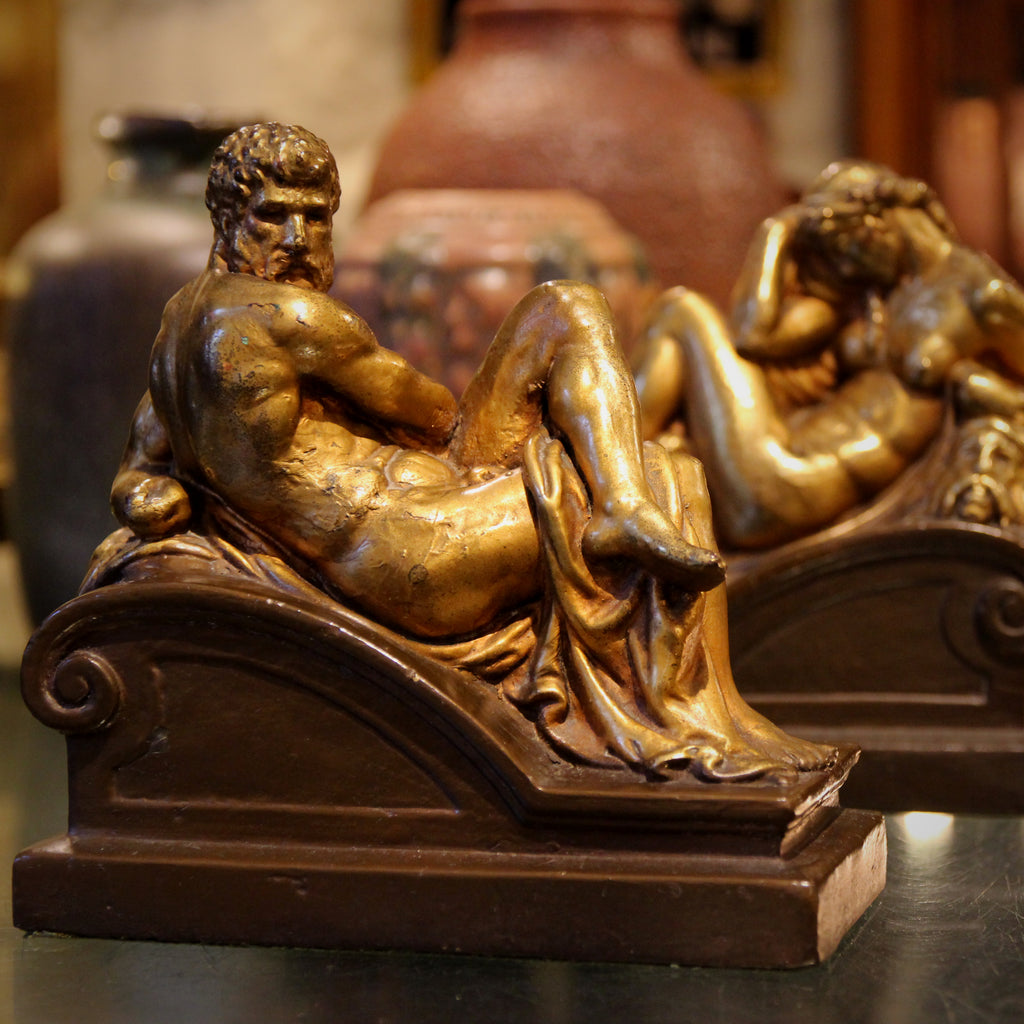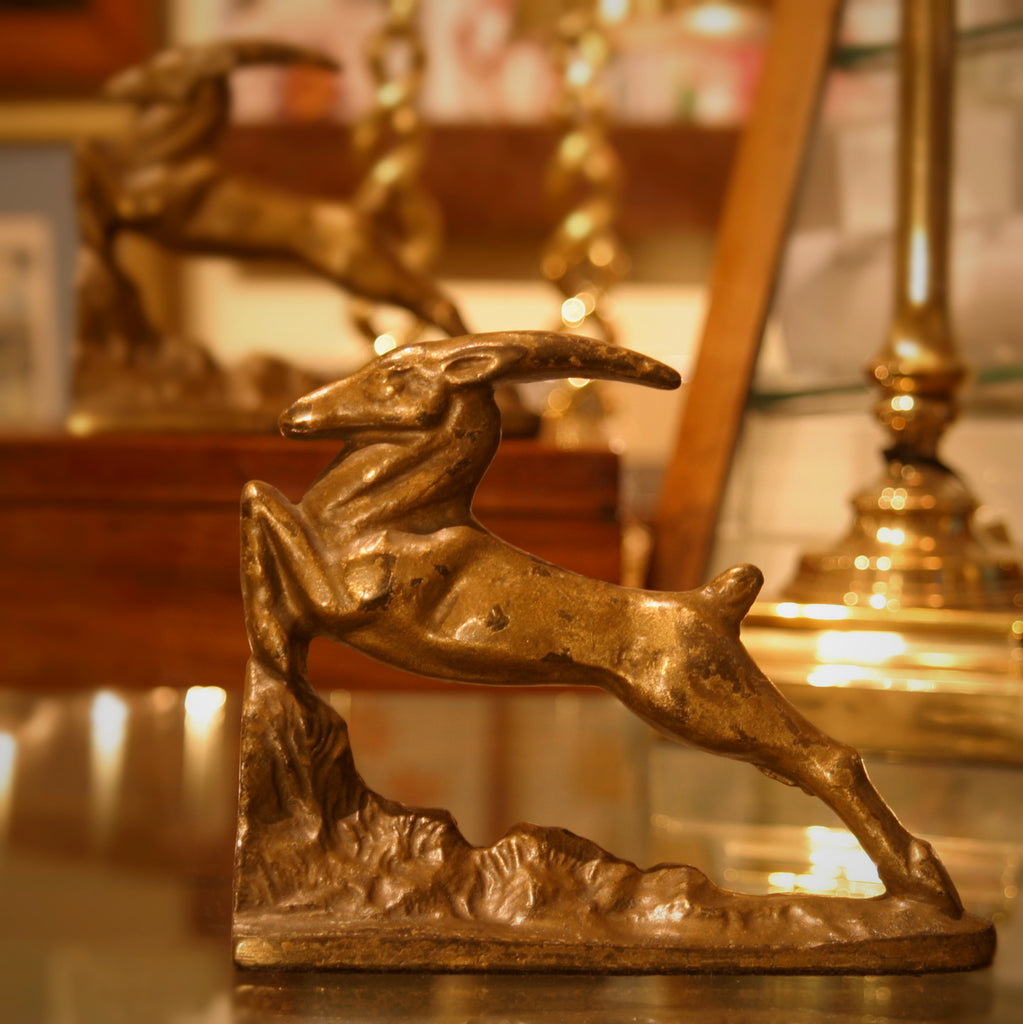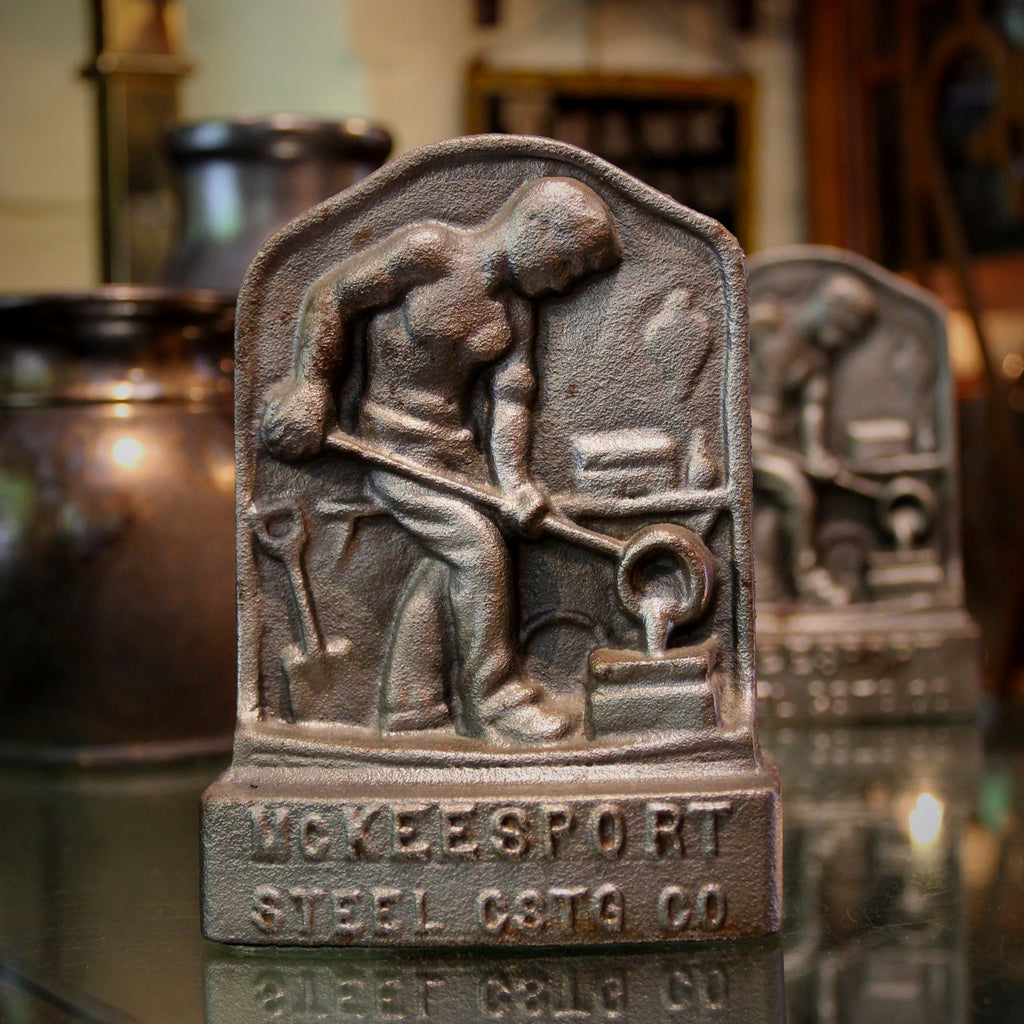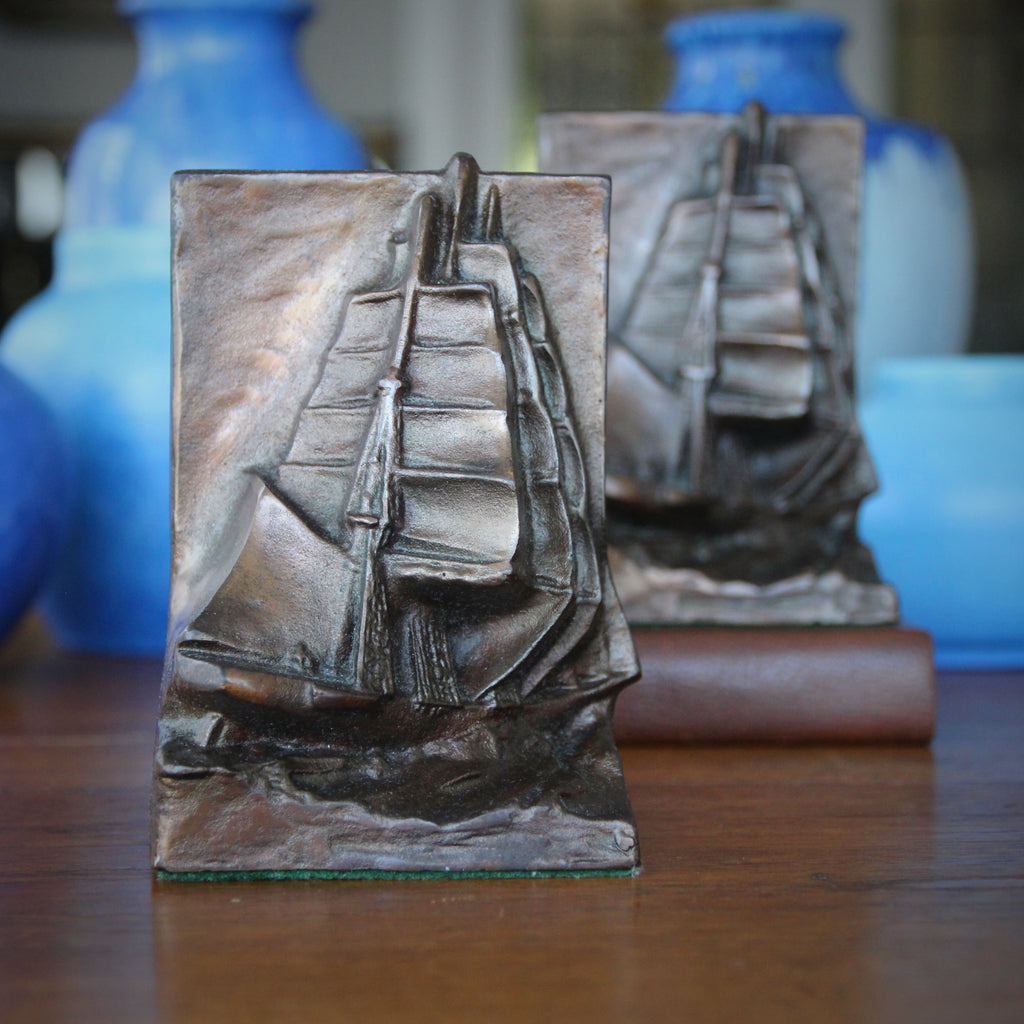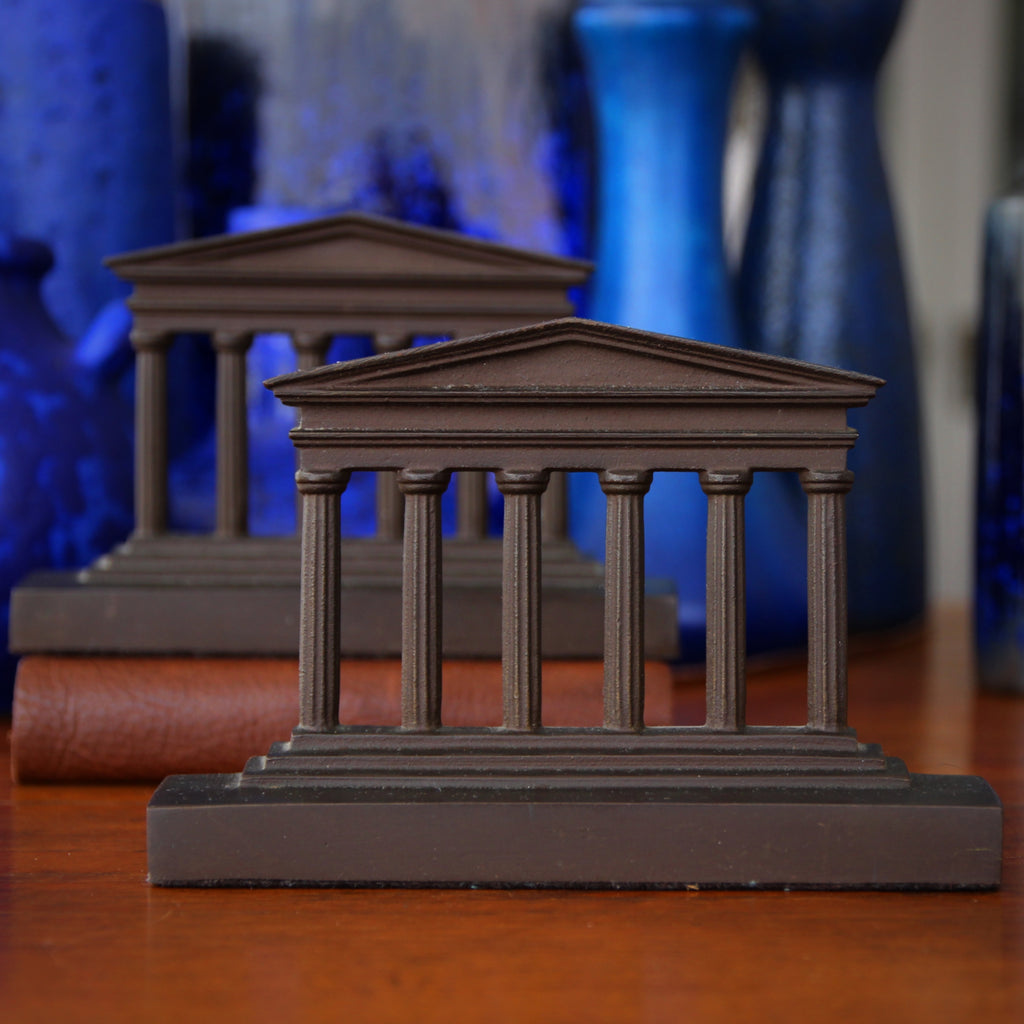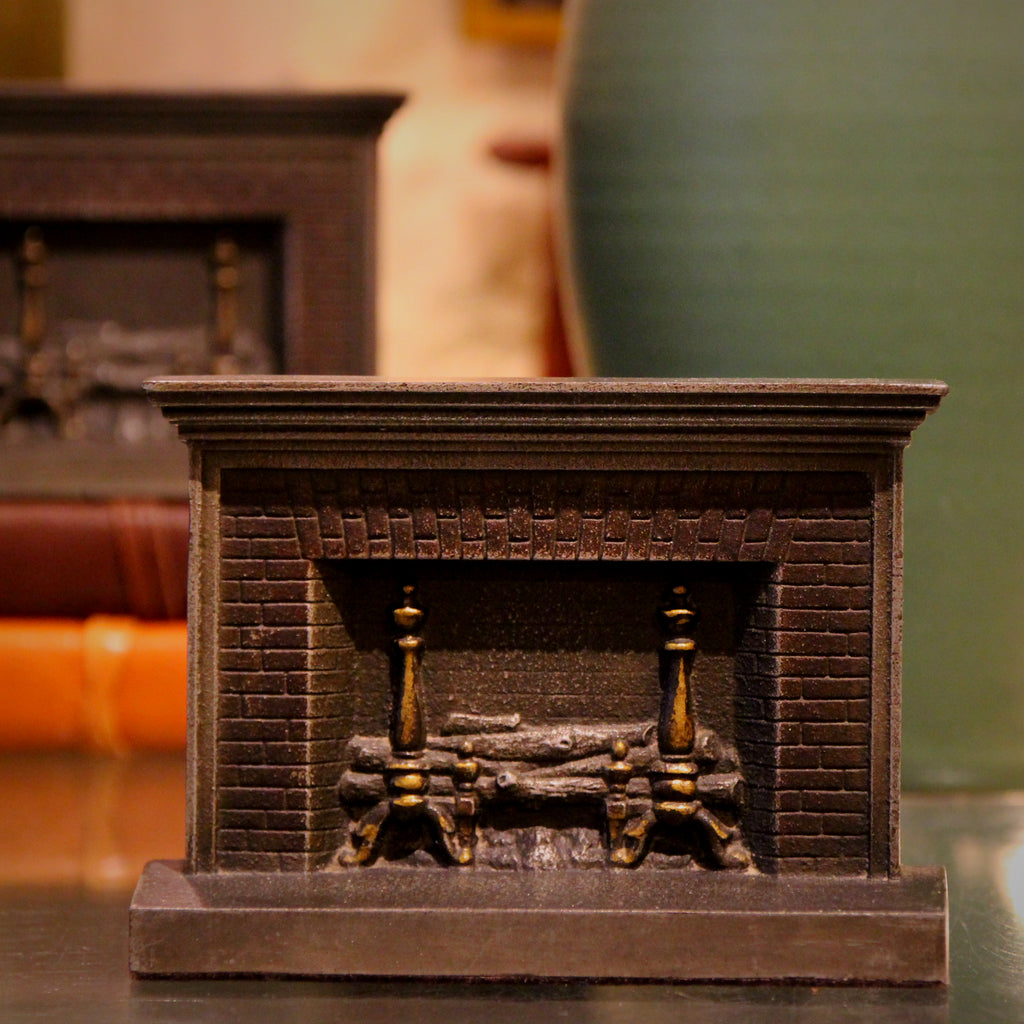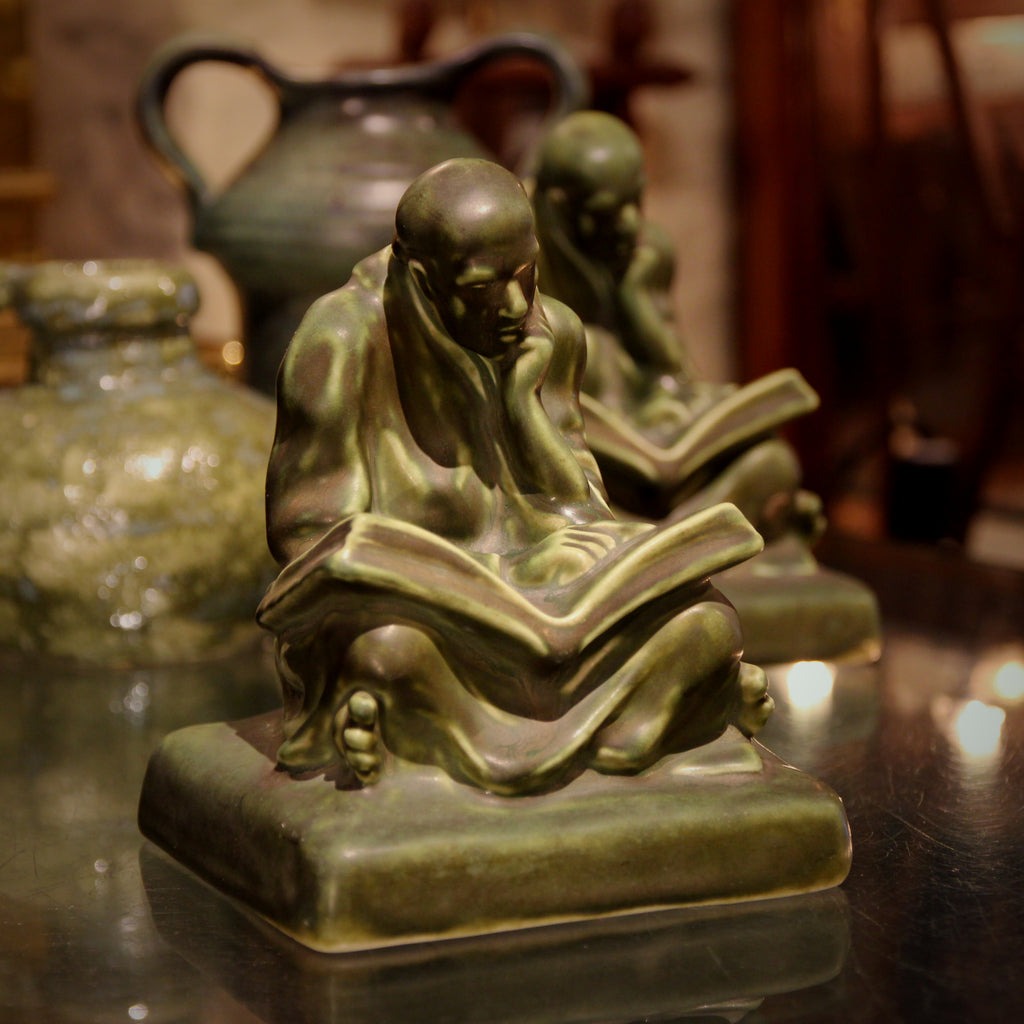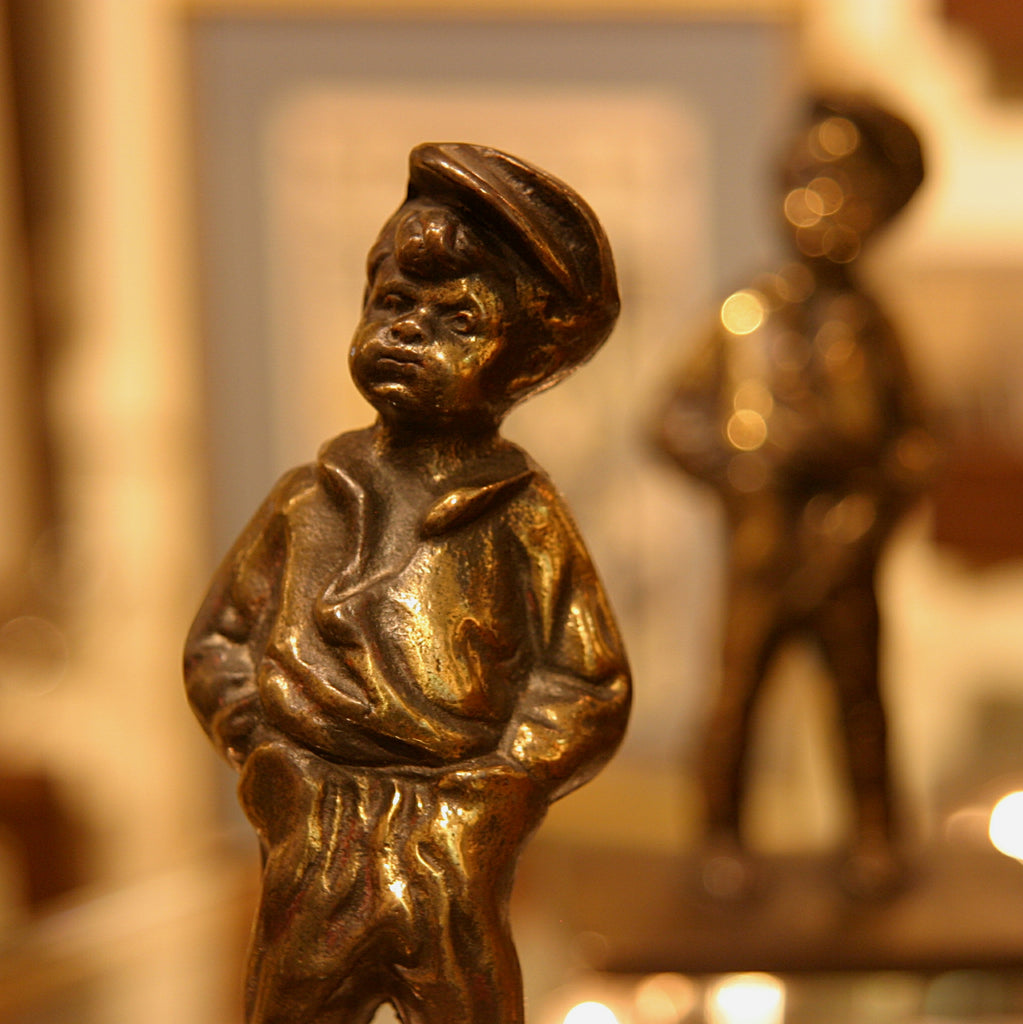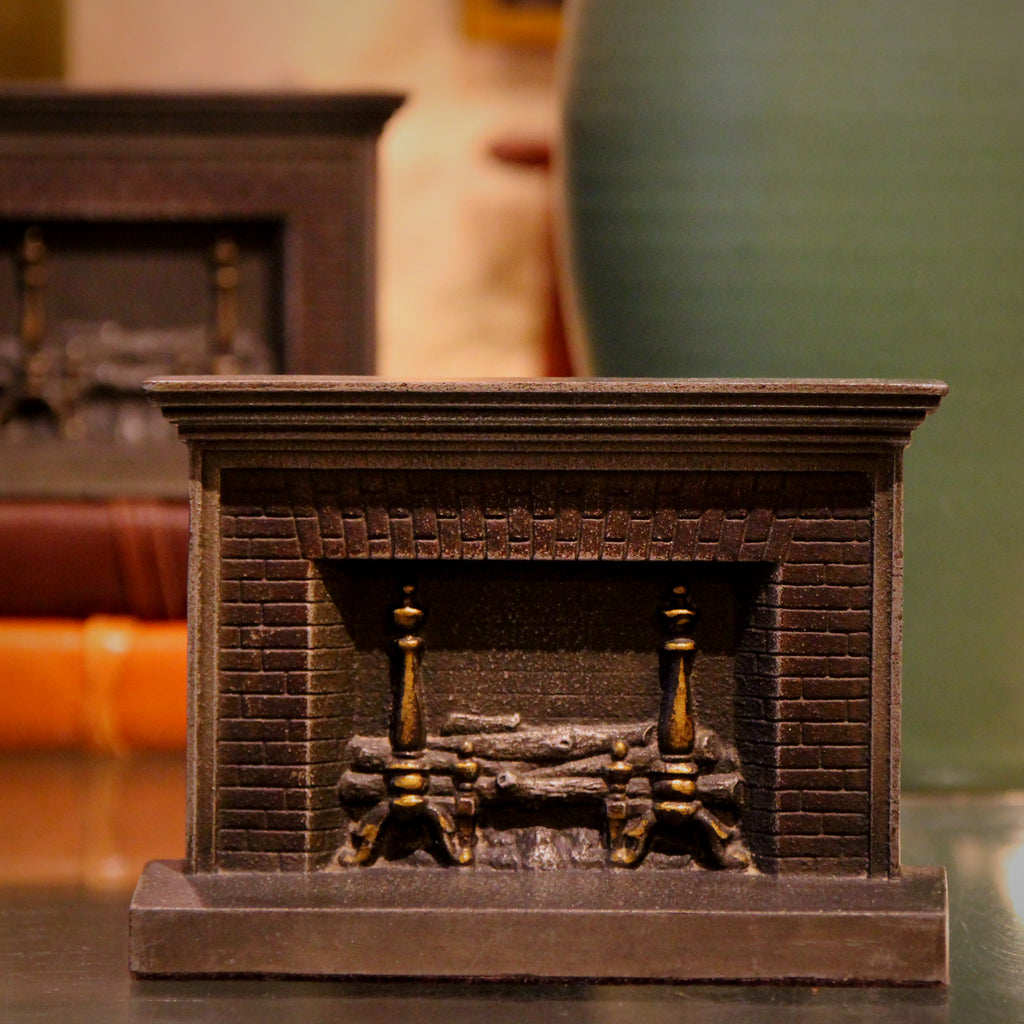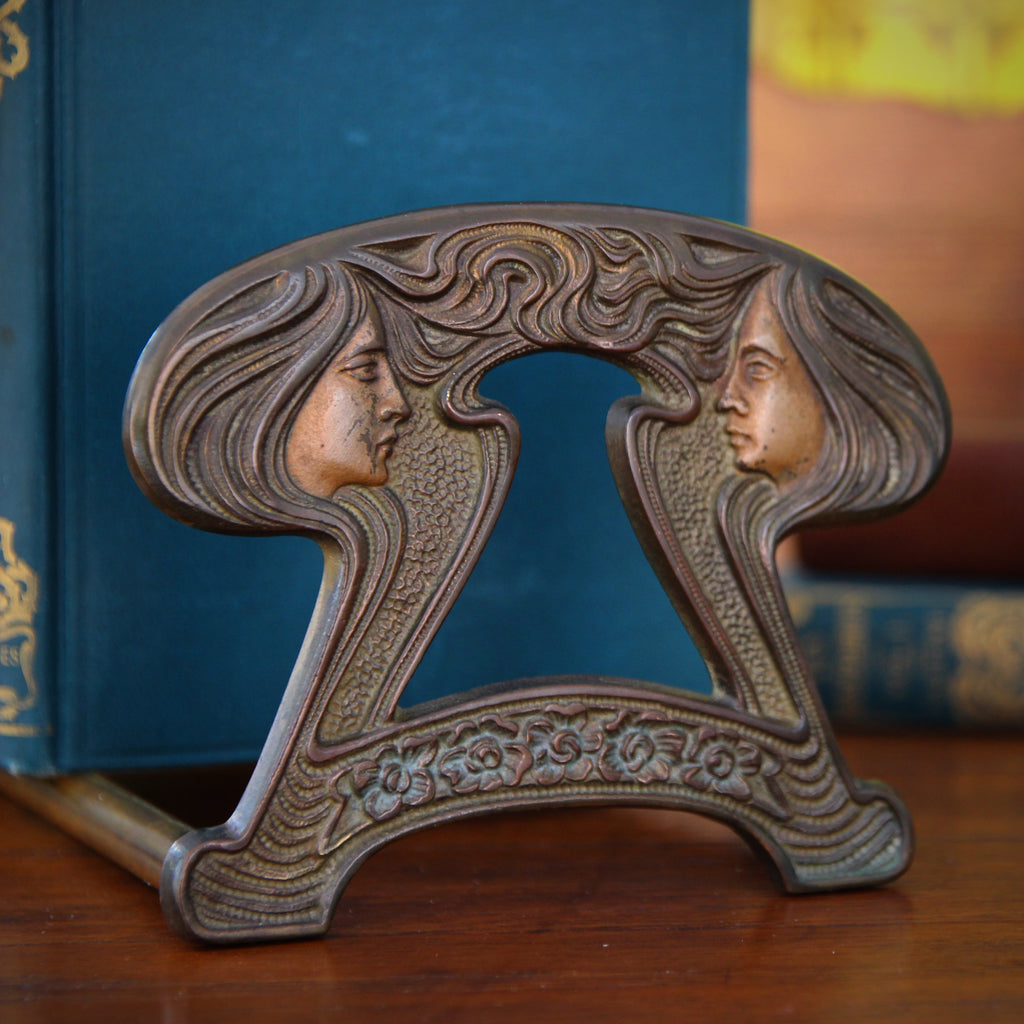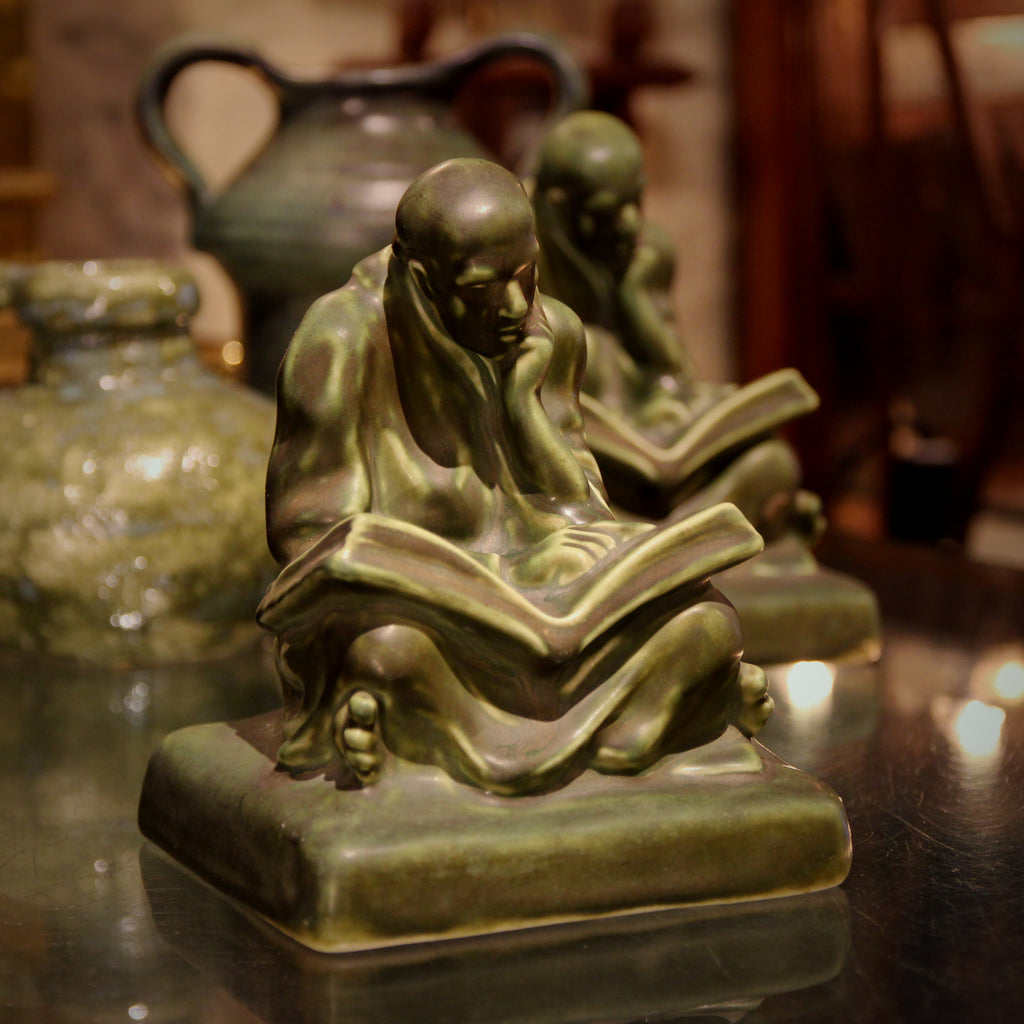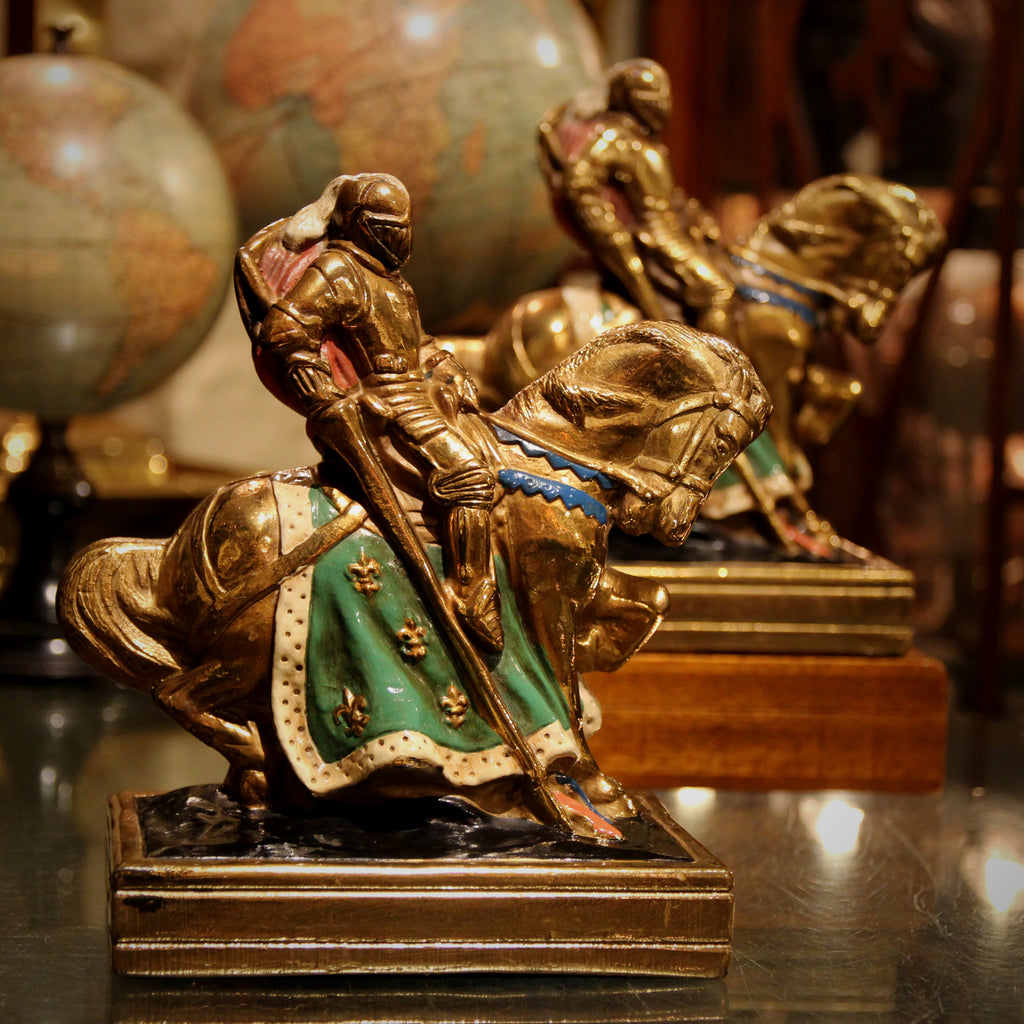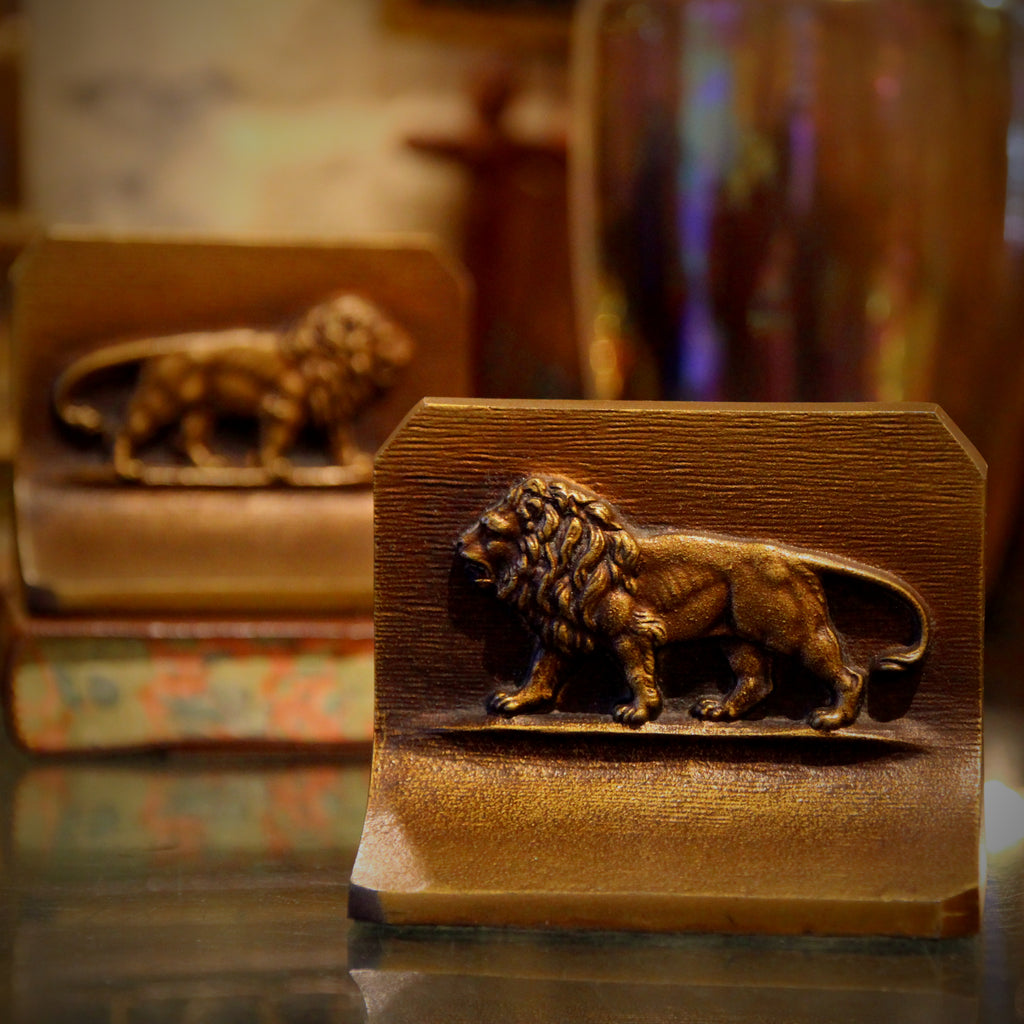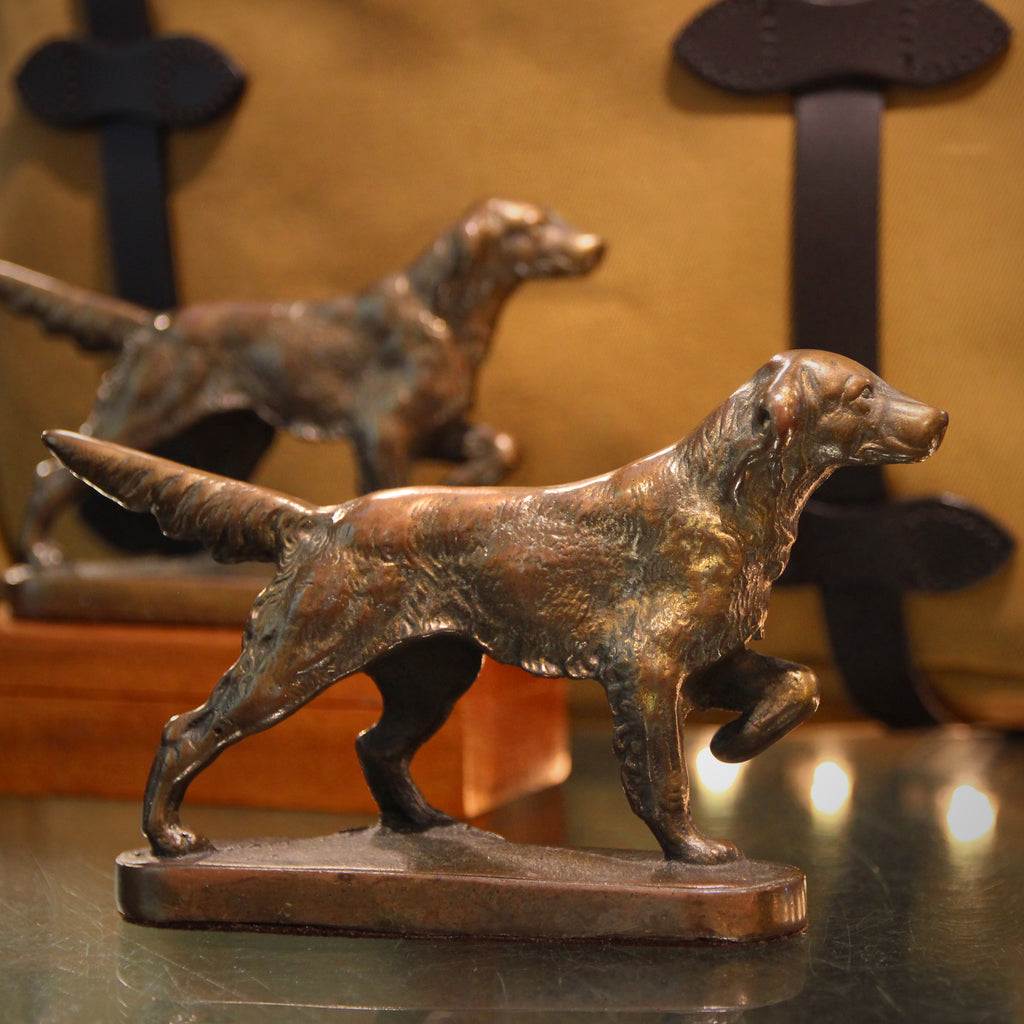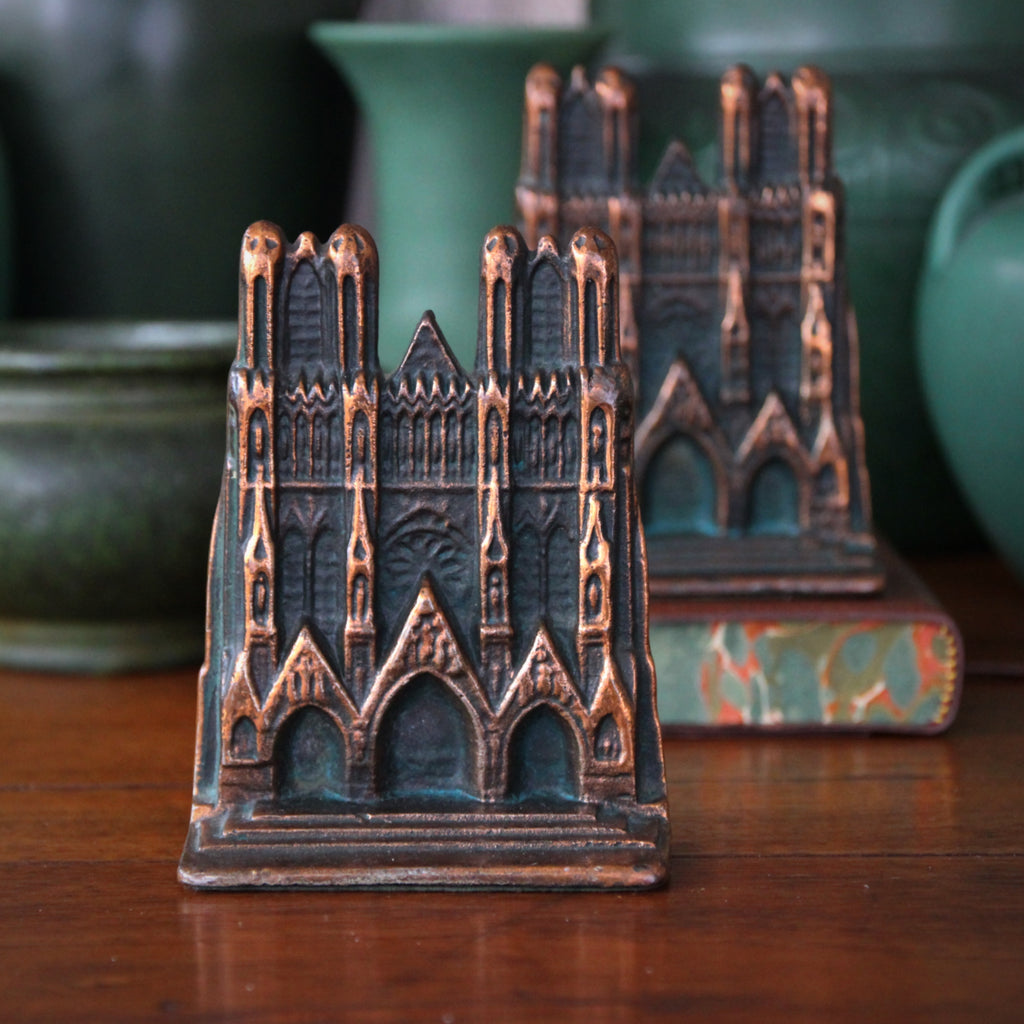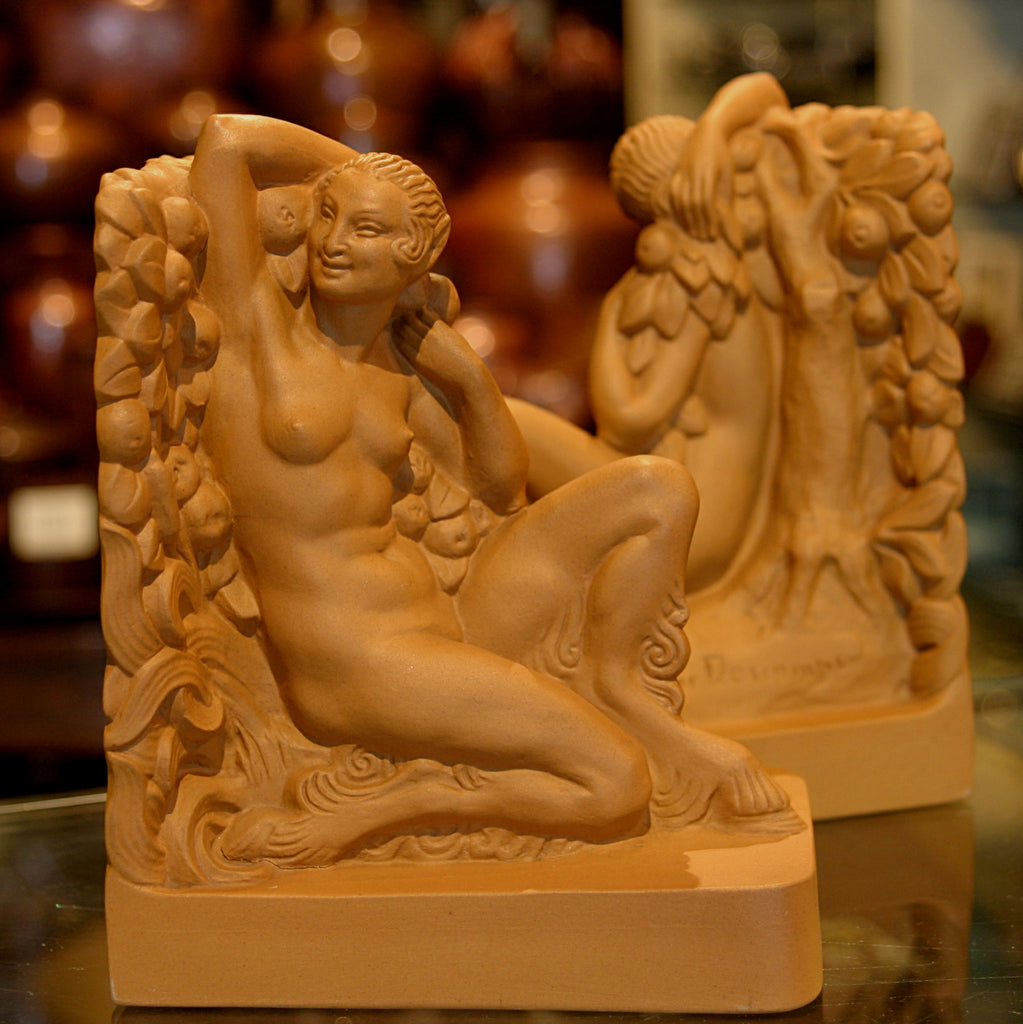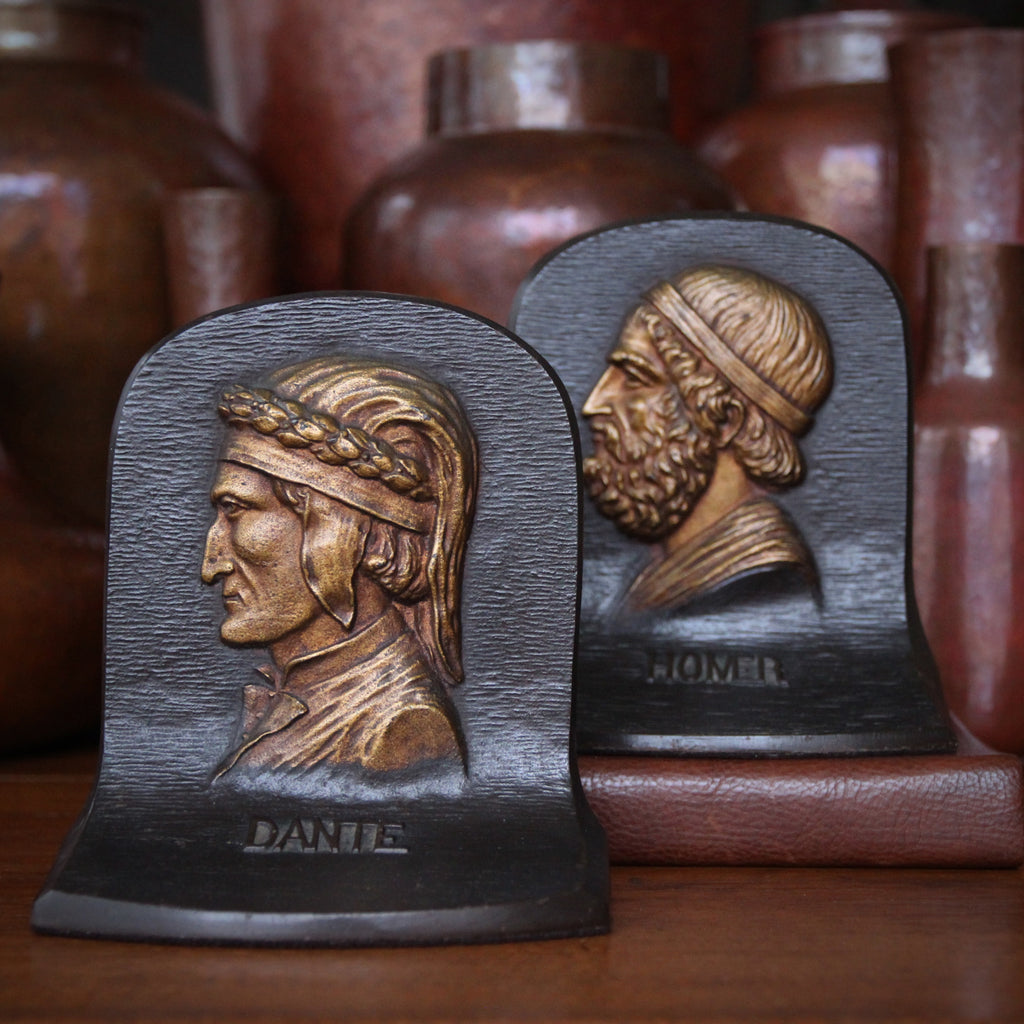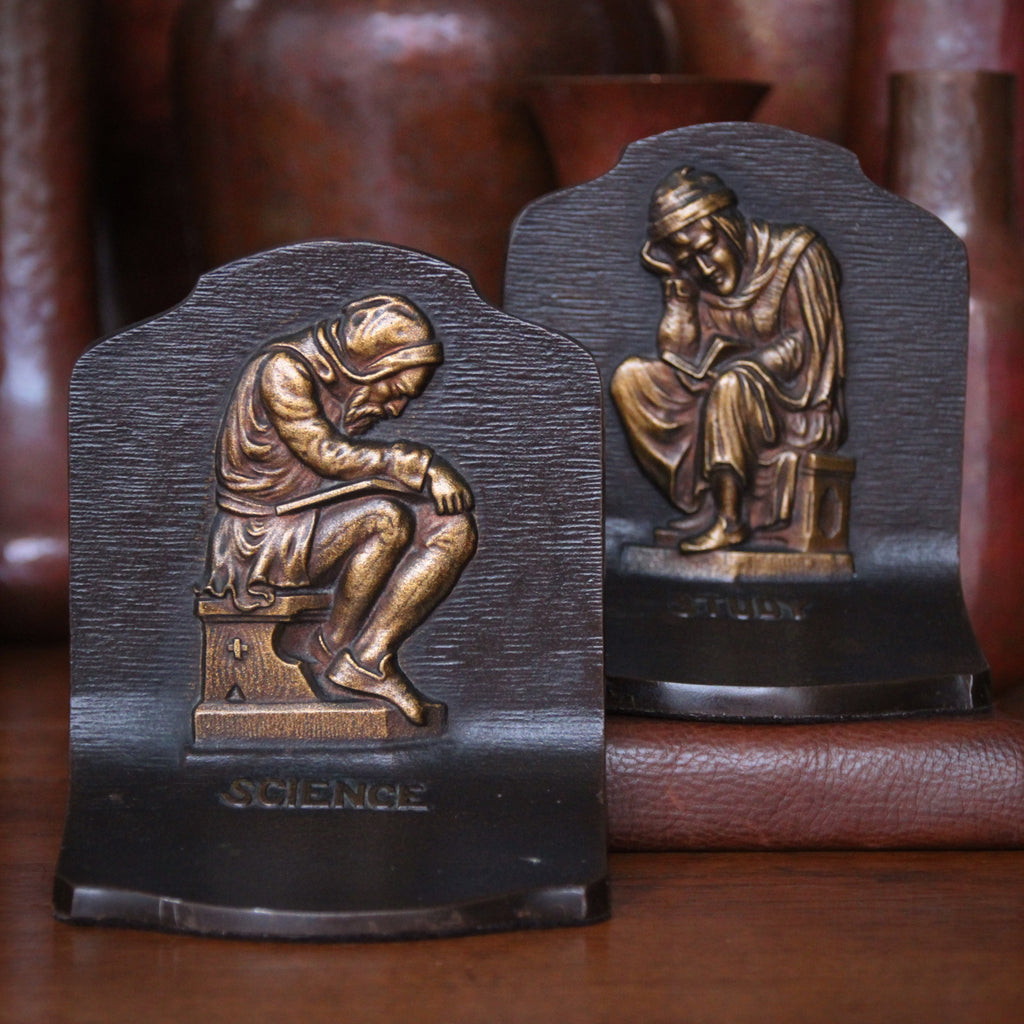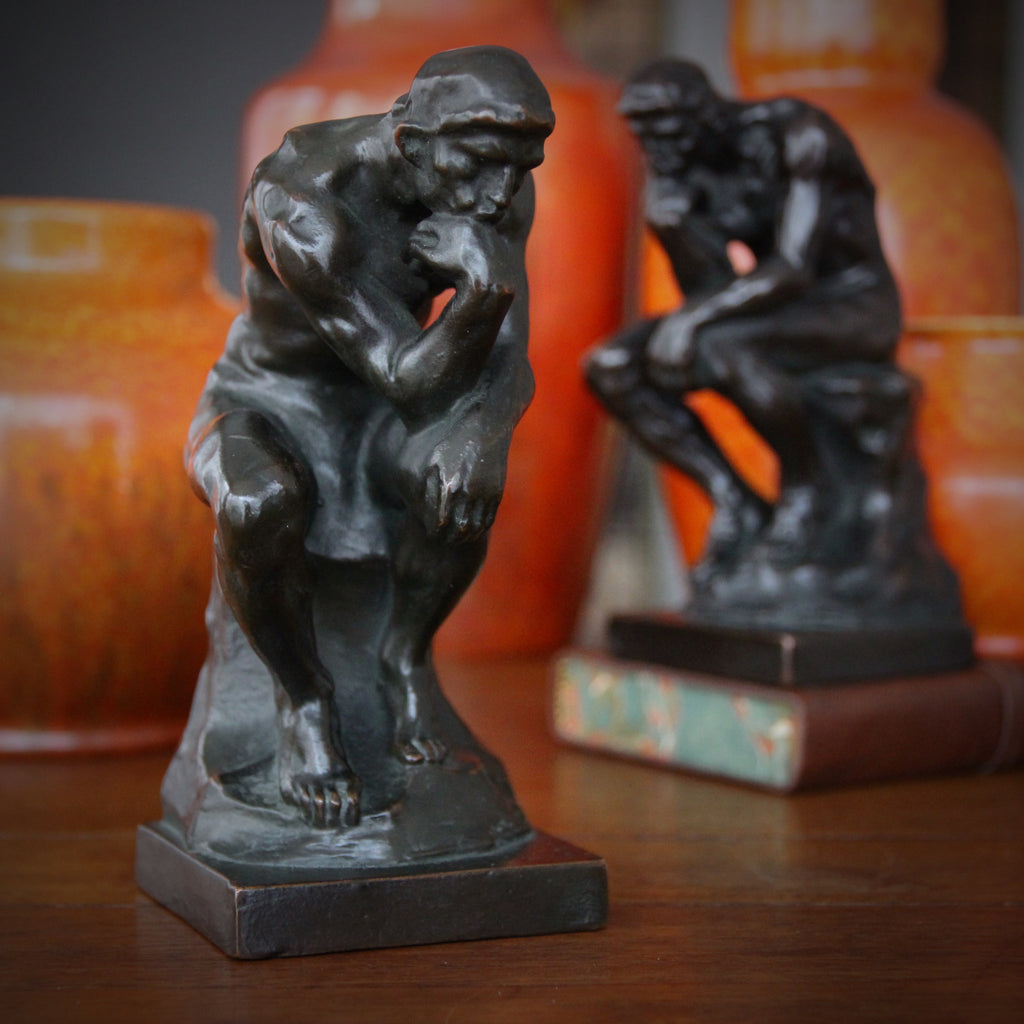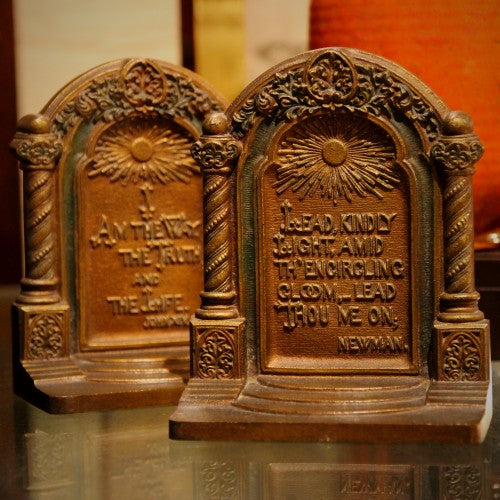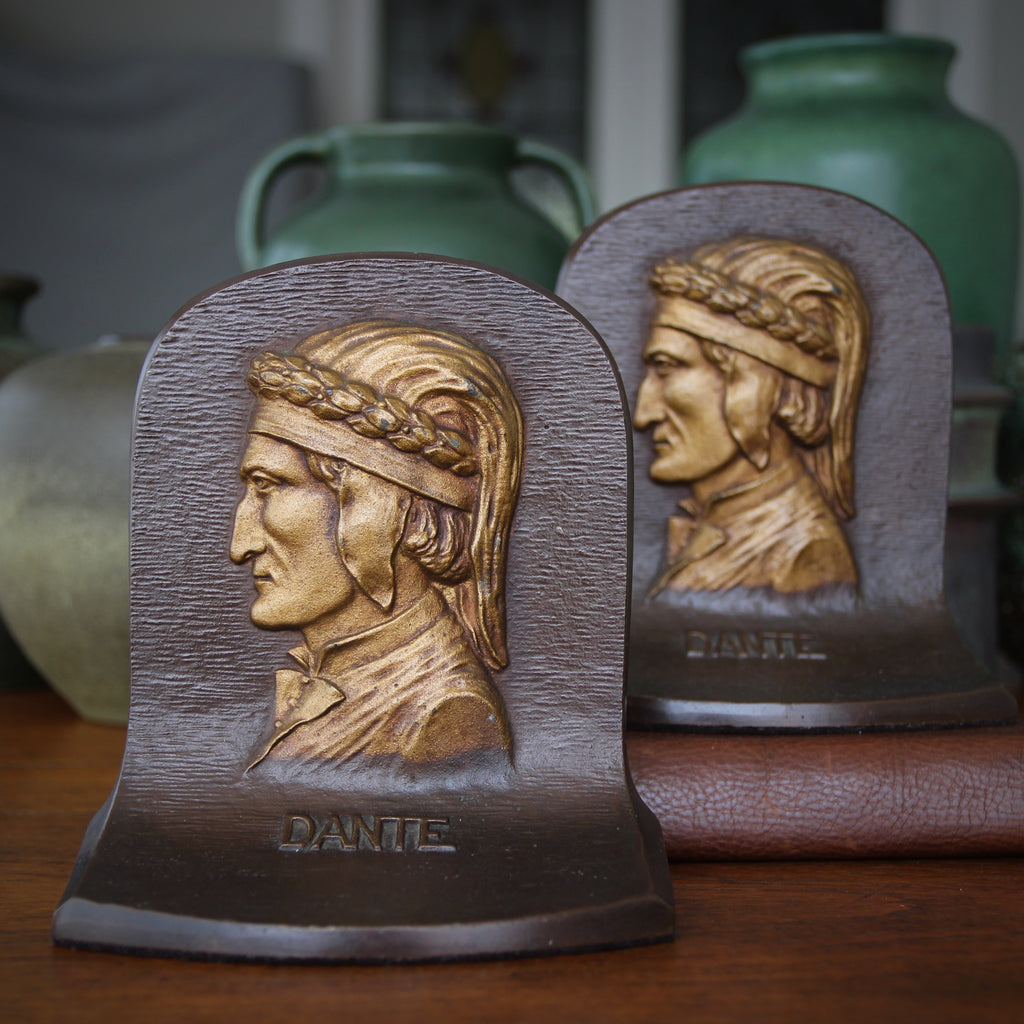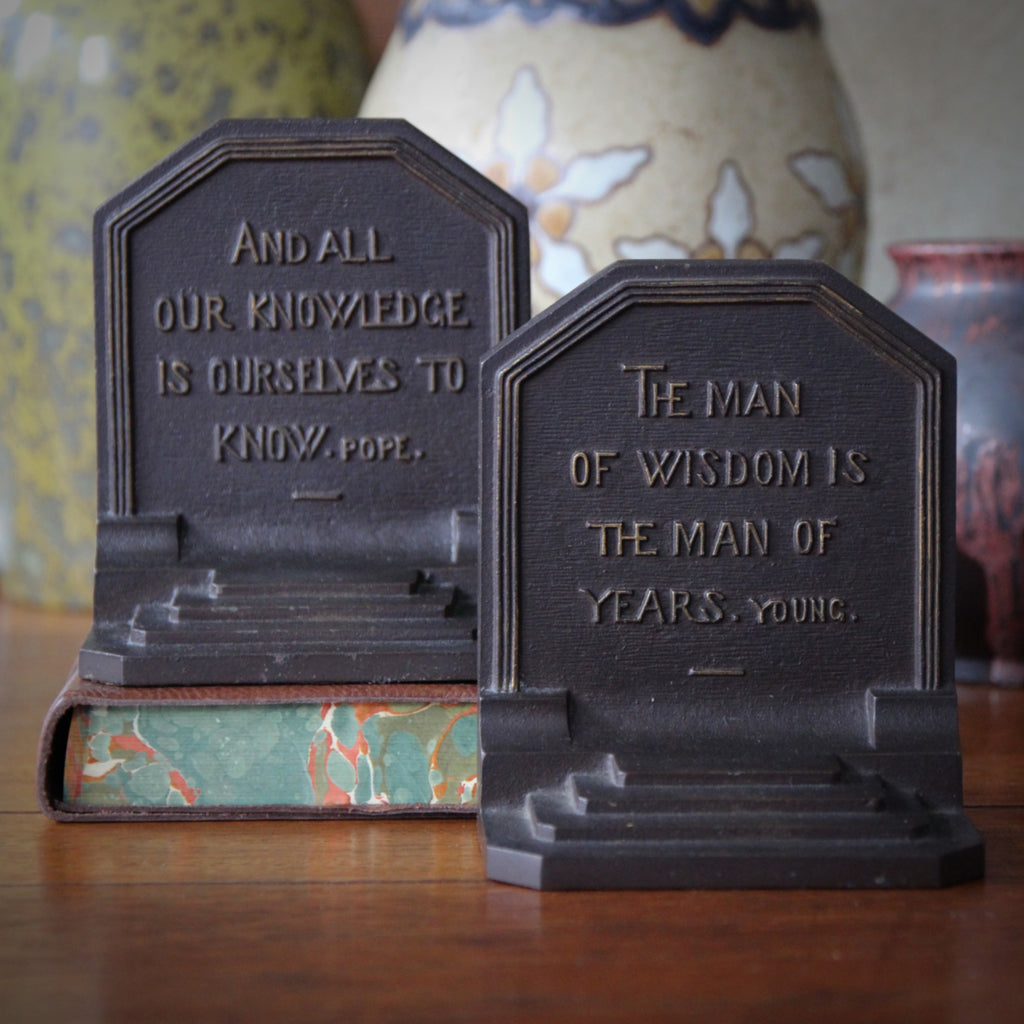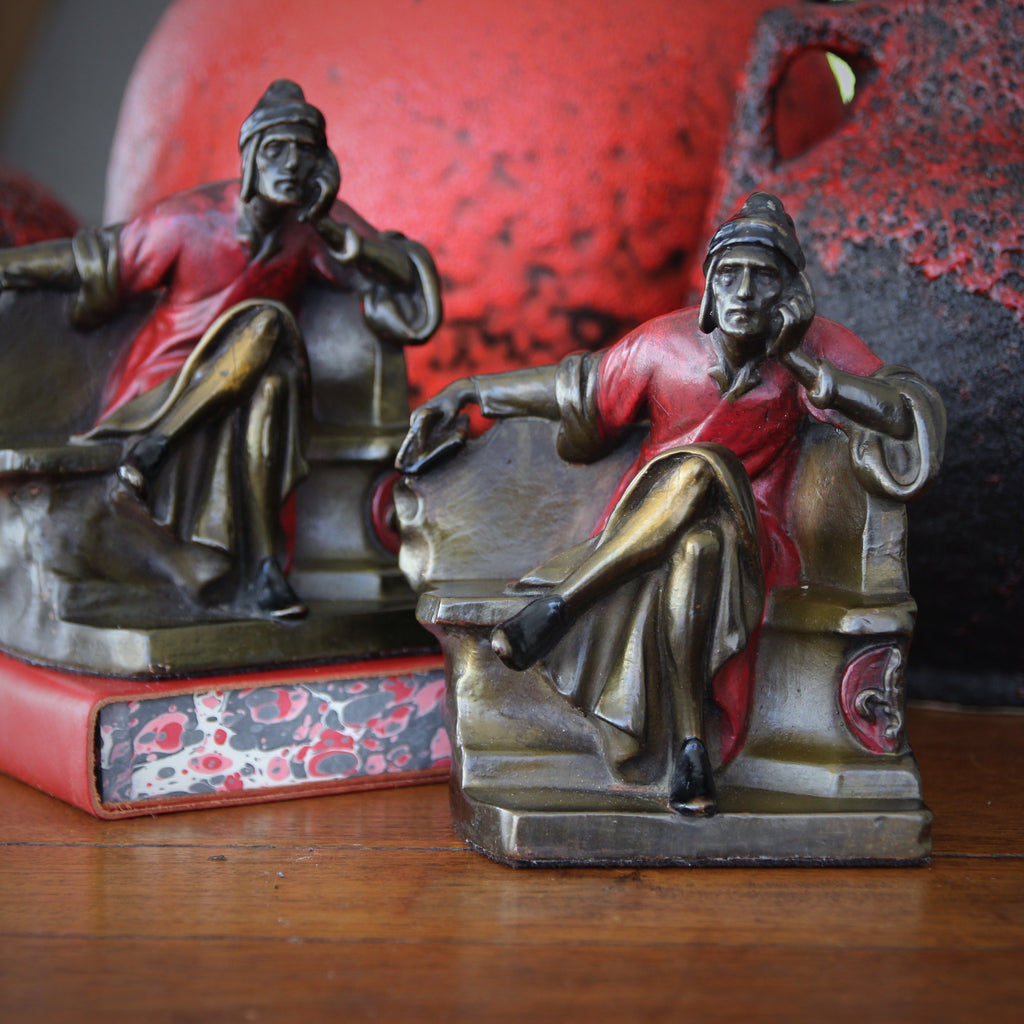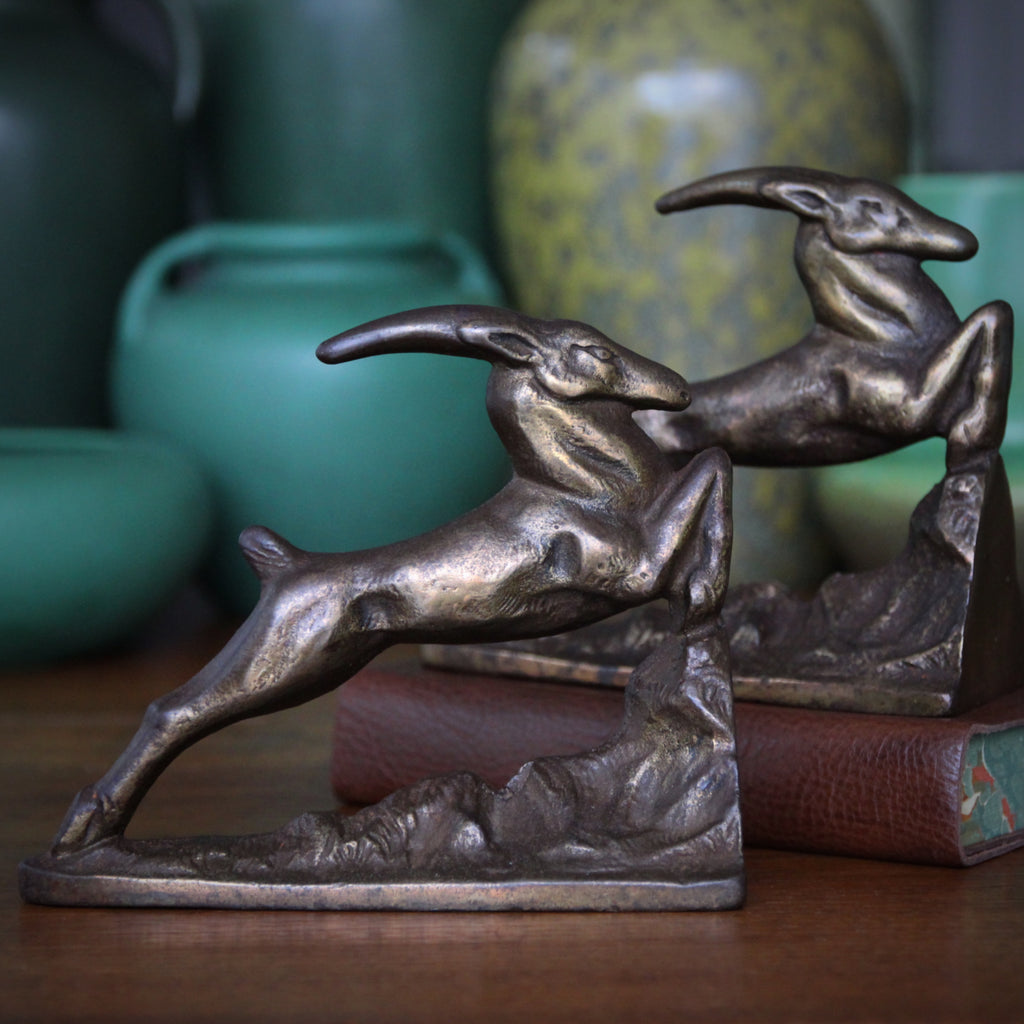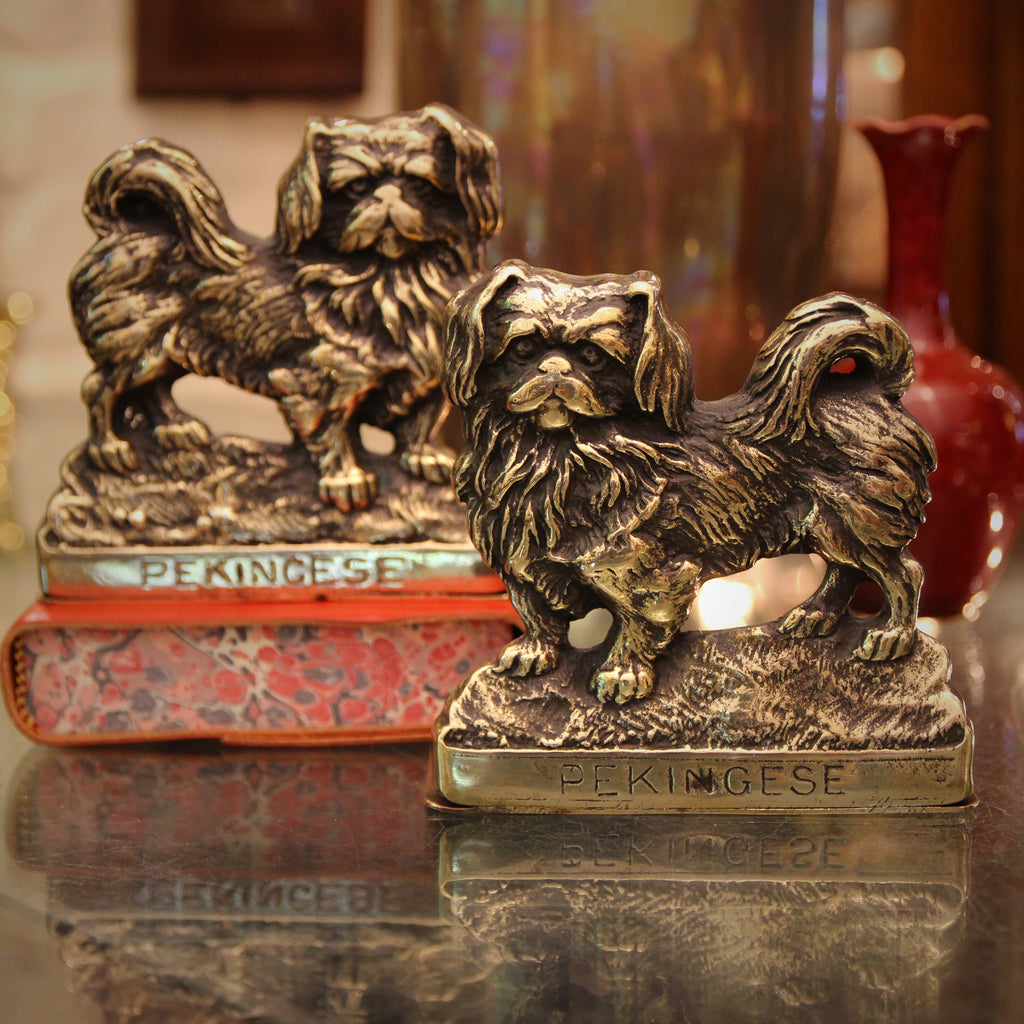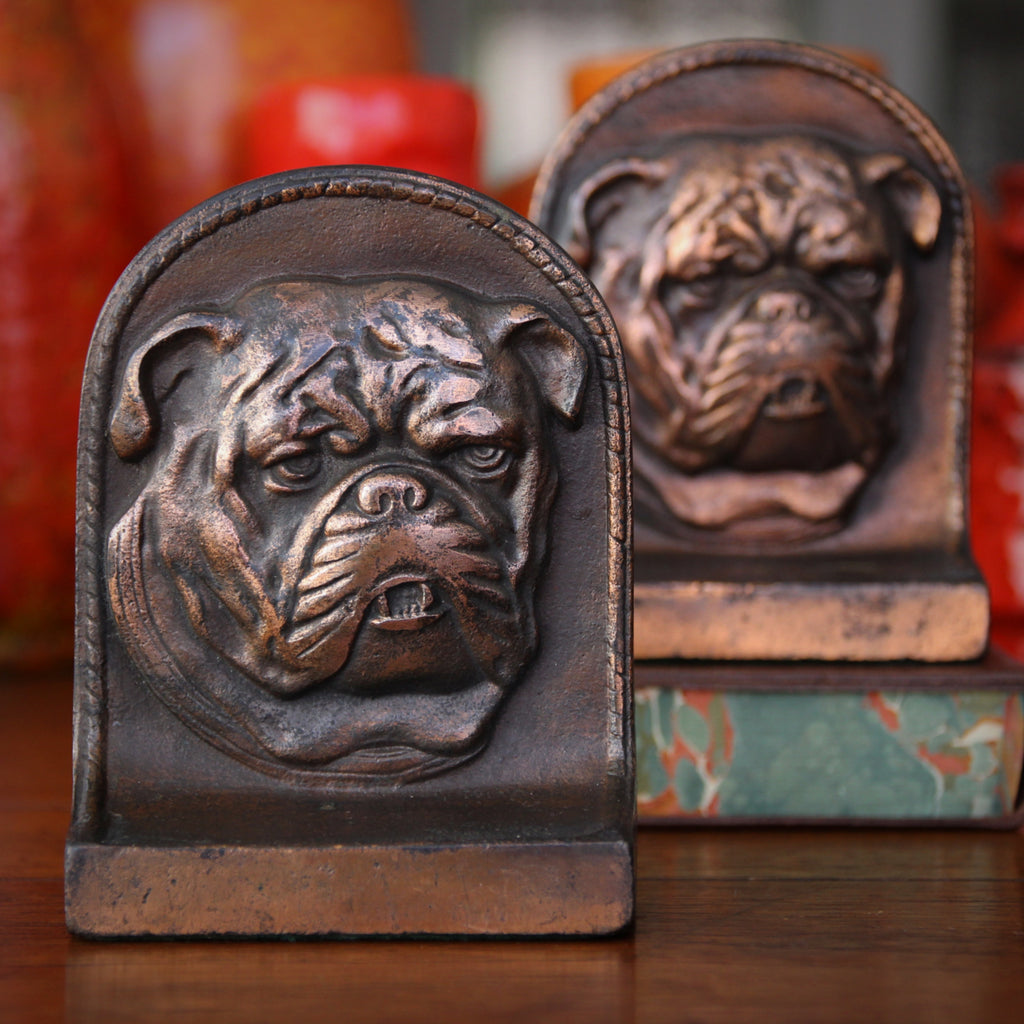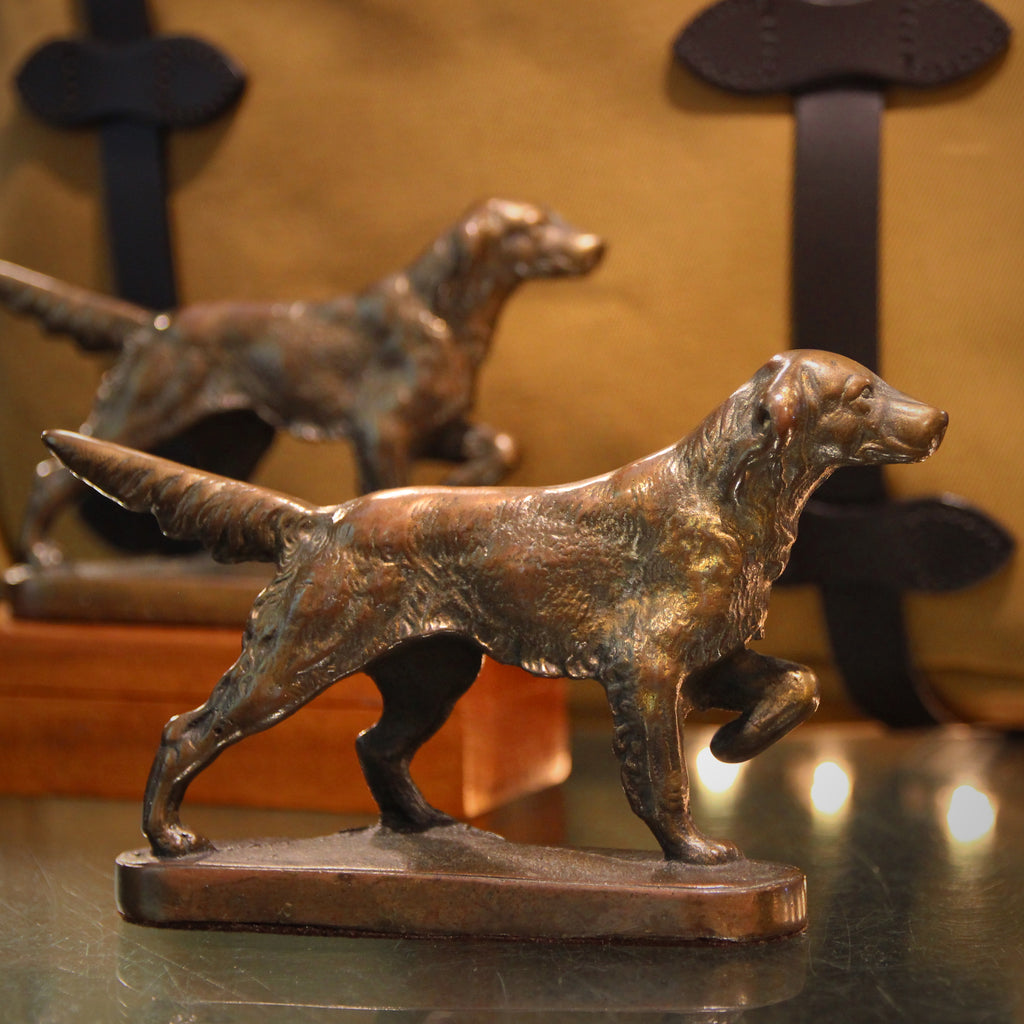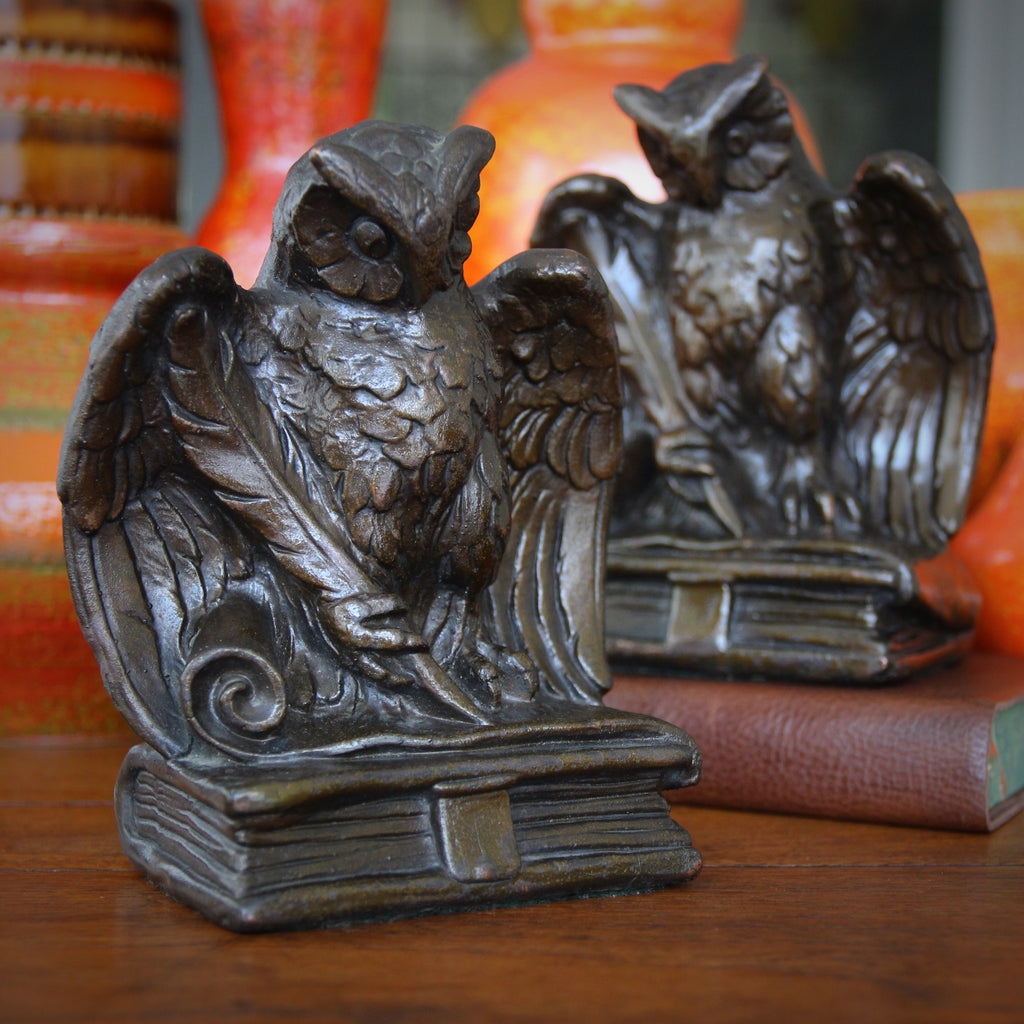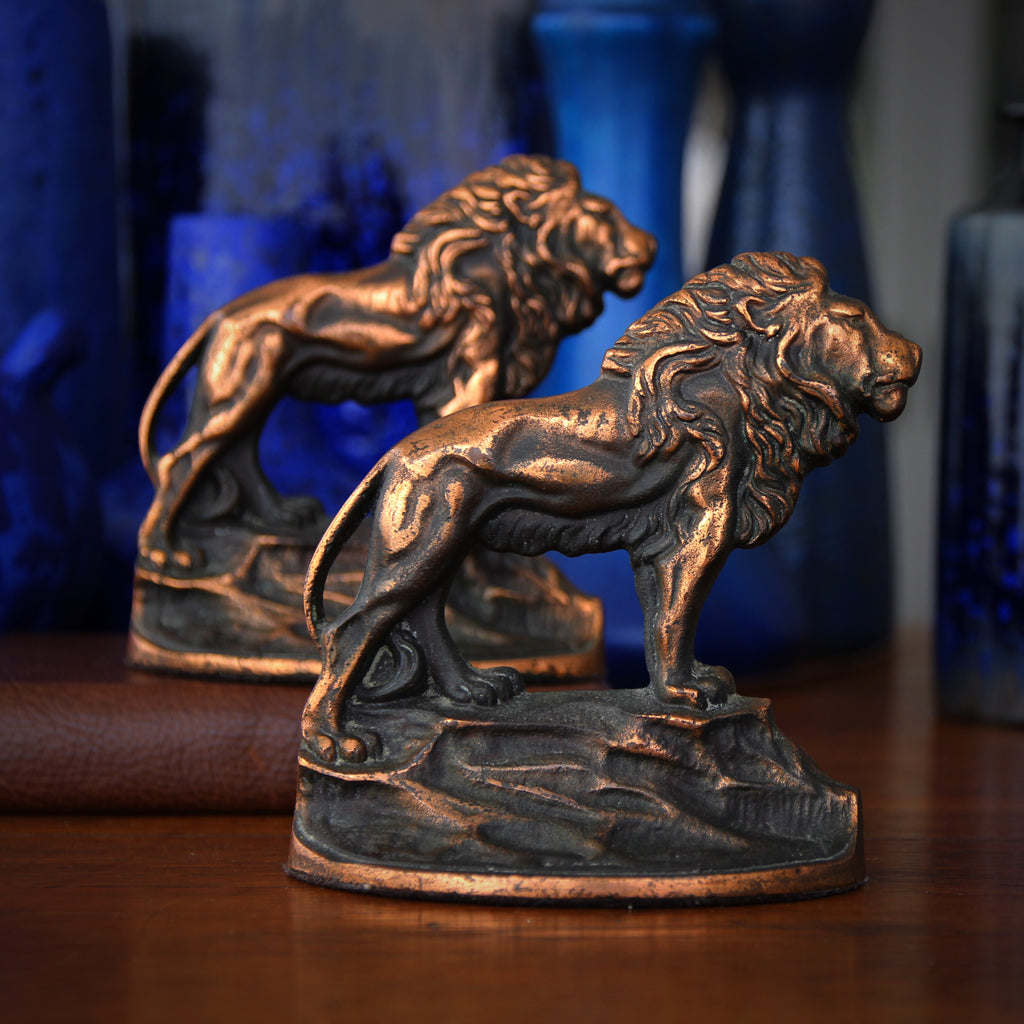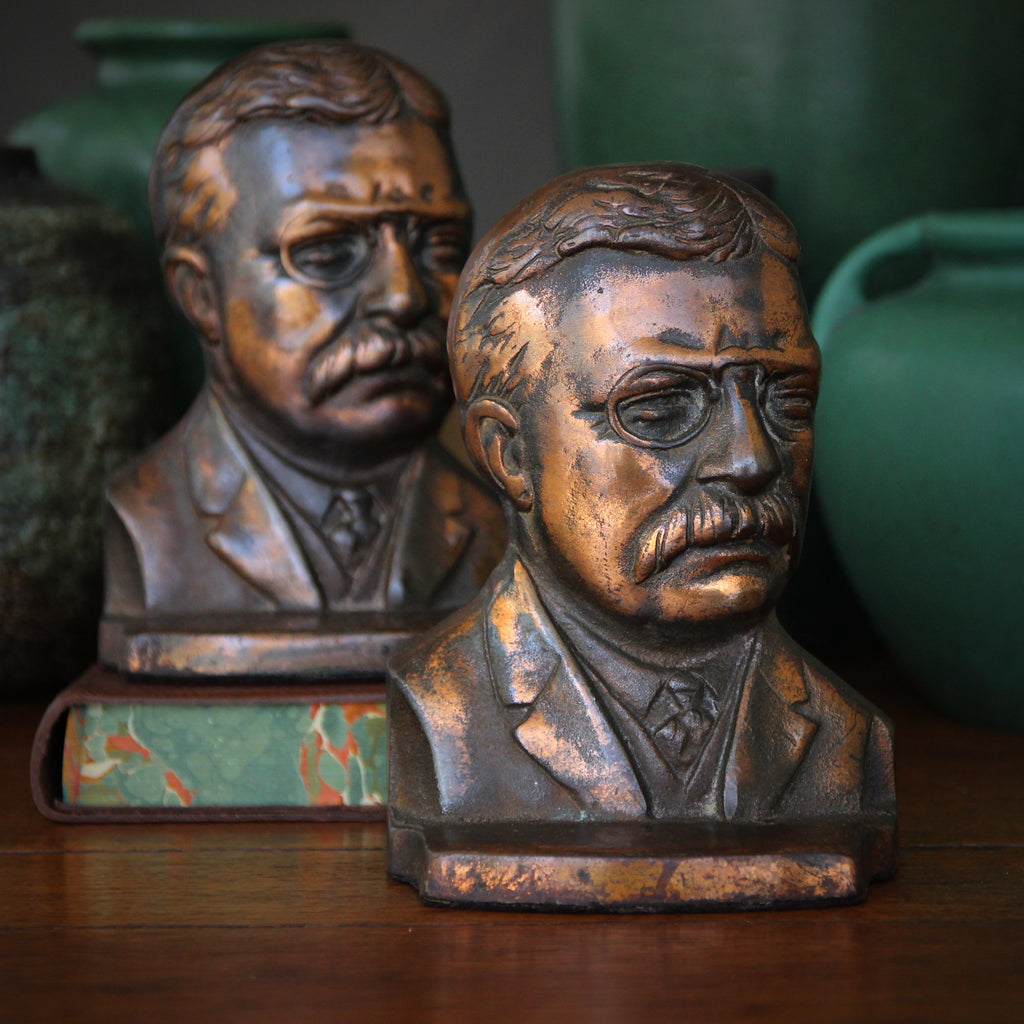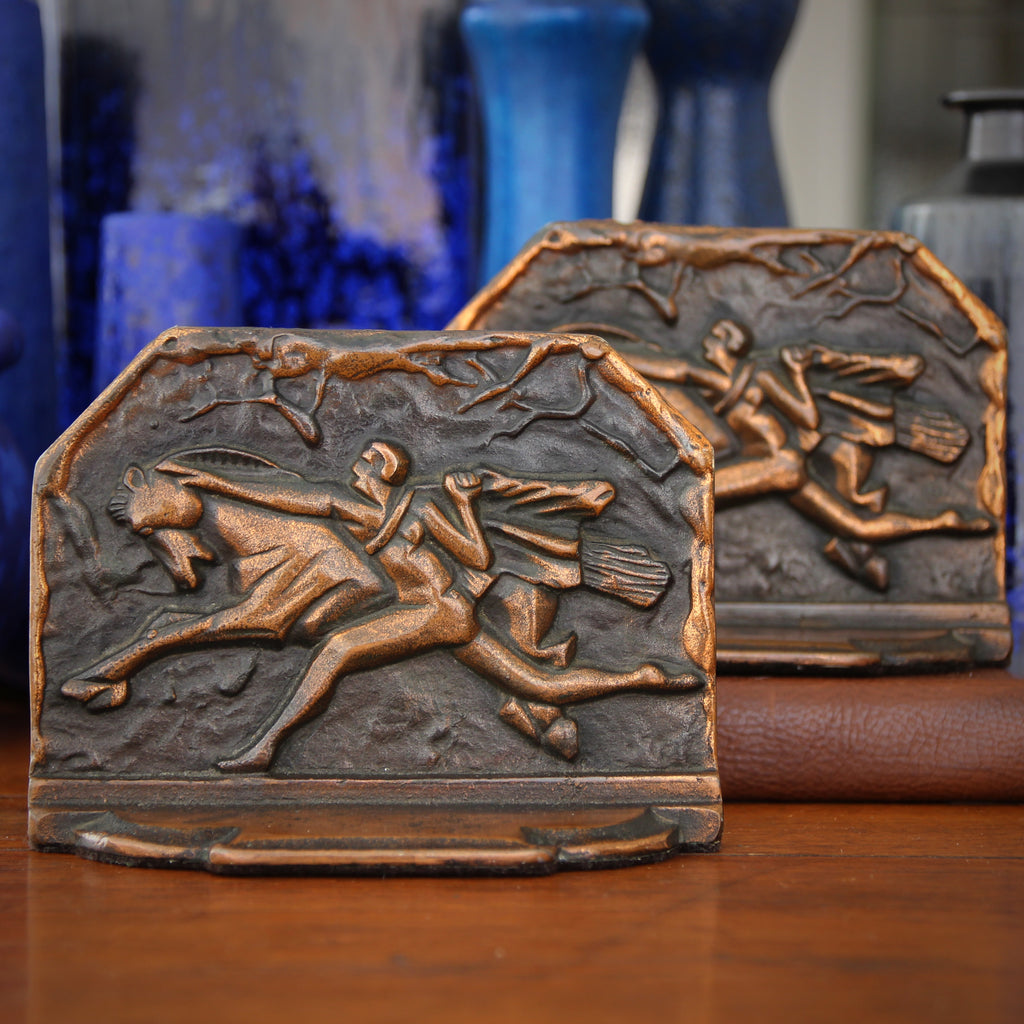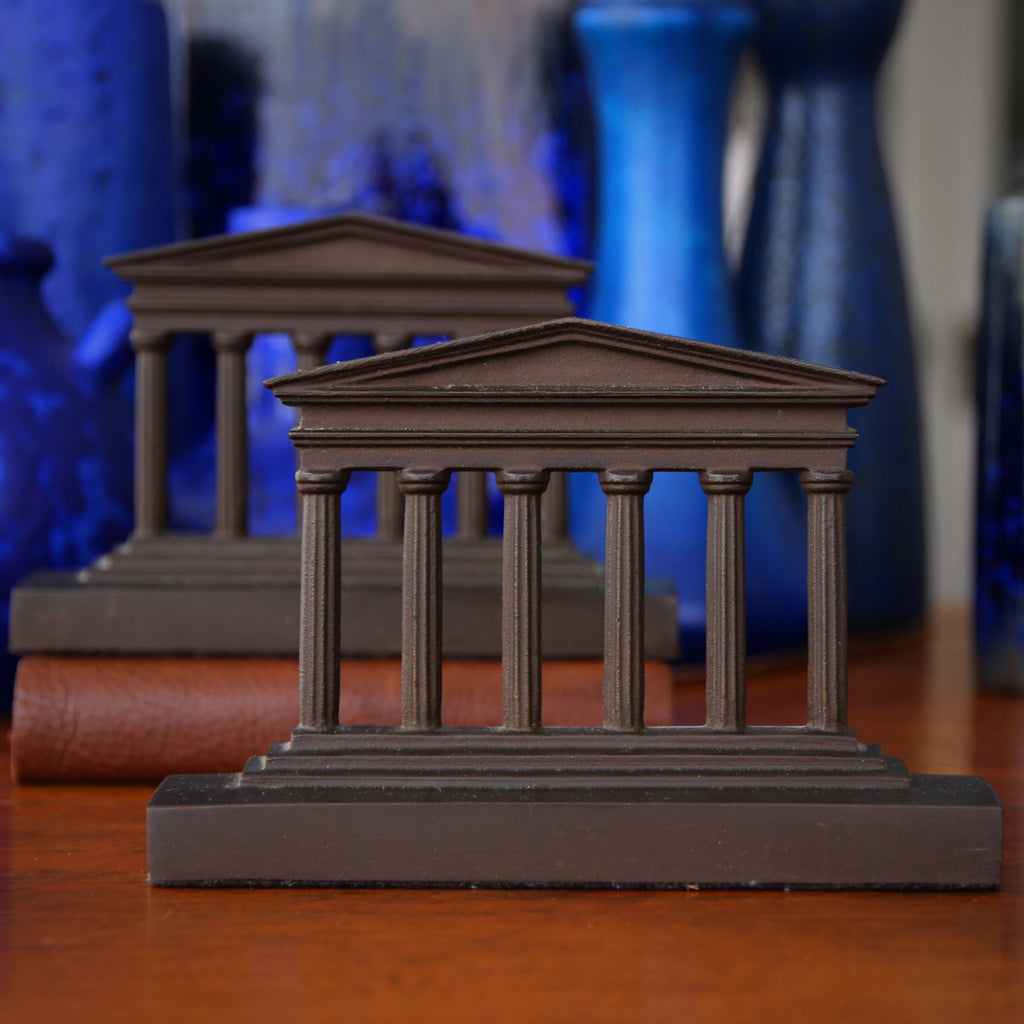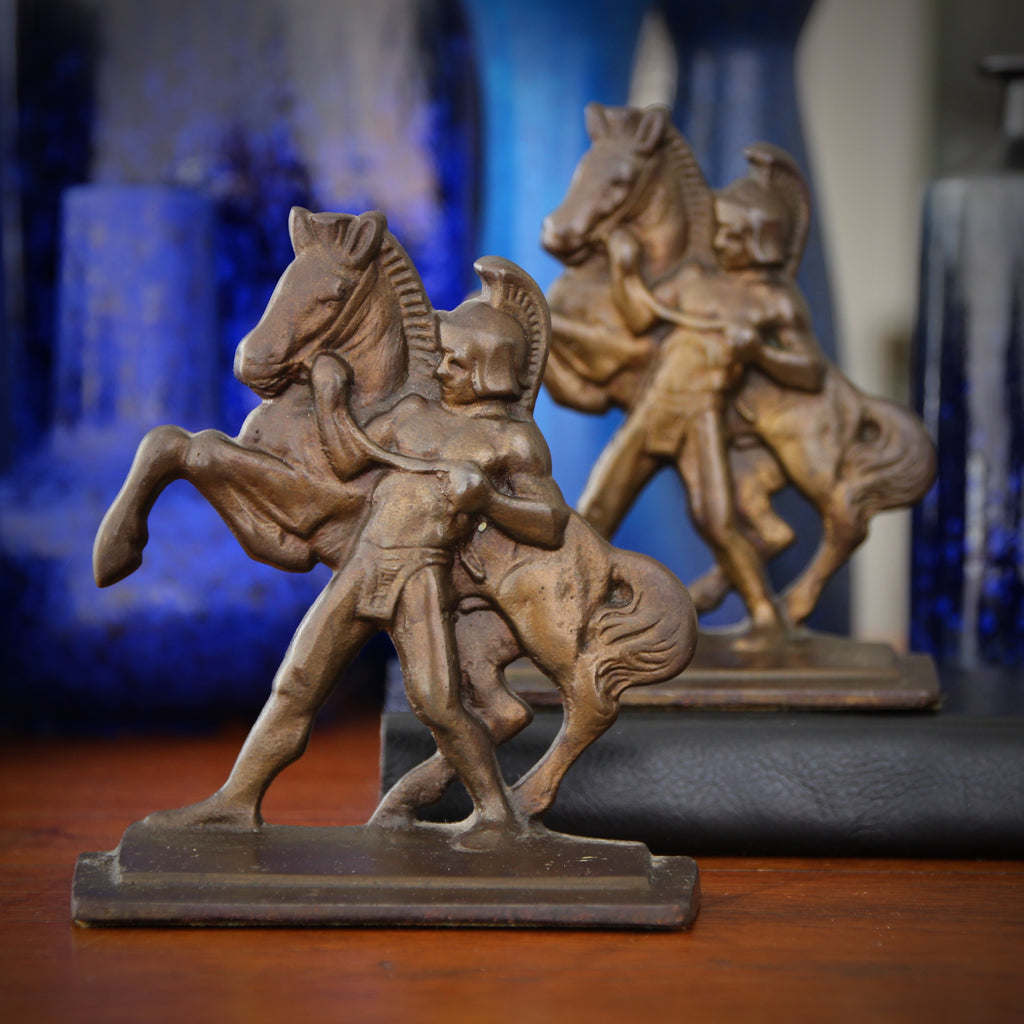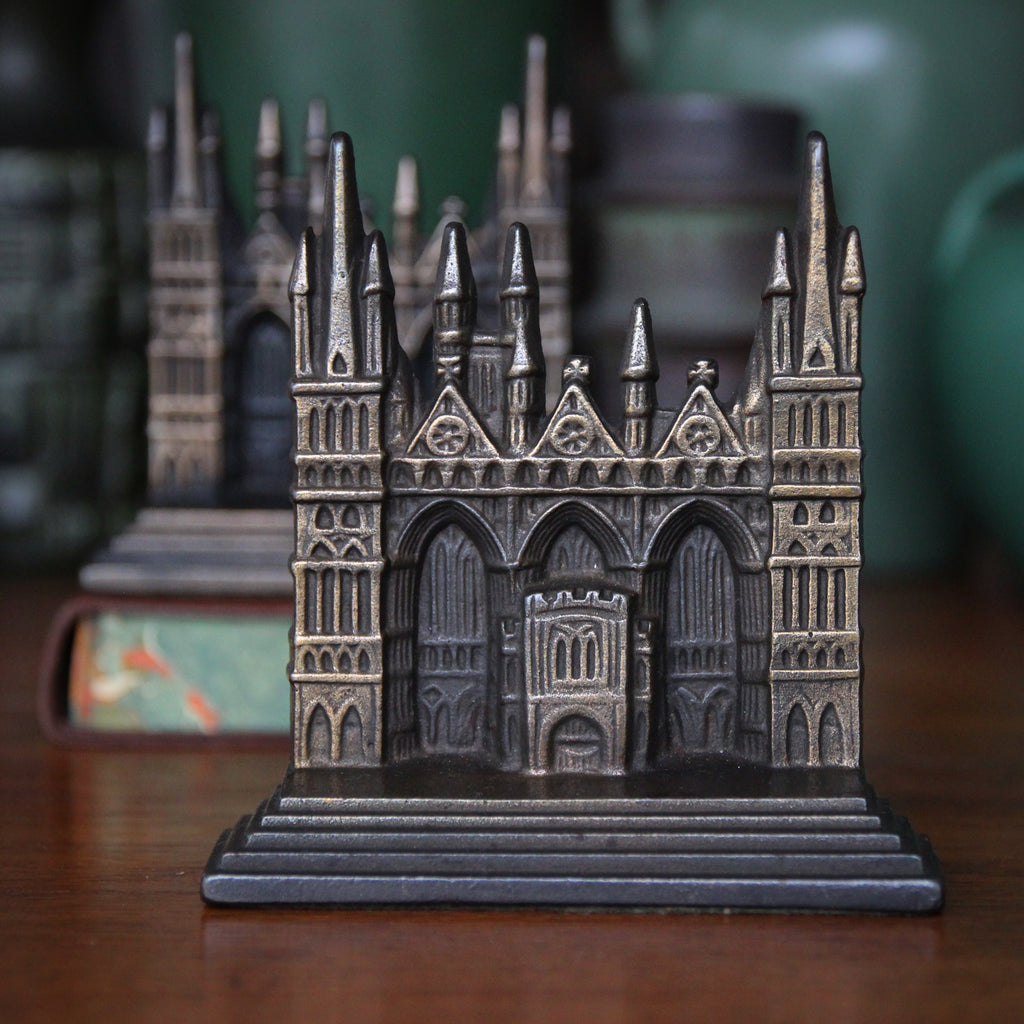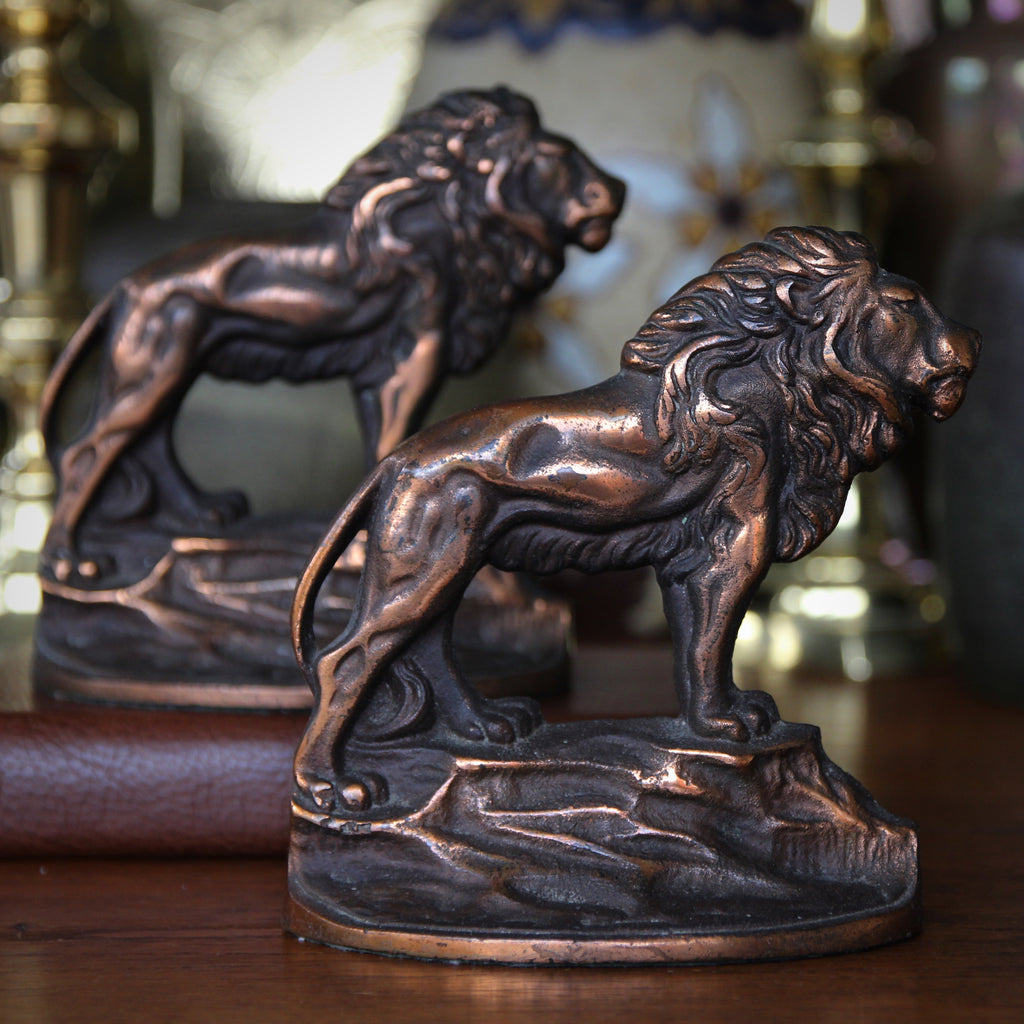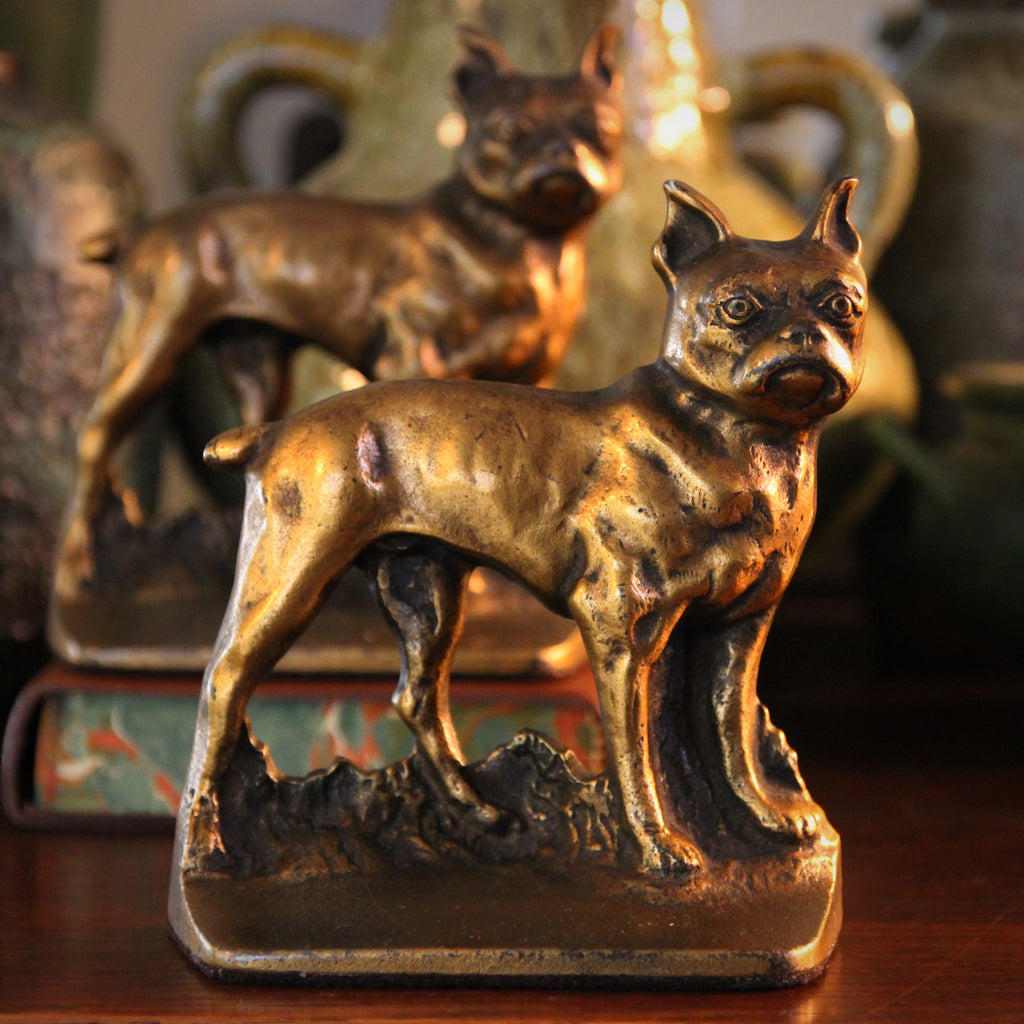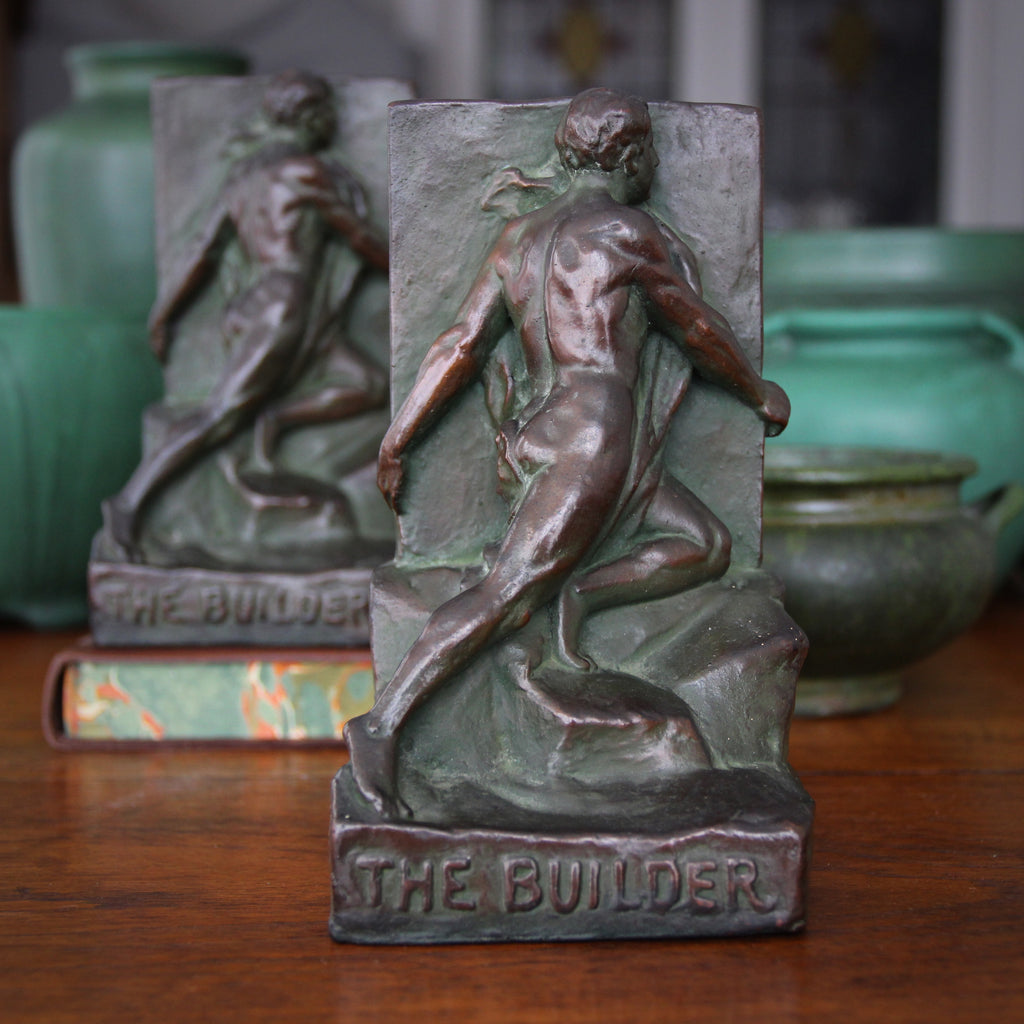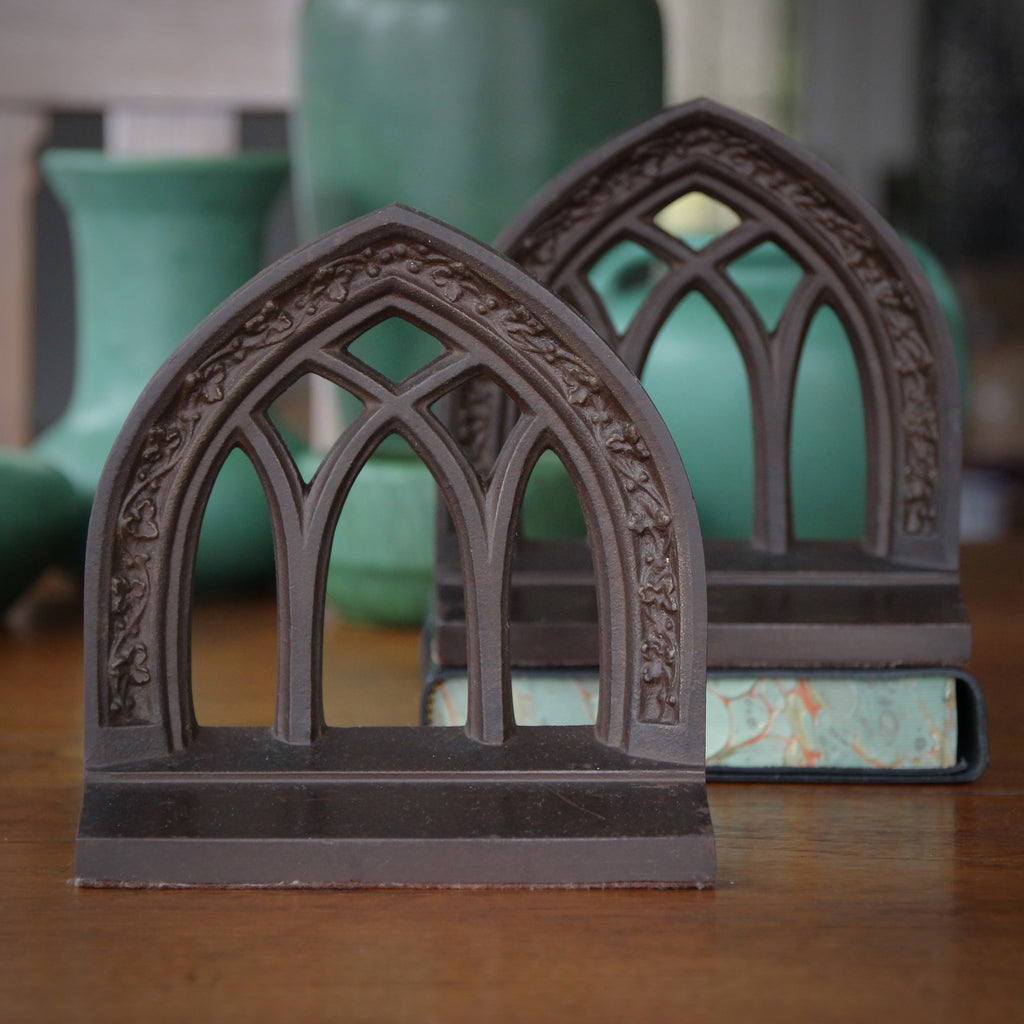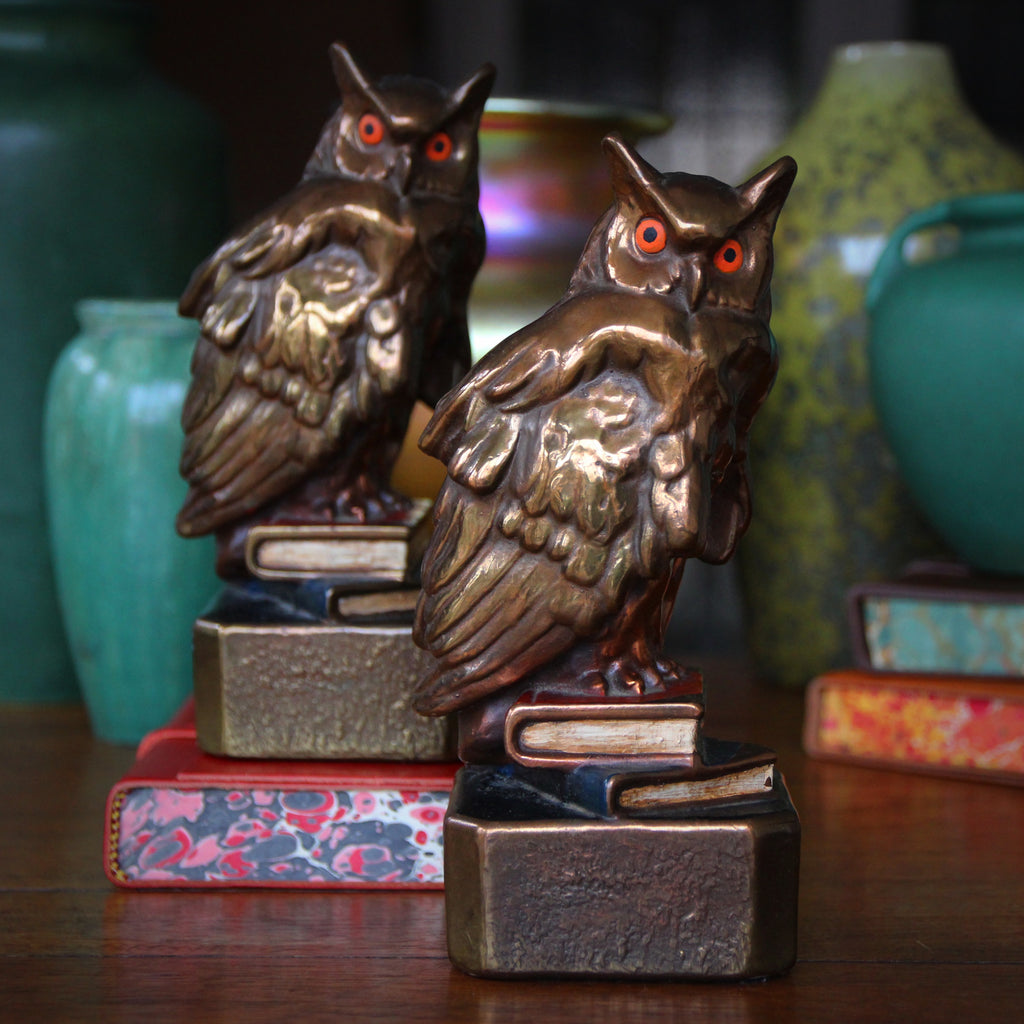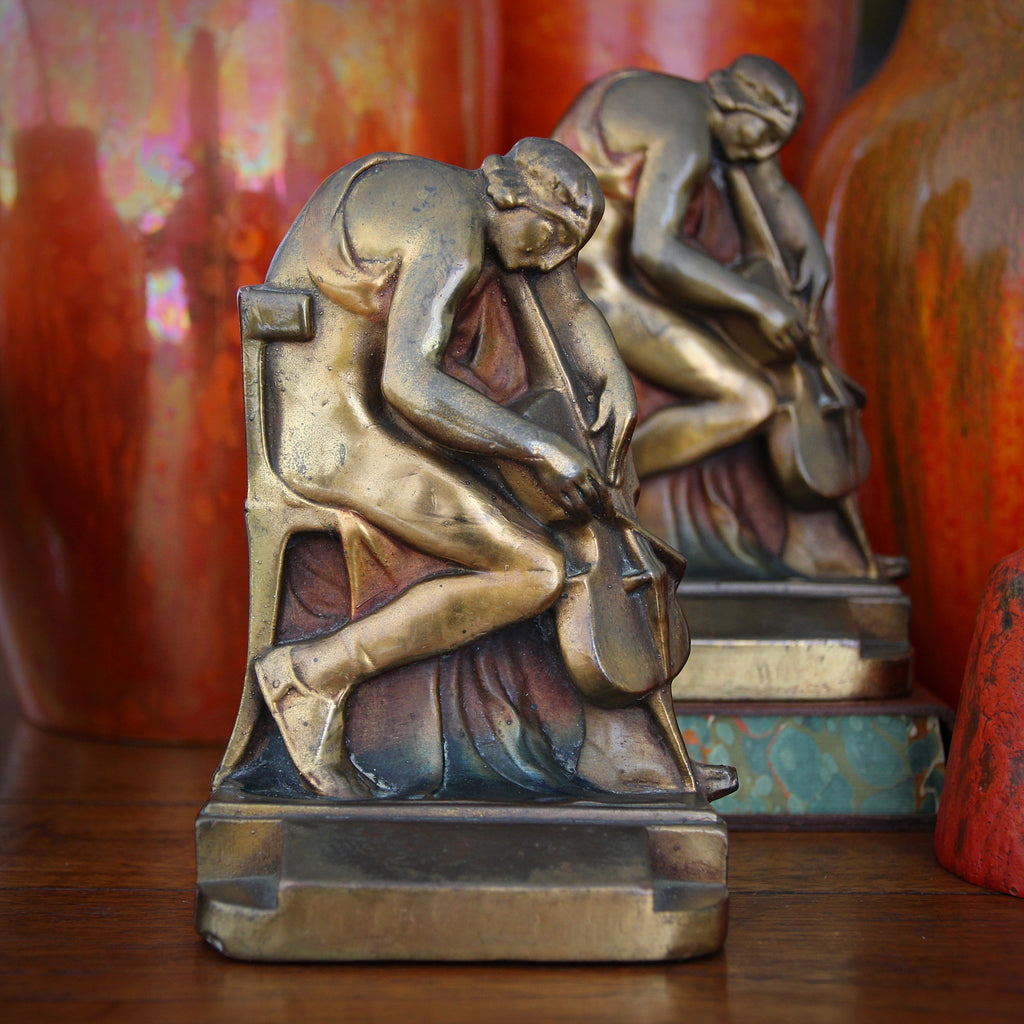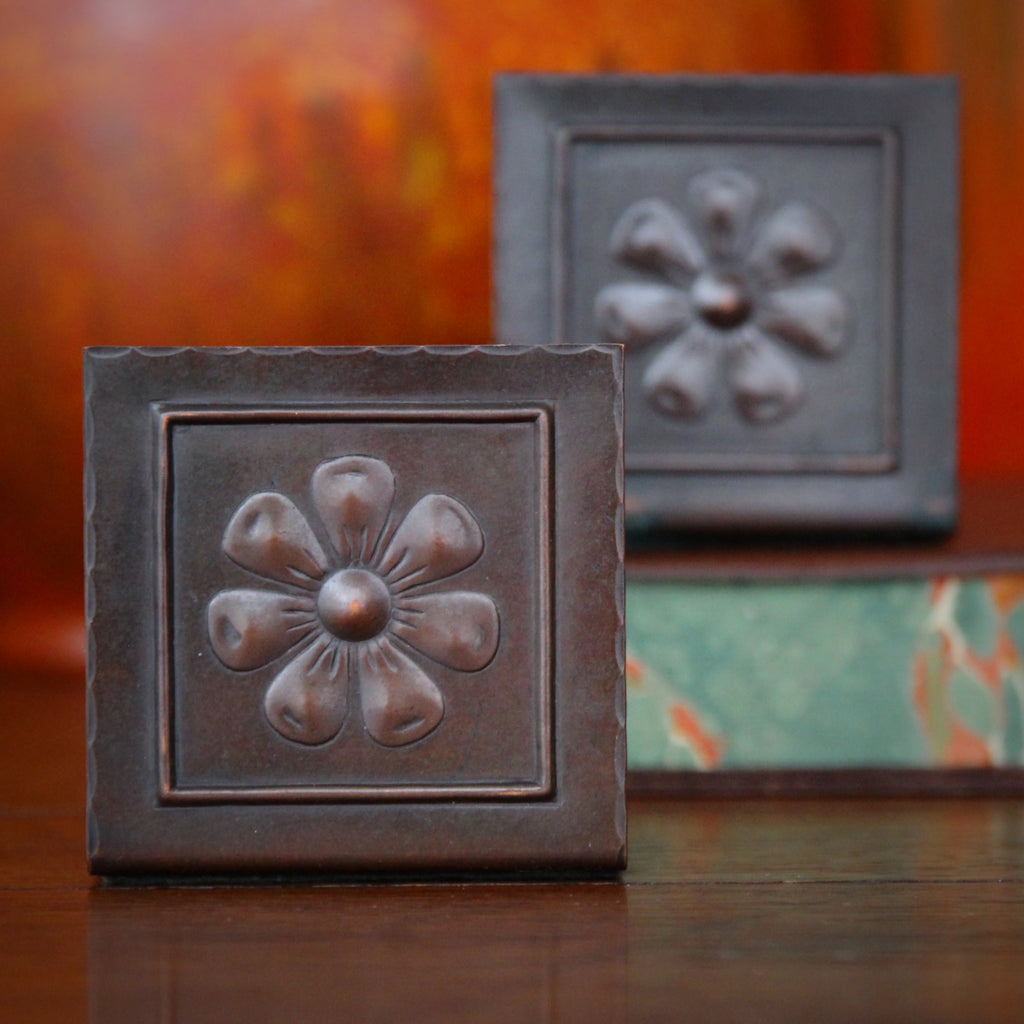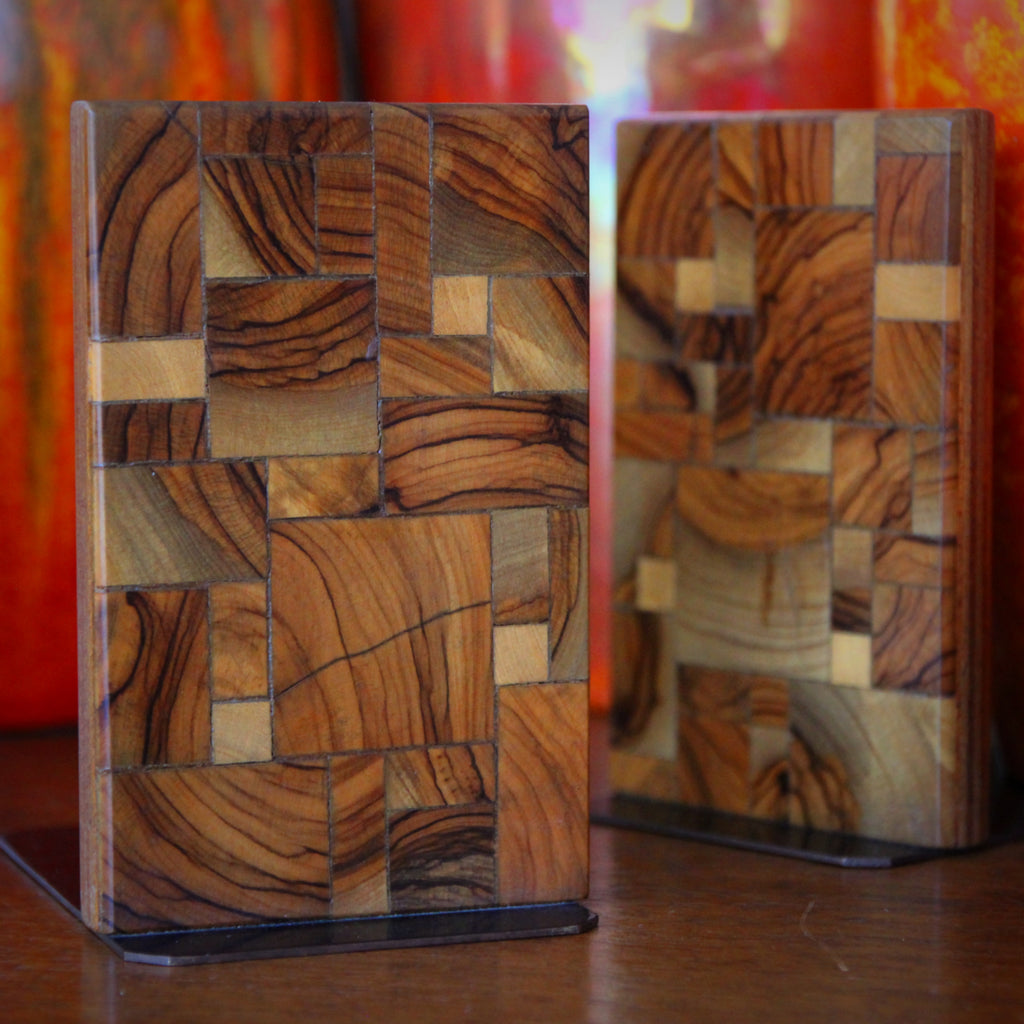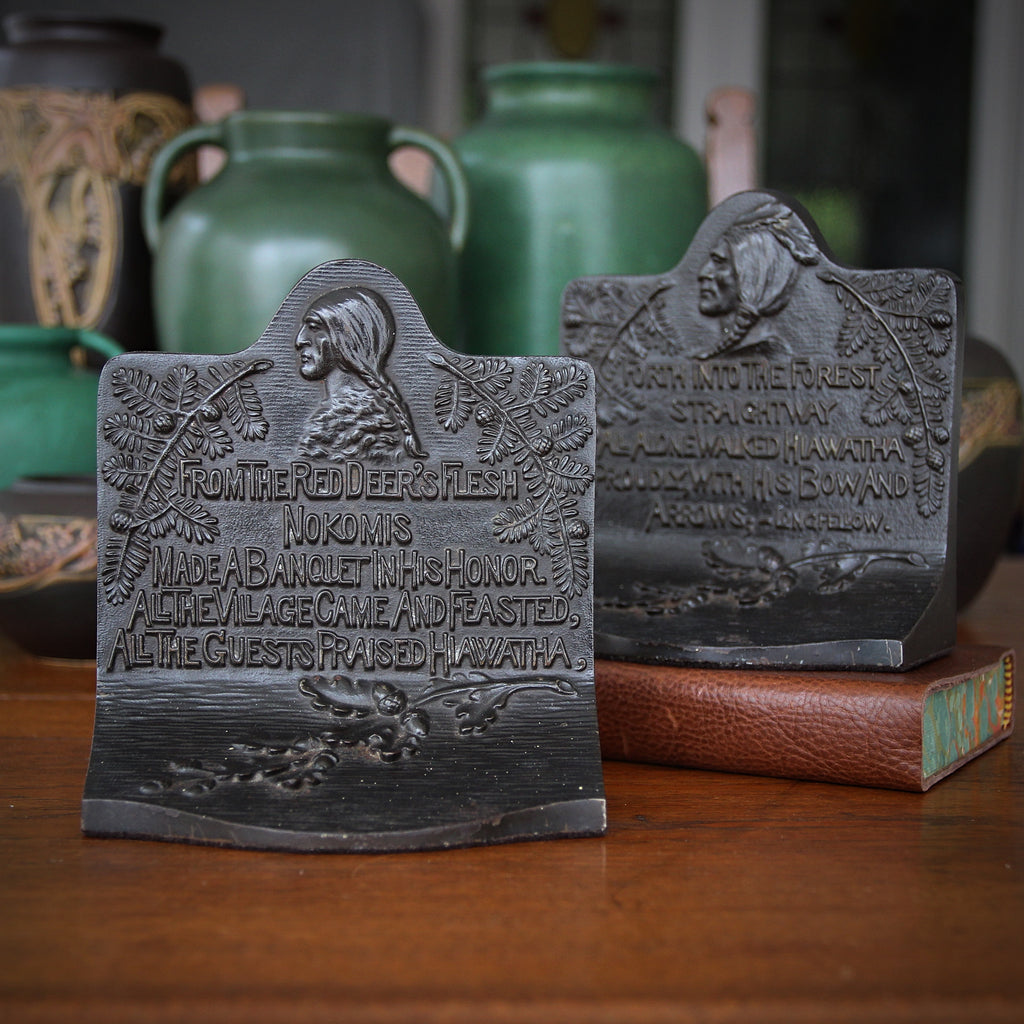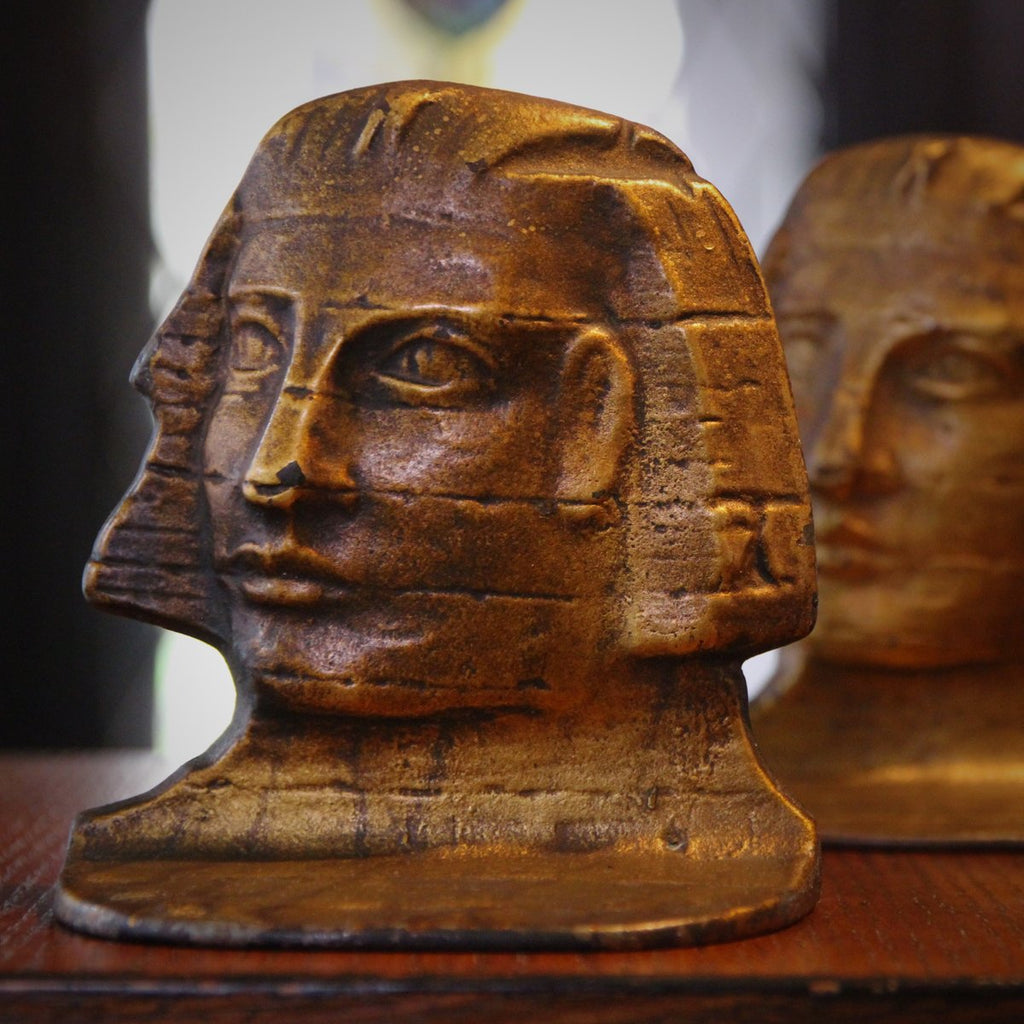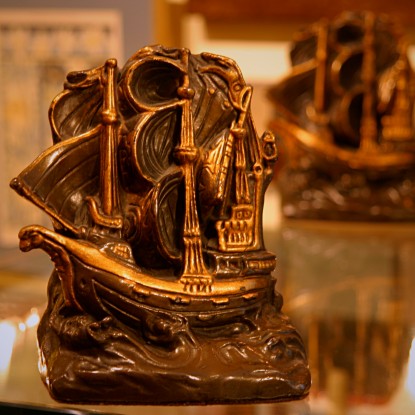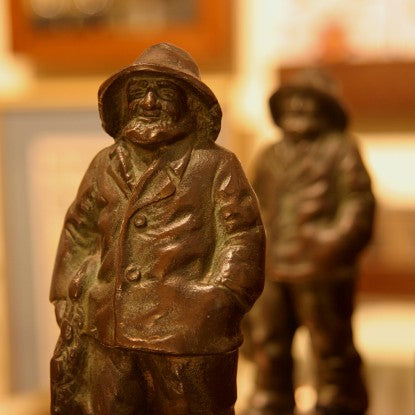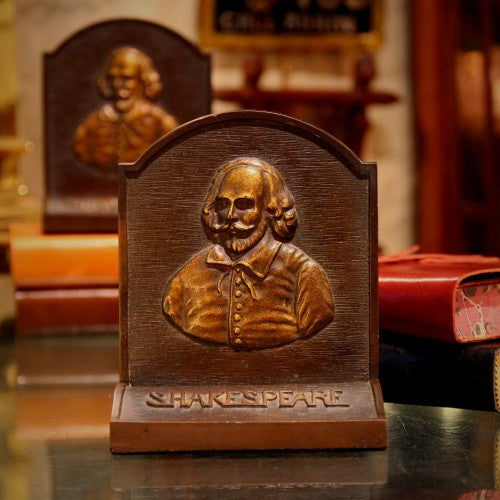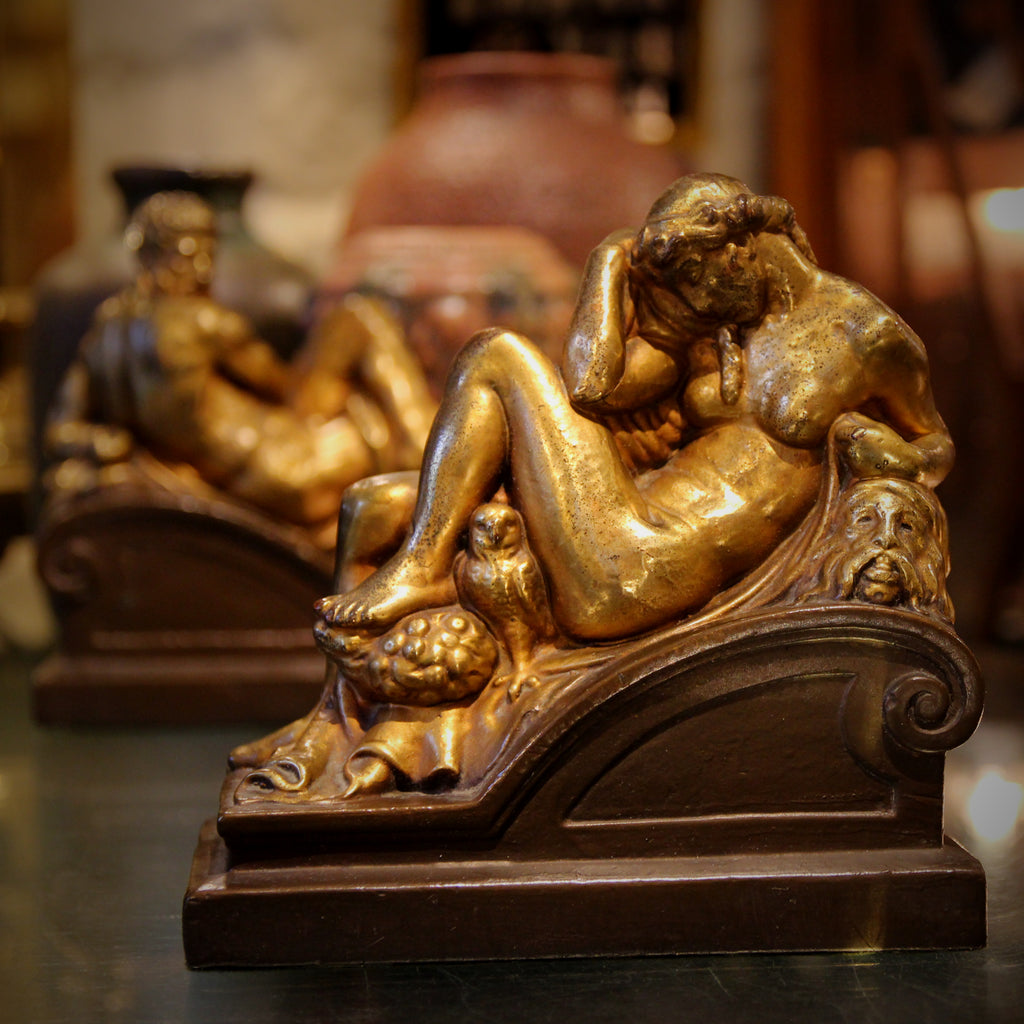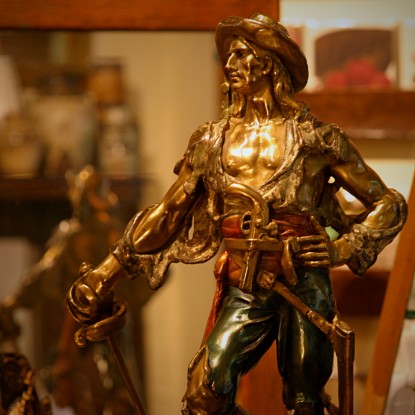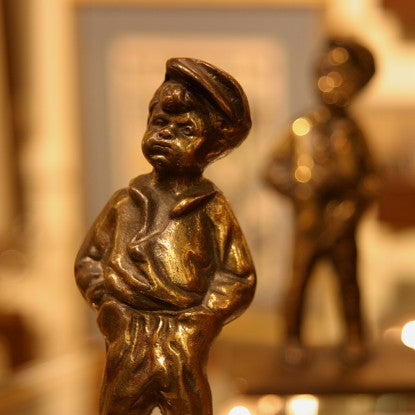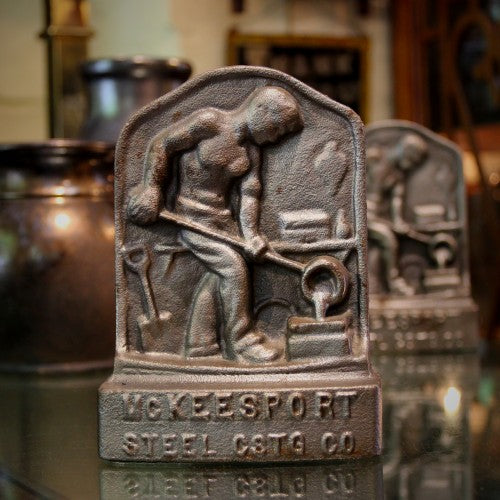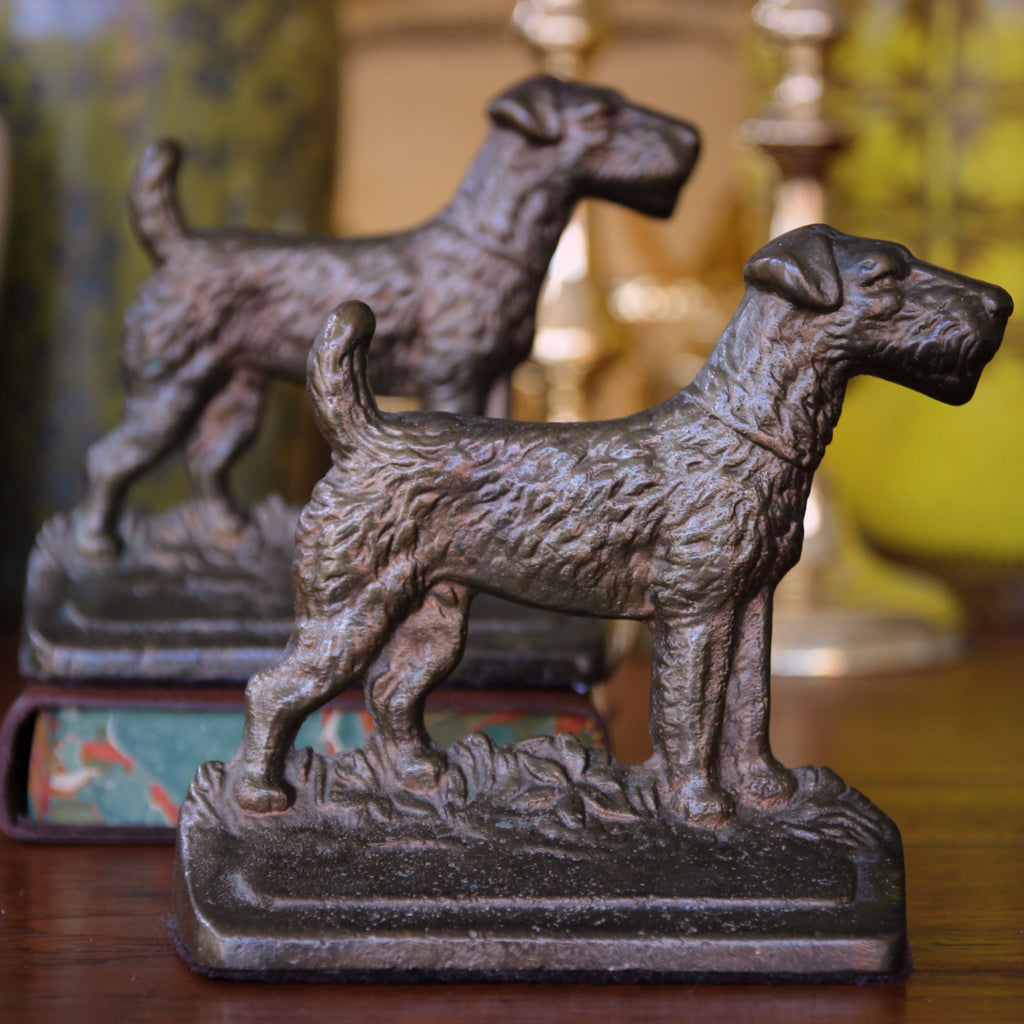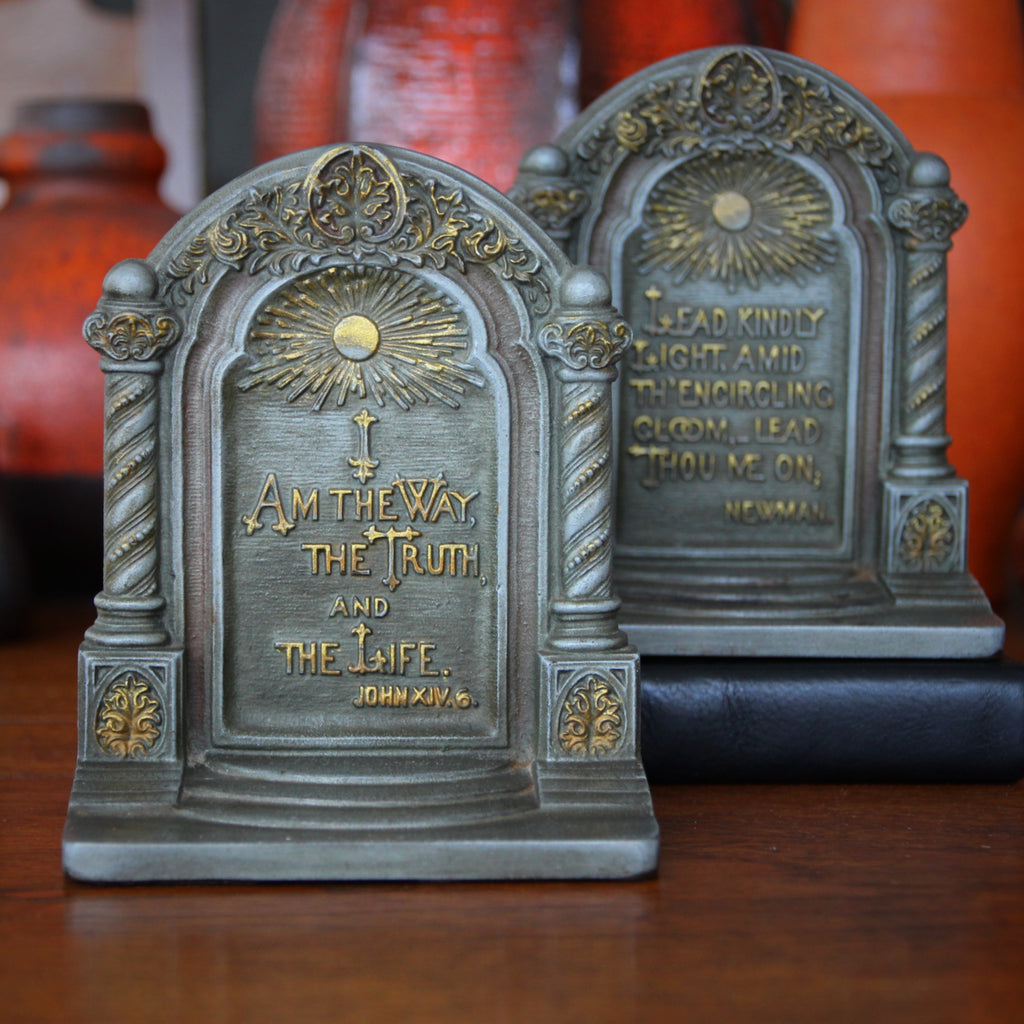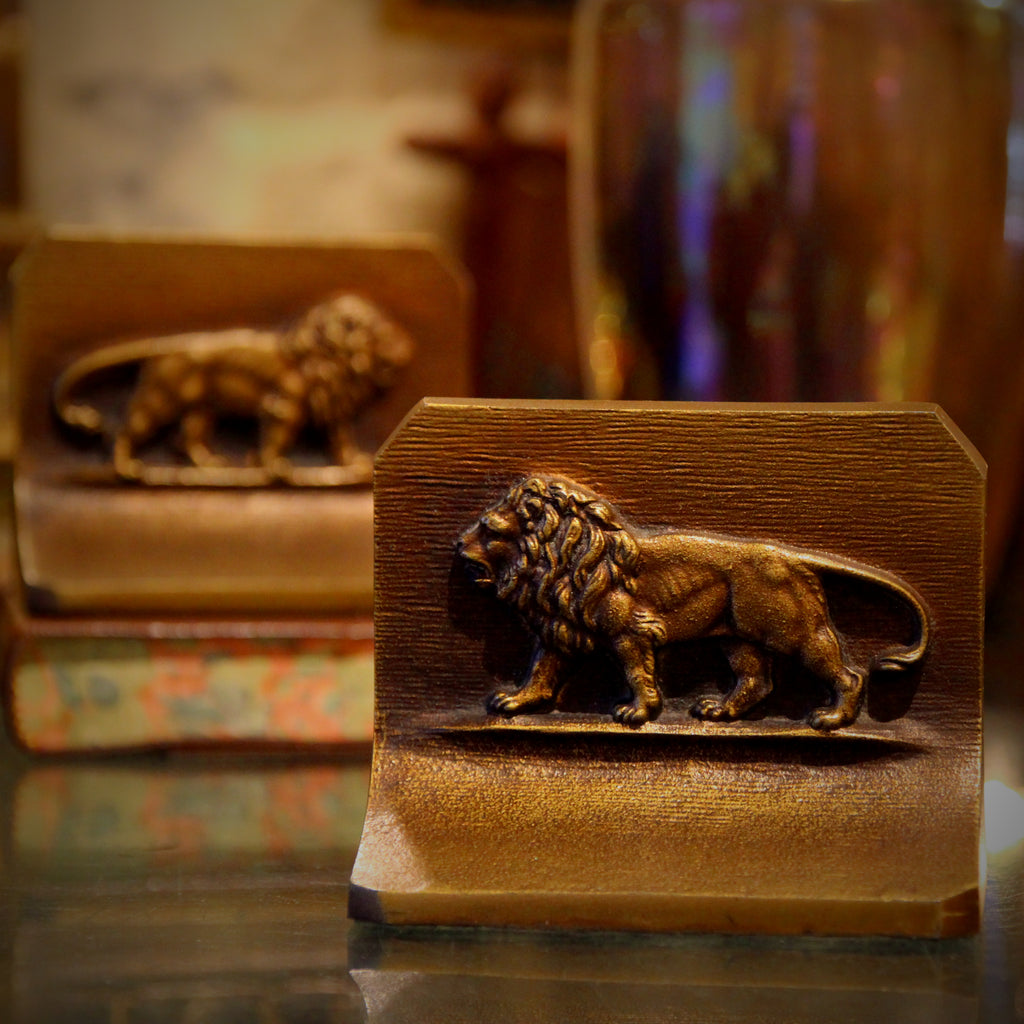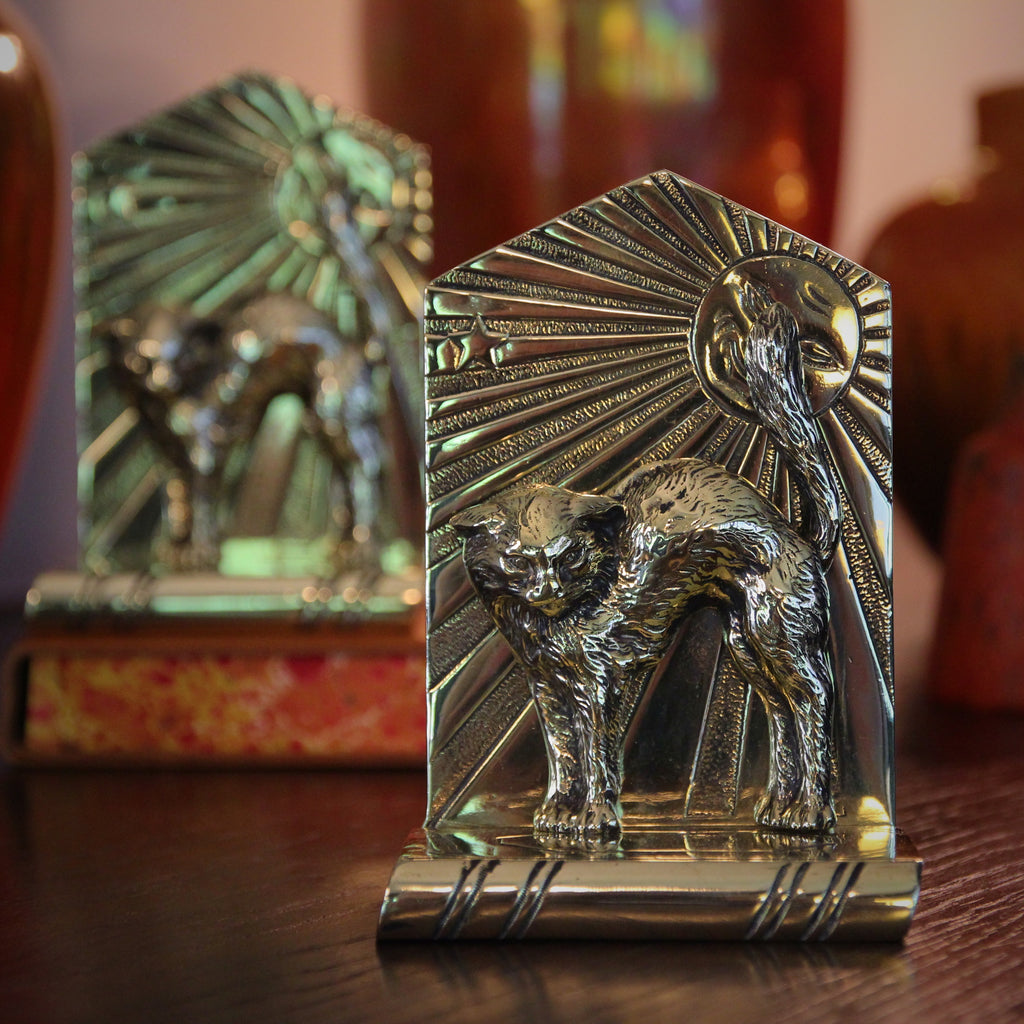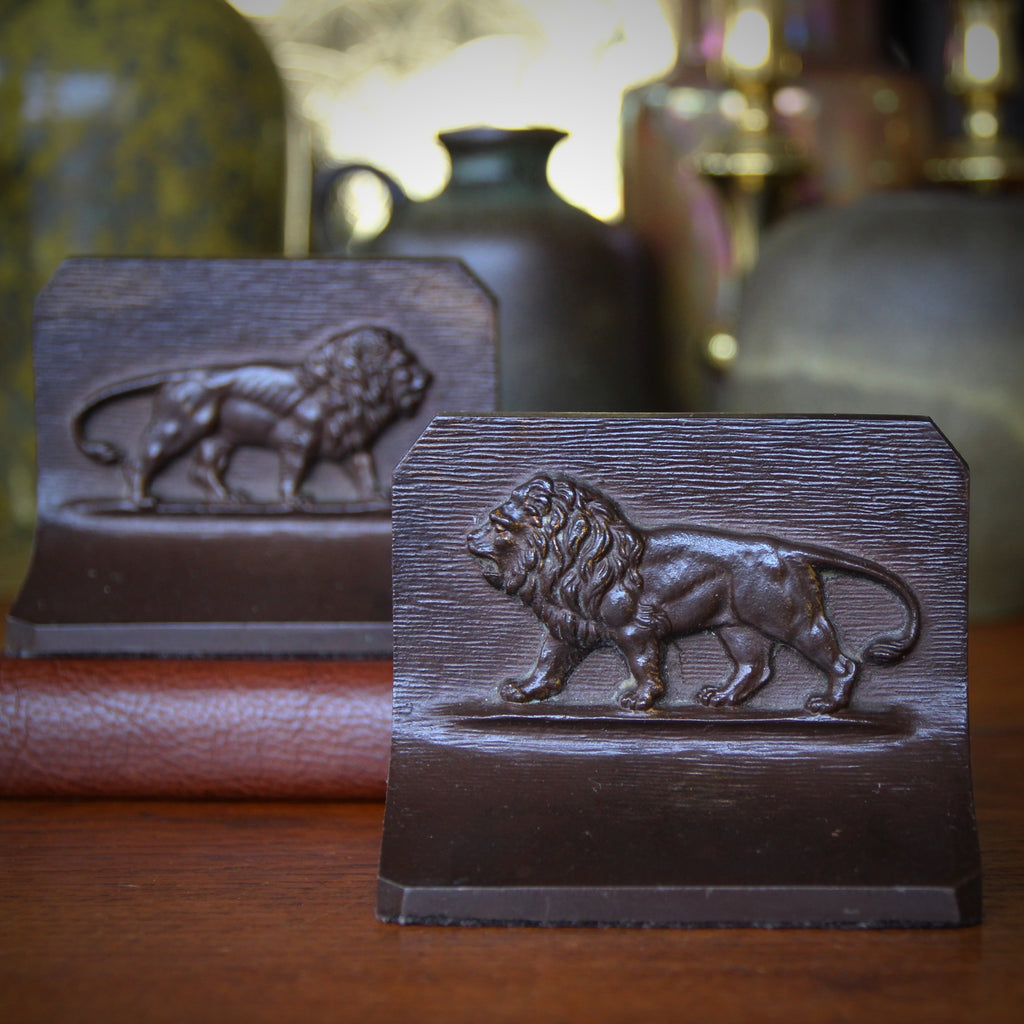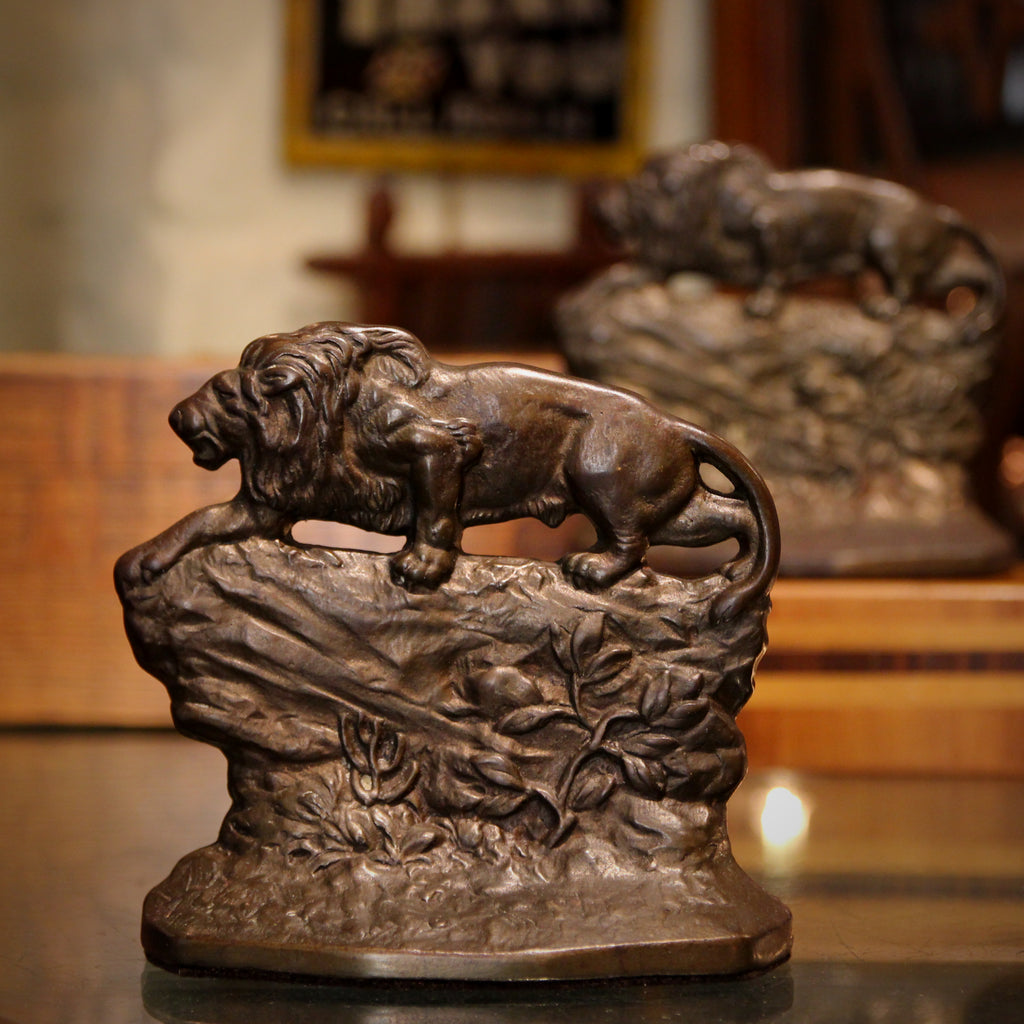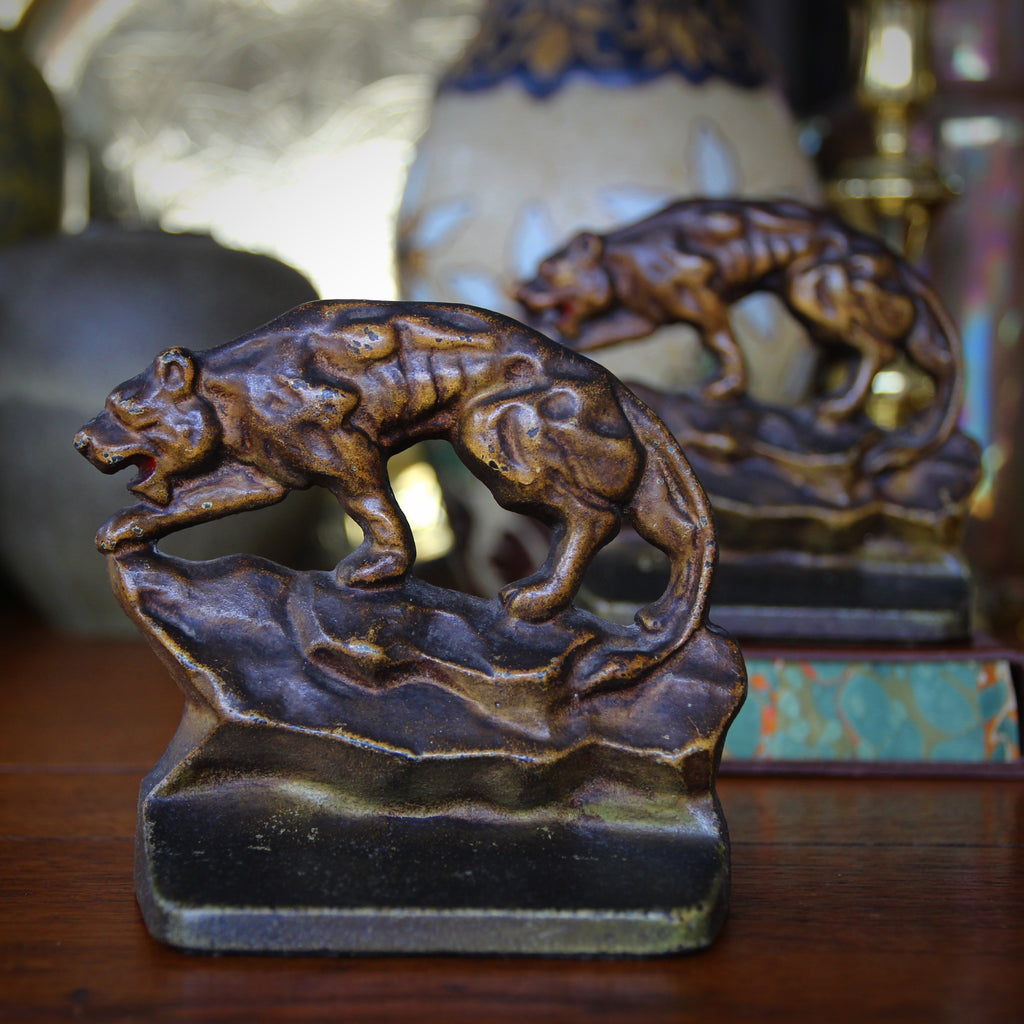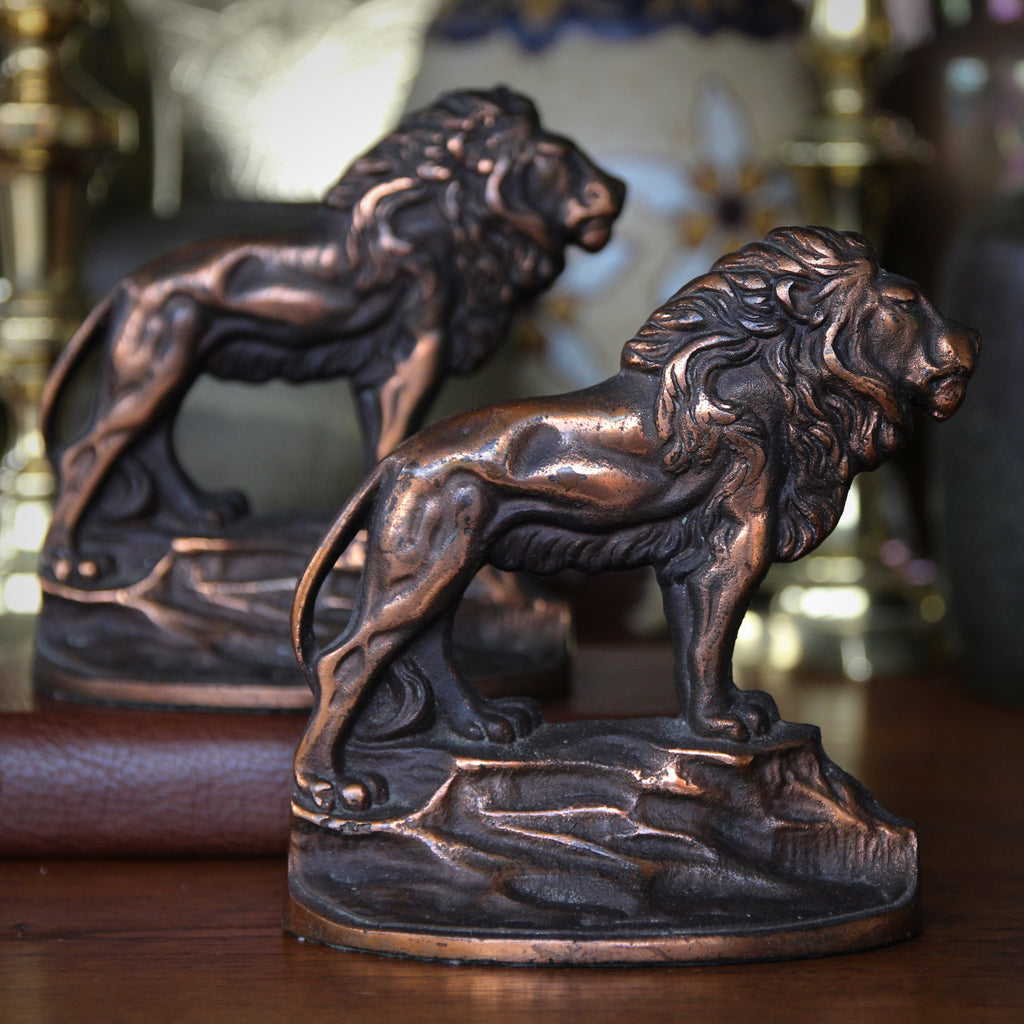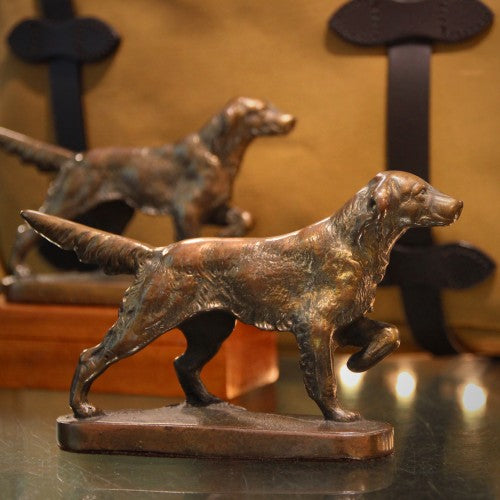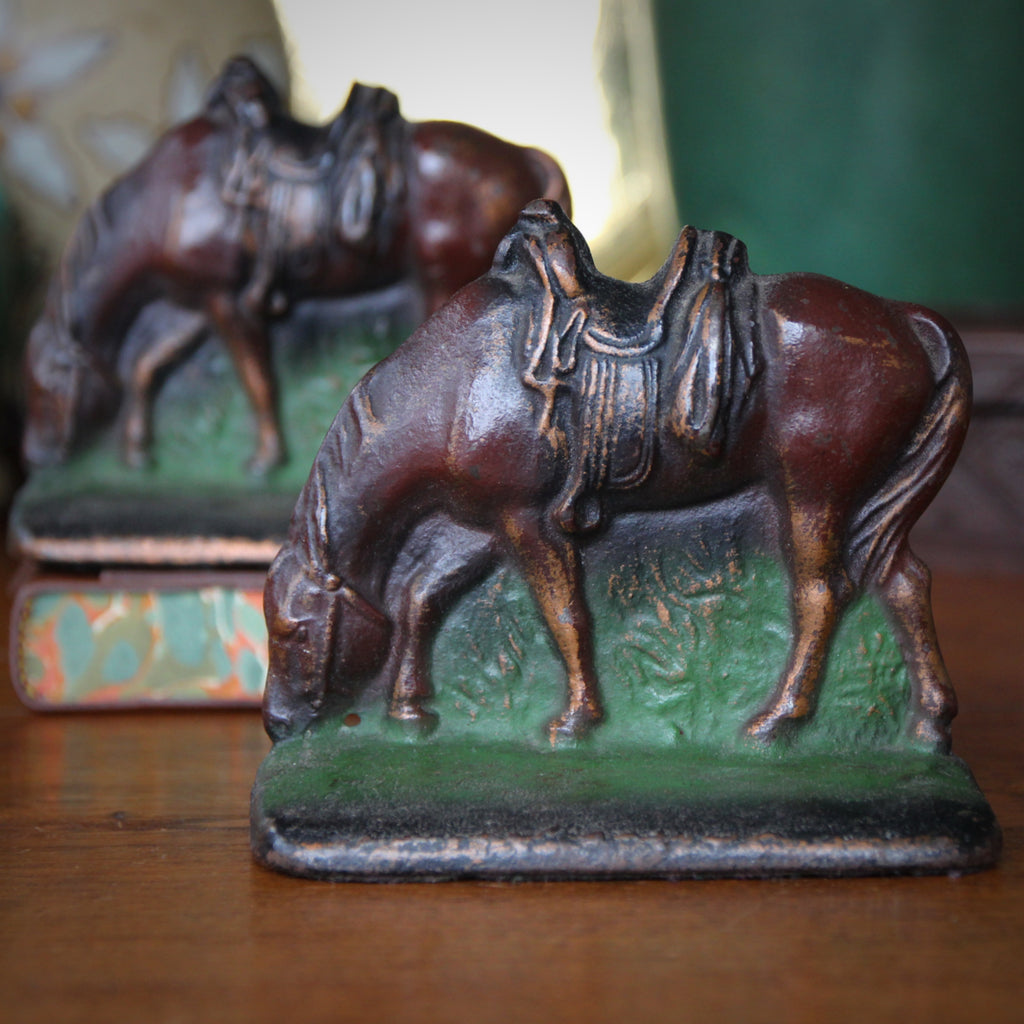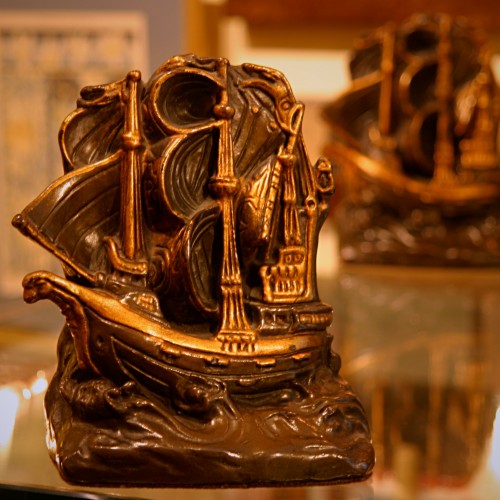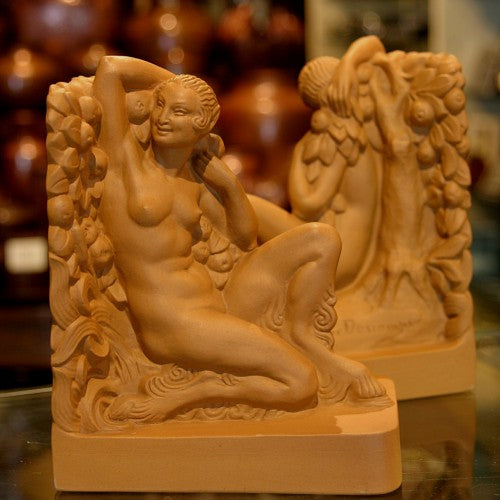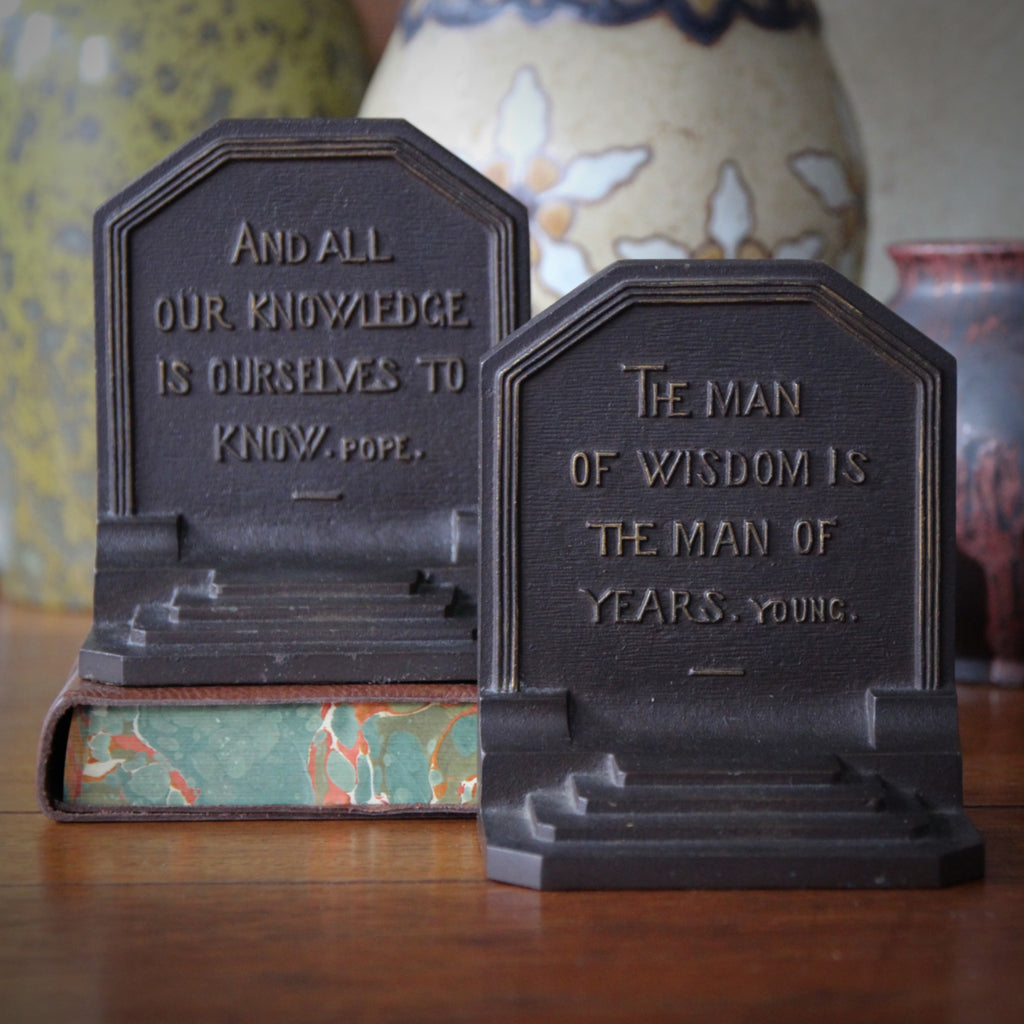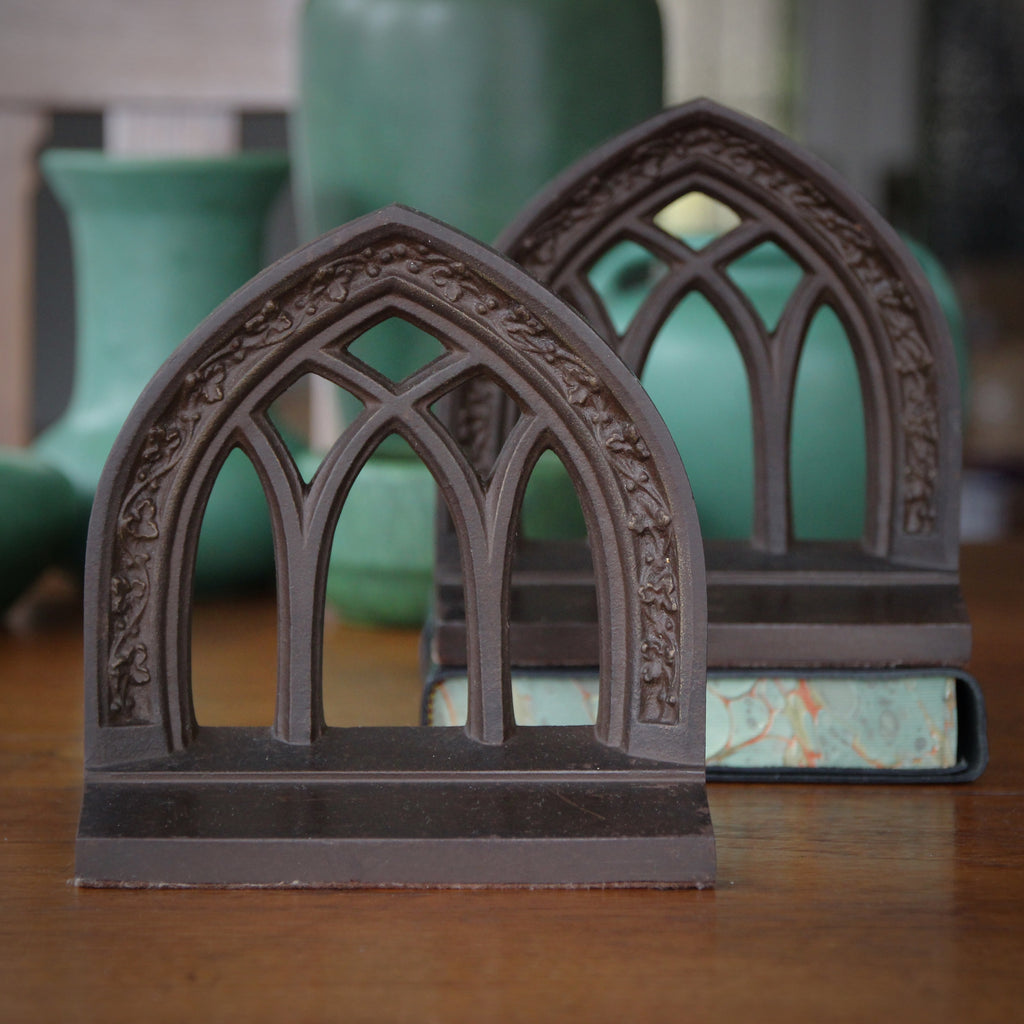JOURNAL — Bookends RSS
On this day, 2/12—212 years ago!—Abraham Lincoln was born at his family's "Sinking Spring Farm" in Kentucky. Raised to perform hard physical farm labor, he and his family moved several times during his childhood, eventually to Illinois when Abraham was 21. Lincoln was not a pampered child, born to comfort and luxury; he faced difficult challenges throughout his life—the most difficult, no doubt, as the 16th President of the United States. Lincoln was handed a country on the brink of civil war. Conservatives in the South were outraged at the election of this gangly, progressive leader (and alarmed that he would challenge their economic prosperity, based on enslavement). The month after his inauguration, the Civil War began.
The Bard Knew
Life's but a walking shadow; a poor player, that struts and frets his hour upon the stage, and then is heard no more: it is a tale told by an idiot, full of sound and fury, signifying nothing. -William Shakespeare, Macbeth (1606) Today we shall witness a staged performance—dramatized for all the world to see—which Shakespeare described and might have predicted over 400 years ago. Elected officials (some might call them "disciples") will demonstrate their blind allegiance to their shepherd—a figurehead they venerate above party or country. They call him "The Chosen One" and they long for their master to recognize their piety and adoration. The Bard's words have proved durable; so will the judgement of history. But, perhaps, history hasn't yet...
Dallin's Masterpiece
American sculptor Cyrus Edwin Dallin (1861 – 1944) was born in Utah and grew-up around many Native Americans, children and adults. He developed a sympathy to their history and their difficult plight. Dallin created a cycle of four sculptures portraying mounted Indian horsemen. His masterpiece, “Appeal to the Great Spirit,” was cast in Paris and unveiled at the Paris Salon of 1909—where it won the gold medal. It became popular immediately—especially in America—and the image has been used everywhere from advertising to album covers. Smaller copies of the work have been made and installed across the country. One version is part of the White House’s permanent collection and was used to decorate President Clinton’s Oval Office. The original was installed in the forecourt of Boston's...
Catholic Queens
Some 85 miles north of London stands Peterborough Cathedral, one of the great churches of Britain. Principally built between 1118 and 1237, this English Gothic masterpiece stands on the site of an earlier church, founded in 655. Saints Peter, Paul and Andrew look down from the three central gables, appropriate as the cathedral's official name is the Cathedral Church of Saint Peter, Saint Paul and Saint Andrew. The church was originally a Catholic house of worship. When Henry VIII "dissolved the monasteries"—thus stripping the churches of their precious objects and banning Catholic worship—it was converted to an Anglican cathedral. But Henry's first wife, Catherine of Aragon, had already been buried in the church—and remains there to this day. Later, the Scottish...
Where the Buffalo Roam?
Sticklers inform us that there is no such creature as an "American Buffalo." Buffaloes, the pedants contend, live in South Africa (as Cape Buffalo) and in Southeast Asia (as Water Buffalo). "Bison," they inform us, are the creatures found "Home on the Range" (with the deer and the antelope). Technically, these spoilsports are correct. Nevertheless, there is a long written record of the word "buffalo" being used to refer to the American Bison—not to mention all the popular songs, images and folktales. For millenia, bison roamed much of North America: Alaska, Canada, the United States, and part of Mexico. But hunting of the shaggy bovids decimated their numbers; the bison population fell from a high of 60 million (in the...
Abingdon Pottery
Abingdon Sanitary Manufacturing Company, in Knoxville, Illinois, was founded in 1908 and remains in business to this day. Their initial business was making plumbing fixtures—sinks, toilets, urinals, water fountains—and their exceptional quality made them the gold standard for the industry. They used a dense, heavy white clay (some of it imported from England) which created very durable and watertight fixtures with beautifully smooth surfaces. In 1928, they became the first manufacturer to produce colored fixtures. In 1933, they were chosen to produce all the plumbing fixtures for the World's Fair in Chicago.
Remarkable "Ships of the Desert"
As wonderful as these cast iron bookends from the Twenties are, the camels they depict are even more remarkable creatures! Their ability to survive in harsh, arid climes have earned them the nickname "The Ships of the Desert."
There are two basic varieties of domesticated camels: the single-humped Dromedary Camel found in Arabia (94% of camels) and the larger two-humped Bactrian Camel of Central Asia (Afghanistan, Uzbekistan, Tajikistan). Camels were first domesticated around 3000 years BC—and have been a reliable source of milk, meat and transport ever since.
Keep Going!
"If you're going though Hell, keep going." - Winston Churchill Remember national leadership? Admittedly, 2020 was a tough year. But it was hardly the worst year in human history. In fact, it was not even the worst year in American history. And yet, we still pine for the days when our national leader would actually . . . well . . . lead. One could do worse than to study Winston Churchill for lessons in leadership. His famous saying, quoted above, didn't paint a rosy picture. Churchill didn't try to distract, dissemble or deceive. Churchill didn't tell the British people that they were "rounding-the bend." He acknowledged the challenges they faced and told his people to push-on. People find comfort...
Awaiting the Golden Age
At the heart of The Eternal City lies the "Forum Romanum"—an expansive, sunken field of remarkable (though ruined) temples, arches and remnants of other ancient buildings, most over 2,000 years old. The Roman Forum was the center of life in the bustling ancient city, the place where government activity, judicial trials, mercantile trading, even gladiatorial events competed for space cheek-by-jowl. And for five centuries (from the Renaissance to the present), the Forum has provided rich inspiration for artists, architects and designers, each seeking insight into the timeless, classic beauty of a romanticized past.
Double Bison
Most pairs of bookends comprise two interchangeable members—two bookends from the same mould, modeled identically. This was a concession to ease and expense (and usually worked just fine for most purposes). But, when a bookend maker wanted to take things to the next level, they created a "mirrored" pair of bookends, like the Bisons shown above. To make a mirrored pair of bookends required a lot more work—at every stage of design, production and handling. First, two different models needed to be crafted (one facing in each direction). Likewise, two different moulds needed to be made and maintained. Then, as the bookends were finished, packed and shipped, it was not enough to just grab two bookends; rather, a pair had to...
The End of the Trail
For five long years, America has been running-in-place—enduring an election campaign that just won't end. While the contesting may not cease tomorrow (and chances are, it won't), it is, nevertheless, The End of the Trail. Tomorrow the voting will end and we will wait as final ballots are received and counted. May the good team win. These bookends, made in the 1920's, depict a bas relief representation of James Earle Fraser's End of the Trail sculpture. Fraser, moved by the plight of Native Americans displaced from their homelands, sculpted an exhausted Indian atop his (equally exhausted) horse who have been pushed West, to the edge of the Pacific—where they can go no further. Fraser began working on the idea as early...
All Saints' Day
Today is All Saints' Day, the day when all the saints in Heaven (known and unknown) are honored and celebrated. It is preceded by All Hallows' Eve (Halloween) and followed by All Souls' Day on 2 November. The bookends shown here capture the important French Cathedral of Notre-Dame de Reims. Built during the 13th through 15th Centuries, it has long been the site of the coronation of French kings. From 1415 to 1429, the English occupied the city of Reims—and its cathedral—thus preventing the traditional coronation of King Charles VII. Enter Saint Jeanne d'Arc who led the French Army to defeat the English, threw them out, liberated the city, and took-back the Cathedral so that Charles could be crowned. Click...
Never Stop Pushing!
Changing a country—its culture, its people, its leadership—can seem Sisyphean. Push as one might, the change just doesn't seem to occur. But when The People all push together, change can happen, as difficult as it may appear. Keep pushing and please vote!
These bronze clad and patinated bookends were sculpted by Hungarian artist Julio Kilenyi (1885 - 1959) and made in the 1920's. They capture beautifully the spirit of "The Builder"—in the form of a straining human body—pushing with tremendous effort to achieve human progress. Please click on the photo above to learn more about them.
On the Prowl
2020 is my first presidential election in Pennsylvania and all I can say is, "Benji, I don't think we're in Chelsea anymore...". Having previously lived in reliably blue states—Hawaii, Massachusetts, Connecticut, Rhode Island and New York—I have never been subject to the "swing state crush" of advertising and campaign attention that is endured in a state like Pennsylvania. In fact, I was unprepared for the "performance anxiety" that comes with living in such a state—responding to desperate enquiries from friends in all those blue states. And, of course, not wanting to let them (and my country) down. And I still have not gotten used to presidential candidates coming frequently to my state—and, oftentimes, my city! They are candidates on-the-prowl for...
Home & Hearth
Autumn is surely here—with a decided nip in the air. How nice it would be to sit with the feet-up, in front of the fireplace! Instead, I find myself glued to the news, tracking the latest variance in the polling data. Soon, soon we can rest—unplug, tune-out and repair.
This pair of cast iron bookends were made in the 1930's by Bradley & Hubbard (Meriden, Connecticut). Their heavy and solid mass will hold-up your favorite tomes (which you can read by the fireside). Please click on the photo above to learn more about them.
Before the Fall
Eve luxuriates in The Garden of Eden, reclining upon a date tree. Is it the Tree of Knowledge? We are witness to the final days Before the Fall; quiet, natural, complete perfection. Oh, how far we've come. Poor Eve! For centuries, (male) preachers and theologians have tried to pin her for The Fall. And, it's true, Eve did acquire Knowledge before her husband did. But, as I read Genesis, I see that God personally instructed Adam not to eat from the Tree of Knowledge (before Eve was even created). But we do not hear God giving the same directive to Eve. Nevertheless, many people (unfairly) blame the woman more than her man. The story gets even more dramatic after they've eaten. Even as...
Grand Poet
One of America's greatest poets was Henry Wadsworth Longfellow. He was born to a prominent, well-educated family in Portland, Maine (then a part of Massachusetts) in 1807. At the age of 15, he began studying at Bowdoin College (which had been founded by his grandfather). He graduated in two-and-a-half years, after which he toured Europe for three years—learning French, Italian, Spanish, Portuguese and German in the process. While in Madrid, Longfellow befriended fellow writer Washington Irving who encouraged the young poet to continue his pursuit of writing. After returning to the United States, Longfellow began teaching at Bowdoin and, later, at Harvard. Longfellow's first wife, Mary Storer Potter, was a childhood friend from Portland. While on a trip together to Europe, she suffered...
Will Our Ship Come In?
I can see it on the horizon! Or . . . I think I can. It's our ship! Coming-in!
The next ten days will be tense, indeed. But keep your eyes on the horizon. That ship is due—very soon! Rescue is at hand!
This pair of cast iron bookends, from the 1920's, show a handsomely-sculpted galleon plying choppy seas. Click on the photo above to learn more about them.
Silent as the Grave
The Great Sphinx of Giza gazes eastward, over the River Nile—which, for millennia, was the source of life in the flat, sandy lands of the Giza Plateau. Some historians consider it the oldest surviving sculpture in the world, built around 2500 BC for the Pharaoh Khafre (and bearing that pharaoh's face). It was originally carved out of bedrock but has been restored (over the last 4,500 years) with blocks of stone. It stands 66 feet tall (at the head) and 240 feet long (head to tail). These bookends are a stylized representation of the great sculpture—though reinterpreted though the lens of Art Deco fashion of the 1920's. When Tutankhamen's tomb was discovered (98 years ago, next week), it kicked-off a...
Dog Fight
Tonight is the final presidential debate of the 2020 election—or, at least, it is scheduled to be. Last week's debate was cancelled abruptly when the president backed-out of the event. Candidate Biden opted to join a Miami town hall in its place.
These dogs—bookends, actually—are interesting in that they are fully-sculpted all the way around. If not holding-up books, they would make nice pair of (light) doorstops or look dashing as (two) handsome canine sculptures. Please click on the photo above to learn more about them.
Elephant Walk
Lest some of my friends (well...let's make that relatives) across-the-aisle feel a bit left-out, here's an elephant—the lumbering mascot (with a long memory) of the Grand Ol' Party. The population of elephants is on a steep decline. In the wild, at least, this breaks my heart. So I'll always have a soft spot for the peaceful pachyderm. And I will always try to keep a nice selection of elephant bookends for my like-minded customers. Note that this pair of bookends is "mirrored"—that is, cast from two different moulds which allows the pair to face each other. Please click on the photo above to learn more about this handsome pair of bookends.
Joust A Fort Knight!
In just a fortnight, our modern day jousters will appear before the judges—and we, The People, will render the score. May the better team win! (And by "win," I mean receive the most votes.)
These bookends, made in the 1920's or 1930's, are bronze clad, patinated and hand-painted with touches of vibrant color. They capture all the energy, tension and anticipation of a great match to come. Please click on the photo above to learn more about them.
Dance! Dance! Dance!
Is that a distant drum beat? Boom, boom, boom. I've been hearing it for weeks. Boom, boom, boom. Election Eve comes in two weeks. Boom, boom, boom. Get that ballot in! And then, get ready to dance!
These cast iron bookends scream Art Deco! A dancer flexes on his foliated stage—a healthy measure of Radio City Music Hall and a generous touch of Nijinsky in Afternoon of a Faun. I Please click on the photo above to learn more about them.
Slay the Dragon
Saint George was an early Greek Christian who was born in Cappadocia (modern day Turkey) to a Roman Army soldier. He died on 23 April 303. Legend tells us of a fearsome dragon that demanded human sacrifices. The people, attempting to placate the dragon, had offered-up a young maiden as his next meal. This is when Saint George came along, slaying the dragon, saving the woman, and setting the captive people free. But the myth of Saint George did not become popular until many centuries later. The first known written record of the legend is from the 11th Century. As the Crusades ramped-up, and soldiers from different countries came together in the Holy Land, the story of Saint George and...
Knowledge is Power
Knowledge is power. And those who have the knowledge are most likely to become powerful. For millennia, the best transmission of knowledge was through books. Oral storytelling, on the other hand, has always been subject to the accurate recall of the listeners and the agendas of a line of subsequent storytellers. The written word, on the other hand, allowed knowledge to be recorded in a way that was less likely to be changed over time (as long as the original manuscripts survived, and raises a different issue). The problem was, very few people were literate. Reading and writing were the domain of the highly educated—poets, clerics and scribes. For this reason, the display of books (and images of people reading)...
Fala-La-La-La
"Fala" was President Roosevelt's beloved black Scottish Terrier, perhaps the most famous of White House pets. Fala often traveled with the president, whether by auto, train, boat or plane. The press (and political cartoonists) loved to share Fala's stories of life in the White House. The dog was such a popular Democrat that even the opposition party attacked him when they could. Republicans complained bitterly that Fala once had been left-stranded during a trip with FDR to the Aleutian Islands—requiring the president to send a US Navy destroyer back to collect the little rascal. FDR made short work of his Republican critics; soon after, at a Teamsters' dinner and speech (which was radio-broadcast nationwide), Roosevelt pummeled the opposition for fabricating "libelous statements about my...
Night and Day
Michelangelo was in high demand. Just because the Pope had conscripted him for four years to paint the ceiling of the Sistine Chapel (plus another five years to paint The Last Judgement), it did not follow that other rich patrons would surrender their final wish: an impressive, custom-carved, Michelangelo Buonarotti tomb! Popes, cardinals, bankers and kings stood in-line, waiting for Il Divino to start chiseling. Michelangelo designed many ambitious (and over-the-top) tombs for his fervent patrons. Alas, the artist rarely finished many of his complete original designs. Nevertheless, just the pieces of tombs which he created are masterpieces—amongst the greatest works of any human hand (ever). His Pietà—so beautiful it makes the heart race—was carved by the 24 year old artist for...
Leaps & Bounds
The tension is growing—by leaps and bounds—as the candidates stump, the pundits parse, and the votes are submitted by mail or early voting. It should all come to a crescendo on 3 November (20 days from today!). But that may not be the end of it! Mailed-in ballots will need to be counted. And there is always the chance that a candidate (or his party) may contest the results. How much more can you take?
An athletic gazelle leaps into action—ready to hold-up your precious tomes. Made in the 1920's, this handsome pair of bookends is big on Art Deco style. Click on the photo above to learn more about them.
Steel City
In the Late Nineteenth and Early Twentieth Centuries, Pittsburgh was one of the engines of America's national economic growth. It was the height of American Industrialism and Pittsburgh was the heavy hitter. Great fortunes were made in The Steel City—Carnegie, Frick, Mellon, Scaife, Heinz, Westinghouse—and they were fortunes which endowed other American cities (like New York and Washington, DC). There were big companies, like US Steel, which (at its peak) employed hundreds of thousands of employees. But there were many hundreds of smaller companies which serviced the giants or further-processed the raw material produced by the behemoths. Such a focus on industry came at a great cost. It was terribly polluting. It perpetuated a "caste system" that insured there always would be many more low-paid, interchangeable...
"Ex Scientia Tridens"
On this day in 1845, the United States Naval Academy was founded in Annapolis, Maryland. The Academy's motto, Ex Scientia Tridens, is the Latin for the phrase "From Knowledge, Sea Power." It's comforting to know that some US leaders still appreciate the important link between knowledge and power! 33 miles from Washington, DC, the Academy admits 1,200 "plebes" each year (also called "Midshipmen") and graduates about 1,000 students as new officers, mostly for the US Navy or Marine Corps. A prospective student must be 17 to 23 years of age, unmarried, without children, and be of good moral character. Applicants are tested for physical, intellectual and emotional fitness and must have the recommendation of their state's US Senator, Representative or Delegate. The...
Farewell to a Little Giant
Last night we lost a great American, Supreme Court Associate Justice Ruth Bader Ginsburg. Though standing a mere five-foot-one, she towered as an intellectual and judicial giant—and she changed the course of life for millions of grateful Americans. She will be honored with solemn ceremonies at the United States Supreme Court and within the United States Capitol. She will lie-in-state at both "temples"—upon the very catafalque which bore the casket of Abraham Lincoln in 1865.
The bookends shown above, made in the 1920's, portray a Neo-Classical "temple"—not unlike the Parthenon in Athens or the US Supreme Court in Washington. Click on the photo above to learn more about them.
Rushing Home
While I was in college—and during my early working years as a young adult—the Autumn was energized by the annual "migration" of my Jewish friends racing home for the High Holidays. The Jewish New Year, Rosh Hashanah, was sometimes referred to as "Rush-a-Home-a"—and it was quite clear that eager parents would be waiting impatiently for their children to rejoin the family nest (and they better get home on time!). I am not Jewish, but I nevertheless admired the unfailing, seasonal current that drew my friends homeward. This handsome pair of bookends, by Bradley & Hubbard, were made in Meriden, Connecticut in the 1930's. Heavy and solid, they capture the spirit of the hearthplace—the romantic center of any household, especially when the...
World Book Day
23 April is World Book Day—a day devoted to the promotion of reading, publishing, book collecting and copyright protection. This date was first marked by Catalan booksellers who, in 1923, wanted a way to commemorate the burial date of national literary giant Miguel de Cervantes. Interestingly, William Shakespeare also died on 23 April (according […]
Just Whistle
This little guy—streetwise beyond his years—would be happy to find a home. Maybe your desk, office or bookshelf would do? Made of cast iron around 1930, these bookends are finished with a brass patina. Crafted in Connecticut by Bradley & Hubbard. Please click on the photo above to learn more about them.
Though our Greenwich Village store is now permanently closed, LEO Design is still alive and well! Please visit our on-line store where we continue to sell Handsome Gifts (www.LEOdesignNYC.com).
We also can be found in Pittsburgh's historic "Strip District" at Mahla & Co. Antiques (www.mahlaantiques.com) or in Canonsburg, Pennsylvania at The Antique Center of Strabane (www.antiquecenterofstrabane.com).
Or call to arrange to visit our Pittsburgh showroom (by private appointment only). 917-446-4248
Keeping the Home Fires Burning
Most of us have been "keeping the home fires burning"—and may be doing so for some time to come. What's a more iconic symbol of comfort-at-home than a fireplace? This pair of heavy cast iron bookends were made by Bradley & Hubbard (in Connecticut) in the 1930's. Sure to be appreciated by anyone who loves his or her fireplace—or as a gift to someone who aspires to have a fireplace some day. Click on the photo above to learn more about them. Though our Greenwich Village store is now permanently closed, LEO Design is still alive and well! Please visit our on-line store where we continue to sell Handsome Gifts (www.LEOdesignNYC.com). We also can be found in Pittsburgh's historic "Strip District"...
Spring Fresh - part XI
Let's close-out our procession of "Spring Fresh" offerings with this boldly-handsome, yet simple, pair of hand-tooled copper bookends. They were made by Roycroft in East Aurora, New York, to accompany their Little Journeys booklets. In 1894, social reformer, Arts & Crafts proponent and all-around Renaissance Man Elbert G. Hubbard began publishing a monthly subscription he called Little Journeys into the Homes of the Great. Each month he sent-out a new edition, beautifully printed on a letter-press with handsome graphic decoration. Each edition comprised a short biographical study of a famous and accomplished man or woman of letters, an artist, orator, statesman, teacher, businessman, philosopher or other worthy and interesting role models. These little booklets could be collected between these copper bookends. When...
Spring Fresh - part VII
One of the most distinctive artists of the Art Nouveau period was the Czech artist, Alfons Maria Mucha (1860-1939). He was born in Ivančice, at the time part of the enormous Austro-Hungarian Empire (now part of Southern Czech Republic). After studying in Munich and Paris, Mucha experienced a fortuitous "stroke of luck." The great French actress, Sarah Bernhardt, happened to call her Parisian printer on the day after Christmas 1894; she wanted a new poster designed (immediately!) for her hit play Gismonda, which was being extended due to popular demand. All of the printer's regular "house artists" were away for the holidays—but the young Alfons happened to be in the workshop at the time, inspecting another artist's proofs as a favor....
Éirinn go Brách!
"Ireland Forever!" Happy Saint Patrick's Day! Saint Patrick—spelled Pádraig in Irish—was born to a Christian family in "Roman Britain" in 387 AD. At the time, the island of Britain was nearly-totally occupied by Roman forces. Though his father was a deacon, Patrick was not religious or particularly faithful. As he wrote in his autobiographical Confessio, as a young teenager he was abducted by pirates and sold into slavery in Ireland. He was made a shepherd and had plenty of time alone (with the sheep) to pray and contemplate his faith. He grew in his love of God, despite Ireland's hostility to the Christian faith (which was populated with Druids and Pagans). At the age of 20, he had a dream that...
March Forth!
I've always liked the sound of today's date: March Fourth (or "March Forth!"). It has a strong, determined resonance—full of possibility and brimming with opportunity. These bookends depict a knight, lance in-hand, atop his twisting (almost Mannerist) steed. They are bronze-clad and treated to a hand-painted "polychrome" finish. Click on the photo above to learn more about them. Though our Greenwich Village store is now permanently closed, LEO Design is still alive and well! Please visit our on-line store where we continue to sell Handsome Gifts (www.LEOdesignNYC.com). We also can be found in Pittsburgh's historic "Strip District" at Mahla & Co. Antiques (www.mahlaantiques.com) or in Canonsburg, Pennsylvania at The Antique Center of Strabane (www.antiquecenterofstrabane.com). Or call to arrange to visit our Pittsburgh showroom (by private...
In Like a Lion...
The old adage informs us, "When March comes-in like a lion, it will go-out like a lamb." Today's forecast calls for 50º weather and lots of sunshine. If the weatherman is correct, it looks like we'll have a cold and stormy end-of-month. The lions above—shown in crisp bas relief on this pair of bookends by Bradley & Hubbard—are made of cast iron and face each other in a mirrored fashion. This was a more costly and time-consuming way of designing and producing bookends. First, two different moulds were required to complete a pair. Then, throughout the casting, finishing and packing, a true pair had to be monitored and intentionally kept together (which required more effort from the shop workers). These...
Spring Thaw
Spring begins in 30 days! Soon it will be time to resume those favorite outdoor activities: planting, painting, washing the car. For those who prefer long hikes in the woods, these pups are ready to join you! Made of cast iron in the 1920's, these bookends will add a bit of "countryside chic"—whether Maine Woods or Downton Abbey—to your office, den or mantelpiece. Click on the photo above to learn more about them.
Ashes to Ashes...
Today is Ash Wednesday, the first day of Lent. Lent is the Christian season of abstinence, almsgiving and prayerful reflection—forty days of preparation before the most-important Christian celebration, Easter Sunday. On Ash Wednesday, the faithful are marked on the forehead with black ashes and instructed, "Remember you are dust, and to dust you shall return." The Cathédrale de Notre-Dame de Paris is amongst the most famous houses of worship in the world. Last year, on 15 April—the day after Palm Sunday—the 850 year old Cathedral suffered heartbreaking damage in a great fire. Ashes to ashes, indeed. For me, the heartache contains a personal resonance. I once attended Mass in Notre-Dame on a Palm Sunday, some years ago. The Mass was...
Fat Tuesday!
It's Mardi Gras! Fat Tuesday! And, NO, I am not implying that these buxom beauties are fat! On the contrary, they represent the artistically-idealized female figure for most of the last four thousand years. These "Satyresses" (female Satyrs) convey the (extreme) Bacchanalian character of the last day before Lent. In Catholic households, Mardi Gras is the opportunity to eat-up and get rid of all meat, fats, sweets, alcohol and other gustatory indulgences before the proscribed Lenten abstemiousness begins the next day (Ash Wednesday).
Eternal Classics
The foundations of Western poetry and literature rest on the shoulders of two giants, who lived 2,000 years apart: Dante Alighieri (Medieval Florence, 1265-1321) and Homer (Ancient Greece, c. 700 BC). Although many great writers have come since them, many of the great Western scribes have credited these two—and their harrowing tales of travel and adventure (throughout the Ancient World and down to the Underworld). Historians are divided over whether "Homer" was a single person or, perhaps, a group of writers (over time) who formed, re-formed and penned the Odyssey and the Iliad. On the other hand, Dante's authorship is undisputed. After supporting the losing side of a political war in Florence, he was banished from his beloved home city and took up residence in...
Oh, Those STEM Subjects!
Buck-up, STEM scholars! We're told that those of you who study Science, Technology, Engineering and Math will be well-employed in the future—and best-able to pay off those mountains of student debt. In the meantime, try to keep your eyes open during those late nights of studying. These studious monks seem to be drifting-off. But let's give them a break: they're nearly 100 years old. These heavy cast iron "Science & Study" bookends were made by Bradley & Hubbard (in Connecticut) in the 1920's. Perhaps they'll quietly motivate your favorite STEM scholar-at-work or commemorate her graduation with a useful "trophy" to keep for a lifetime. Click on the photo to learn more about it. Though our Greenwich Village store is...
Epiphany
An "epiphany" is a life-changing realization—one which has the power to alter the course of one's future. An epiphany usually strikes suddenly and dramatically but it also can evolve over time with thought. These bronze-clad "Thinker" bookends, modeled after Rodin's "Le Penseur" (1902), seem well on their way to an epiphany. Click on the photo above to learn more about them. In Western Christianity, "The Feast of The Epiphany" is celebrated on (or about) the 6th of January. It represents the manifestation of the Christ Child to the Gentiles—usually symbolized by the Three Magi (the Gentiles) recognizing Jesus as God Incarnate and prostrating themselves before him. The Twelve Days of Christmas end the night before (5 January, sometimes called "Twelfth...
Saint John Cardinal Newman
This morning, 13 October in Rome, Pope Francis canonized Saint John Cardinal Newman—Oxford educator, Anglican priest, writer, philosopher, and towering intellectual. As a clergyman in the Church of England, he developed and lead “The Oxford Movement” which encouraged the return of his church to the Latin rites and theology used by the Roman church. In 1845, Newman converted to Roman Catholicism and, eventually, was elevated to cardinal. In 2010, he was beatified (at which point he was called “blessed”) which was the final step before canonization to full sainthood. In 1888, the first Newman Club was established at Oxford, inspired by the writings of Cardinal Newman. Today there are Newman Centers found around the world—Catholic student centers at otherwise secular universities. Newman...
Run for the Roses
All the long, lazy mornings In pastures of green The sun on your withers The wind in your mane Could never prepare youFor what lies ahead The run for the roses so red. -Dan Fogelberg A handsome pair of horses—one "winning by a nose"—feature on each of this pair of bookends, made in the 1920's or 1930's. Crisply modeled and cast in iron, each pair is framed by a horseshoe. Is there any animal more noble than a horse? Made by Bradley & Hubbard, they would make a wonderful gift for your favorite equestrian (or bookie). Please click on the photo...
Addio, il Sommo Poeta - part II
On this day in 1321 (or was it yesterday?), Italy's greatest writer, Dante Alighieri, died in-exile in Ravenna, Italy. Dante, born in Florence, found himself on the losing side of a political battle, after which he was banished from his beloved hometown on pain of death. He settled in Ravenna, some 65 miles away. It was here that he wrote his greatest work, the Divine Comedy. Ravenna, at first glance, is a somewhat modest town. But the city's plain appearance belies the glorious Early Christian (5th & 6th Century) mosaics which encrust the interiors of many churches and tombs. I sometimes imagine Dante standing before (or under) them—they were already 800 years old when Dante lived in Ravenna—gaining inspiration for his...
Ready for the Bell - part 5
Two British poets—a Scotsman and an Englishman—will bookend the growing library of your favorite British Literature scholar. Made by Bradley & Hubbard in the 1930's, they celebrate words, wisdom and knowledge. Please click on the photo above to learn more about them.
Though our Greenwich Village store is now permanently closed, LEO Design is still alive and well! Please visit our on-line store where we continue to sell Handsome Gifts (www.LEOdesignNYC.com).
We also can be found in Pittsburgh's historic "Strip District" at Mahla & Co. Antiques (www.mahlaantiques.com) or in Canonsburg, Pennsylvania at The Antique Center of Strabane (www.antiquecenterofstrabane.com).
Or call to arrange to visit our Pittsburgh showroom (by private appointment only). 917-446-4248
Ready for the Bell - part 3
What to give that Italian Classics major? She'd love this pair of stately bookends from the Twenties! Dante Alighieri, seated upon his chair of knowledge, leans forward, eager to hear every word. They are bronze-clad, patinated with an aged brass finish, and hand-painted in sections to give them a handsome "pop." And, while they will certainly supply inspiration during the school years, they will be a welcomed companion for decades to come—holding-up books and lending a classic air to any office, library or bookshelf. Click on the photo above to learn more about them. Though our Greenwich Village store is now permanently closed, LEO Design is still alive and well! Please visit our on-line store where we continue to sell...
Two Lords A'Leaping
Not really "Lords A'Leaping." Not Donner or Blitzen, either. But we are four months from Christmas Day! A good time to start shopping! Perhaps these Art Deco cast iron "Leaping Gazelle" bookends will do the trick. They're handsome, useful and very stylish—not to mention the ultimate "green gift." Please click on the photo above to learn more about them. Though our Greenwich Village store is now permanently closed, LEO Design is still alive and well! Please visit our on-line store where we continue to sell Handsome Gifts (www.LEOdesignNYC.com). We also can be found in Pittsburgh's historic "Strip District" at Mahla & Co. Antiques (www.mahlaantiques.com) or in Canonsburg, Pennsylvania at The Antique Center of Strabane (www.antiquecenterofstrabane.com). Or call to arrange to visit our Pittsburgh showroom (by...
Dog Days of Summer - part V
While we sweat through The Dog Days of Summer, let's not forget: the Fall will be upon us shortly. Here are a few handsome canines—now in-stock at LEO Design—which will bring a little cool for the next few weeks. This pampered pooch is rendered beautifully in cast brass, made in England in the 1920's or 1930's. He'd make a perfect gift for the Pekingese lover in your life—and bring a little touch of Imperial Grandeur to your office, den or bookshelf. Please click on the photo above to learn more about them. More "Dogs of Summer" tomorrow. Though our Greenwich Village store is now permanently closed, LEO Design is still alive and well! Please visit our on-line store where we...
Dog Days of Summer - part III
While we sweat through The Dog Days of Summer, let's not forget: the Fall will be upon us shortly. Here are a few handsome canines—now in-stock at LEO Design—which will bring a little cool for the next few weeks. American Bulldogs are a popular breed—as they were in the 1920's, when these bookends were crafted. Why, then, are Bulldog items so difficult to find? Perhaps bulldog lovers are loathe to give-up their treasured Bulldog accoutrements? In 25 years, I've found precious few Bulldog bookends, like the pair shown above. Click on the photo above to learn more about them. More "Dogs of Summer" tomorrow. Though our Greenwich Village store is now permanently closed, LEO Design is still alive and well!...
Dog Days of Summer - part I
While we sweat through The Dog Days of Summer, let's not forget: the Fall will be upon us shortly. Here are a few handsome canines—now in-stock at LEO Design—which will bring a little cool for the next few weeks. Bring a little touch of shooting party "Downton Chic" to your office, mantelpiece or bookshelf—while sparing the birds. This pair of "Hunting Bird Dogs" bookends, made in the 1920's, will hold-up your books loyally. Click on the photo above to learn more about them. More "Dogs of Summer" tomorrow. Though our Greenwich Village store is now permanently closed, LEO Design is still alive and well! Please visit our on-line store where we continue to sell Handsome Gifts (www.LEOdesignNYC.com). We also can be...
Born To Sculpt
John Ruhl (1873-1940) always knew he wanted to be an artist. His hardworking German father—who ran a shoe shop—discouraged his son's dream at every turn. Instead, 14 year old John was compelled to take a clerkship in an insurance office. The next year, John began taking art classes at the Metropolitan Museum where he entered an art competition (unbeknownst to his parents). When John's sculpture won, his father was impressed with seeing his son's name in the newspaper as well as the $100 prize—more than a month's earnings in his shoe shop. Ruhl was allowed to quit his job at the insurance company and apprentice himself to a prominent NY sculptor. He later joined the Piccirilli Brothers—one of the foremost...
Welcome Back, LEO!
It's 23 July—the first day of the sunsign LEO! It was during this month (24 years ago) that LEO Design first opened shop on Bleecker Street. What a time it's been! Although we've moved three times (eventually to Pennsylvania), we have not stopped buying and selling "Handsome Gifts" and home furnishings. Take this handsome pair of lions, perched on rocks, surveying their domain. They are bookends and are dated 1926—which makes them 93 years old. When I opened my store in 1995, they were only 69 years old! That's the nice thing about antiques: they just keep getting older and older. Click on the photo above to learn more about them. Though our Greenwich Village store is now permanently...
Always Popular
Why are Teddy Roosevelt Bookends so difficult to find? While Lincoln bookends are somewhat commonplace, TR bookends are quite scarce—and, therefore, costly. I have a few ideas of why this might be. First of all, factory-produced bookends are an early Twentieth Century phenomenon—and really reached their production zenith during the 1920's and 1930's. Before the Twentieth Century, few people who could afford to assemble large collections of books (only the wealthy). Working people (who made up the bulk of the 19th Century US population) might own a small handful of books—a Bible, perhaps a cookbook and a few books of poetry—thus, mass-produced bookends were not really needed. Wealthy collectors had rooms, shelved libraries, to protect, organize and store their tomes. Roosevelt's...
Fit for a Scholar
It's the Graduating Season and sometimes an uplifting gift is in-order. Amongst the world's best writers—and, certainly, Italy's greatest writer—is Dante Alighieri, scholar, poet and author of The Divine Comedy. In the Late Middle Ages, when Dante was writing, it was customary for serious literature to be written in Latin. Dante ignored this convention, writing in the Italian language (and, what's more, in the Tuscan dialect of his beloved Florence). Since his death in 1321, Dante has influenced numerous writers, right up to the current age. Dante's relevance to the modern age is not confined to his writing—but concerns his politics. It seems he found himself supporting the losing side of a political scrum in his home city of Florence. Alas,...
Bronze-Clad Beauties
These tenacious tuskers will really put their heads into keeping your books upright. Nicely modeled elephants are clad in a skin of bronze and finished with an antique patina—resulting in a handsome pair of bookends from the 1920's. They'd be right at home on your bookshelf, mantelpiece or holding-up reference tomes on your desk. Please click on the photo above to learn more about them. Though our Greenwich Village store is now permanently closed, LEO Design is still alive and well! Please visit our on-line store where we continue to sell Handsome Gifts (www.LEOdesignNYC.com). We also can be found in Pittsburgh's historic "Strip District" at Mahla & Co. Antiques (www.mahlaantiques.com) or in Canonsburg, Pennsylvania at The Antique Center of Strabane (www.antiquecenterofstrabane.com). Or call to arrange...
Out, Out Brief Candle!
On this day in 1616—precisely four hundred and three years ago—the world’s greatest poet and playwright died in his home town of Stratford-on-Avon, England. While there is some mystery surrounding Shakespeare’s death, we do know (or think we know) a few things. He had returned to Stratford (and his family) after 20 years of working in London. His day of death may have also been his 53rd birthday (though we don’t know his precise birthdate, only the day of his baptism). And he was buried in the chancel of the Holy Trinity Church, whose then vicar, John Ward, was a fan of The Bard. The cause of Shakespeare’s death has been debated. The Reverend Ward wrote in his diary: “Shakespeare, Drayton and...
Good Friday
Today is the most solemn day on the Christian calendar—the day when Jesus endured His Passion, was crucified and laid into the tomb. Coming after Lent, a long period of atonement and reflection, this darkest of days will soon be followed by the most joyous of Christian events—Easter and the Resurrection. Though our Greenwich Village store is now permanently closed, LEO Design is still alive and well! Please visit our on-line store where we continue to sell Handsome Gifts (www.LEOdesignNYC.com). We also can be found in Pittsburgh's historic "Strip District" at Mahla & Co. Antiques (www.mahlaantiques.com) or in Canonsburg, Pennsylvania at The Antique Center of Strabane (www.antiquecenterofstrabane.com). Or call to arrange to visit our Pittsburgh showroom (by private appointment only). 917-446-4248 Follow us on Instagram:...
Architects Attempt Sculpture
Though clearly Art Deco—in period and style—these 1930's bookends foreshadow the "Brutalist" aesthetic to come two decades later. Brutalism was a design ethic which swept worldwide architecture in the third-quarter of the Twentieth Century. Coming on the heels of the Second World War, it sought to overturn the (so-called) "frivolous" aesthetic of previous human generations, and, perhaps, to shock the world with its defiant rejection of grace. Brutalism is known for its brazen angularity and a lack of any concern for "fitting-in" to the existing community of buildings. Though it is often described as the expression of "function over form," it is more often perceived as an insolent disregard for traditional conventions of beauty. The new, post-War generation of designers...
The Temple of Concordia
The Tempio della Concordia in Agrigento, Sicily, is the best preserved Doric Order temple in the world (alongside the Parthenon in Athens). It was built around 440-430 BC when the pre-Italian island was an important part of the Greek world. It was later named after the Roman goddess of harmony. It is surrounded by 20 foot tall fluted columns—six along each short side and 13 along each long side—topped, naturally, with Doric capitals. Each column tapers subtly near the top and swells gently in the middle which gives the column a dynamic tension—as though the column were straining to bear the weight of the roof. The temple was converted to a Christian Basilica (of Saints Peter & Paul) in the...
The Horse Tamers
In the Art Deco period, "heroic" human figures—like this "Trojan Horseman"—would be used as decorative elements in the architecture of the day. Usually, the sculpture was designed to represent some intangible element of a robust society: commerce, labor, agriculture. A walk through central Washington, DC will present many such examples—on Thirties buildings which manage and guide the various important agencies for the nation. The theme of "Horse Tamers" in artwork is one that goes back to Rome with the monumental sculptures of Castor & Pollux (and their horses) standing near the Baths of Constantine on Quirinal Hill. A pair of sculpted Horse Tamers by Baron Peter Clodt von Jurgensburg (plus two more by a different artist) grace the Anichkov Bridge...
Peterborough Cathedral
Some 85 miles north of London stands Peterborough Cathedral, one of the great churches of Britain. Principally built between 1118 and 1237, this English Gothic masterpiece stands on the site of an earlier church, founded in 655. Saints Peter, Paul and Andrew look down from the three central gables, appropriate as the cathedral's official name is the Cathedral Church of Saint Peter, Saint Paul and Saint Andrew. The church was originally a Catholic house of worship. When Henry VIII "dissolved the monasteries"—thus stripping the churches of their precious objects and banning Catholic worship—it was converted to an Anglican cathedral. But Henry's first wife, Catherine of Aragon, had already been buried in the church—and remains there to this day. Later, the Scottish...
Gifts for Smart People - part VII
Let's end our little parade of bookends in feline style: with this pair of antique cast iron bookends from the Twenties. A pair of proud lions survey their domain from atop this craggy mountaintop. Beautifully modeled, nicely cast and finished with an (aged) copper wash, they would make a handsome addition to any office, den or bookshelf—and make any good LEO happy. Please click on the photo above to learn more about them.
LEO Design's Greenwich Village store is now permanently closed. While we contemplate our next shop location, please visit our on-line store which continues to operate (www.LEOdesignNYC.com).
Follow us on Instagram: "leodesignhandsomegifts"
Follow us on Facebook: "LEO Design - Handsome Gifts"
Gifts for Smart People - part VI
Which pair of bookends could be more-appropriate for a smart person than those called "The Thinker"? Rodin first created "Le Penseur" in 1880 as part of a larger sculpted grouping called "The Gates of Hell," based on Dante's The Divine Comedy. The first large stand-alone "Thinker" was cast in 1904 and the public was intrigued by a work which perfectly suited the times. Psychology increasingly was viewed as a legitimate science and the public was fascinated with the human mind and the theories of Sigmund Freud. "The Thinker" became an icon of the Turn-of-the-Century zeitgeist. The bookends shown above were made in the 1920's—when "The Thinker" was still a relatively recent novelty. First, the bookend maker needed to sculpt an artful and accurate model...
Gifts for Smart People - part V
The Boston Terrier was actually first "created" in Liverpool, England. It was a terrible time for dogs and other animals—the mid Nineteenth Century—as "bloodsports" were a popular pastime, pitting dogs against other animals (including dogs) in fights-to-the-death. Attempting to create a novel "pit dog," a Bulldog was crossed with an English White Terrier (now extinct). This dog, named "Judge," was purchased by a Bostonian who brought him back to the States and bred him to develop and establish the breed. Today the breed is known for its curious and sprightly nature, its sharp "tuxedo" coat and its gentlemanly behavior. These bookends, from the 1920's, were made when Boston Terriers were even more popular than they are today. In the Teens,...
Gifts for Smart People - part IV
I like to visit beautiful cemeteries—especially those with strong Nineteenth and early Twentieth Century monuments. Highgate in London, Père Lachaise in Paris. A quiet afternoon here is an afternoon well-spent. Cemeteries are quiet, verdant, and usually well-appointed with beautiful sculpture and architecture. So, when I found myself with a little extra time in Budapest, I made my way to the Kerepesi Cemetery—at the end of the Metro line, in what was once "just outside" of the old city. Here I spent a wonderful couple of hours, meandering amongst the graves and admiring the handsome sculpture-rich monuments erected by loving survivors. The bronze-clad bookends above were modeled by sculptor Julio Kilenyi in the 1910's or 1920's. Kilenyi was born in Arad...
Gifts for Smart People - part III
I like people who love dogs. And people who love books. That said, these bookends really hit the mark! They were made of cast iron and finished with a copper wash in the 1920's or 1930's—a time when bulldogs were amongst the most popular of pet dog breeds. Though the breed diminished in popularity over the ensuing decades, bulldogs did have one high-profile moment during World War Two when they became forever linked with the resolve, tenacity and (well) doggedness of British Prime Minister Winston Churchill. Please click on the photo above to learn more about them. More handsome bookends tomorrow. LEO Design's Greenwich Village store is now permanently closed. While we contemplate our next shop location, please visit our on-line...
Gifts for Smart People - part II
Does anyone dislike Gothic architecture? To me, the Gothic (and Gothic Revival) marks the high-water mark of human architectural achievement. And though you may not live in a Gothic Castle (or Cathedral), you could have a handsome (and heavy) pair of Gothic Arch bookends. Made by Bradley & Hubbard (Meriden, CT) in the 1920's or 1930's, these bookends will bring a handsome touch of Gothic architectural interest to your (non-Gothic) home or office. They would also make a great gift for a smart person in your life. Please click on the photo above to learn more about them. More handsome bookends tomorrow. LEO Design's Greenwich Village store is now permanently closed. While we contemplate our next shop location, please...
Gifts for Smart People - part I
Owls have long represented Wisdom—since the days of Athena, Goddess of Wisdom and Athens's namesake. More recently, bookends have become the perfect gift for smart people. Why? Well, first of all, one only needs bookends if one has books. And one only has books if one loves wisdom, learning and knowledge. Add to this the fact that a handsome pair of bookends are practical and aesthetically pleasing—like the pair of bronze-clad bookends, shown above. Made in the 1920's, these nicely-modeled bookends were electroplated in bronze, then patinated and punctuated with hand-painting. They'll bring style—and a certain sense of erudition—to your desk, bookshelf or office. Learn more about them by clicking on the photo above. More handsome bookends tomorrow. LEO...
O Solo Mio...
This handsome pair of Art Deco bookends, made in the 1920's, portray a pensive cellist—tortured, talented, tenacious. Artfully sculpted and clad in electroplated bronze, they still retain much of their original polychrome painting. A wonderful gift for a cellist, musician or music-lover. Learn more about them by clicking on the photo above.
LEO Design's Greenwich Village store is now permanently closed. While we contemplate our next shop location, please visit our on-line store which continues to operate (www.LEOdesignNYC.com).
Follow us on Instagram: "leodesignhandsomegifts"
Follow us on Facebook: "LEO Design - Handsome Gifts"
Little Journeys
Elbert Hubbard, founder of the Roycroft community in East Aurora, New York, modeled his campus on the progressive—and reformist—arts colonies in turn-of-the-century England. Besides metal working, furniture making and lamp crafting, the printing of books, cards and posters was needed to bring education and culture to the eager minds of the day. Hubbard created his "Little Journeys" series: a monthly subscription of books which detailed the lives of the artistic, important and influential. Each year, a new topic would be introduced, whether musicians, orators, scientists or men of letters. The bookends above, made by Roycroft, were intended to hold up one's collection of Little Journeys booklets. You will learn more about them by clicking on the photo above. LEO Design's Greenwich Village...
Oh, Jerusalem!
For much of the world's population, religiously speaking, Jerusalem stands at the center of the world. I have visited this singular city and was amazed at how so many different people live so tightly together. Occasional tensions flare—sometimes very seriously. But, after thousands of years, the people mostly exist side-by-side, tolerantly and compatibly. Perhaps these Modernist olive parquet bookends, made in Jerusalem, can help illustrate the city's character: discrete, unique and separate individuals, though cobbled together, can maintain their identity while creating a greater (and beautiful) assemblage. Click on the photo above to learn more about them. LEO Design's Greenwich Village store is now permanently closed. While we contemplate our next shop location, please visit our on-line store which continues...
The Song of Hiawatha
On 10 November 1855, the long-form poem “Song of Hiawatha” by Henry Wadsworth Longfellow was published. It proved popular, selling 50,000 copies within the next two years. While the poem is considered a masterpiece of American Romantic literature, it is not necessarily an accurate, historical rendering of Native American people and their lives. Nevertheless, the […]
Thomas Nast and his Elephant
Thomas Nast was the popular and powerful cartoonist, lecturer, and political thinker of the American 19th century. He did much of his work for Harper’s Weekly in New York City. On this day in 1874, Nast introduced the Elephant as the symbol for the Republican party—a mascot which survives to this day. Nast has been […]
A King is Discovered
On this day in 1922, British archeologist Howard Carter uncovered the tomb of King Tutankhamun. Not only did this discovery set the scientific, historical, and archeological worlds ablaze, but it sparked a revival of “Egyptian Mania” in the decorative arts. “King Tut” took the throne at the age of 9 or 10 and held it […]
The Battle of Trafalgar
On this day in 1805, England savored one its greatest military wins in history—defeating the combined navies of France and Spain. In the Battle of Trafalgar, led on the British side by Admiral Horatio Lord Nelson, the French and Spanish lost 22 ships; England lost none. The win was so decisive, it changed the trajectory […]
Call Me Ishmael . . .
“Call me Ishmael,” is perhaps the most famous opening line of any American Novel yet written. On this day in 1851, The Whale, by Herman Melville, was published by Richard Bentley in London. A few weeks later, it was published in New York under the name Moby Dick; or, The Whale. Although it was met with lukewarm […]
And a Literary Genius, Too
And speaking of artistic geniuses, let’s not forget “The Bard,” William Shakespeare (1564 – 1616). Perhaps the world’s greatest playwright—of all time—his plays have influenced many other written works, have been adapted into musicals and operas, and have made a profound contribution to the spoken English language. The bookends above, made by Bradley & Hubbard […]
Greatest. Artist. Ever.
The World is full of wonderful art—of varying (and disparate) eras, materials and aesthetics. How can one possibly identify an all time favorite artist—especially if he loves so much art? Well, for me it's easy. My all-time favorite artist jumps right out: Michelangelo Buonarotti of Renaissance Florence. He was a true Artistic Genius. Michelangelo lived in a place and era of artistic upheaval, dominated by artistic titans. And Michelangelo was the best! He painted (the ceiling of the Sistine Chapel), he sculpted (David, for starters) and he designed landmarks (like the dome of Saint Peter's Basilica). Popes and princes sought Michelangelo's labors—perhaps realizing that his divine artistry may provide them with a bit of earthly eternity. The bronze-clad bookends, shown above, are modeled after...
Talk Like a Pirate!
Two friends, Mark Summers and John Bauer, were playing a friendly game of racquetball. “Ahrrrrrr!” one cried as the ball hit him. And, thus, was born “International Talk Like a Pirate Day!” In truth, the founding incident took place on 6 June 1995—commemorated as D-Day—but out of respect for that historical milestone, they decided to […]
“Extra! Extra!”
Today is National Paperboys’ Day. On this day in 1833, ten year old Barney Flaherty was hired to deliver the New York Sun. Little Barney—responding to a classified ad seeking “a number of steady men”—was the first of countless boys who made money delivering newspapers door-to-door or on the streets. Despite the romanticized, iconic image […]
In Recognition of Labor
Today let us salute—and thank—all those who contribute to our country by the sweat of their brows and the brawn of their biceps. For all those strong legs, straight backs, and enduring wills, let’s be grateful. The iron man, depicted on the cast iron bookends above, represents the hundreds of thousands of iron mill workers […]
The Tail End of Summer's Dog Days
The Summer doldrums—sometimes called the Dog Days—will soon be behind us. Sweaters will come-out and the school bell will ring. This pair of bronze bookends capture a finely-cast terrier—alert and tense with energy. He'll happily round-up and supervise your book collection on desk, bookshelf or credenza. Click on the photo above to learn more about it.
LEO Design's Greenwich Village store is now permanently closed. While we contemplate our next shop location, please visit our on-line store which continues to operate (www.LEOdesignNYC.com).
Follow us on Instagram: "leodesignhandsomegifts"
Follow us on Facebook: "LEO Design - Handsome Gifts"
Rectory Chic
Do you ever feel like exiting the rat race? Leaving the city? Joining a nice, simple, cloistered monastery? Perhaps that fleeting feeling is best contemplated during less-stressful moments. In the meantime, a touch of Rectory Chic might give you just enough of a momentary retreat to get you through the rest of the day. Made in the […]
Lots of LEOs - XV
The only thing better than a LEO is—two LEOs! This pair of bookends, made by Bradley & Hubbard (Meriden, CT) in the 1930's, are crafted of cast iron and finished with a golden wash. They are inspired by the Nineteenth Century work of French anamalier Antoine-Louis Barye. Because they are "mirrored"—that is, one faces left while the other faces right—two moulds were required (and twice as much work). It also means that both of your lions will be facing forward on your bookshelf. Please click on the photo above to learn more about them. Another LEO tomorrow. LEO Design's Greenwich Village store is now permanently closed. While we contemplate our next shop location, please visit our on-line store which...
Lots of LEOs - XI
Not every LEO lives in the savannah. These fierce little lions prowl a British backyard. Crafted in England in the 1930's, these cast brass bookends have an "illustrated storybook" sensibility— and were designed and made at a time when children's books did not shy from the spooky, the dark or the moral-laden. Learn more about them by clicking on the photo above.
Another LEO tomorrow.
LEO Design's Greenwich Village store is now permanently closed. While we contemplate our next shop location, please visit our on-line store which continues to operate (www.LEOdesignNYC.com).
Follow us on Instagram: "leodesignhandsomegifts"
Follow us on Facebook: "LEO Design - Handsome Gifts"
Lots of LEOs - VIII
Antoine-Louis Bayre (1795-1875) was the premier Parisian Anamalier of the Nineteenth Century. Even today, he remains amongst the best sculptors of animals in history. His works displayed classic, active and highly naturalistic poses—capturing the energy, beauty and dignity of his wild animal subjects. Bayre was well-known in his lifetime and many of his works were cast in various sizes which allowed his work to find homes in museums, grand palaces or upper middle class homes. This pair of bookends, made by Bradley & Hubbard (Connecticut) in the 1920's or 1930's, are inspired by the French master's work. Please click on the photo above to learn more about them. Another LEO tomorrow. LEO Design's Greenwich Village store is now permanently...
Lots of LEOs - VII
Rippling with tension and anticipation, this regal lion stalks its prey from atop a rocky cliff. The sculptor really captured the energy and attitude of this feline predator—a pair of bookends from the 1920's or 1930's. They are a gift sure to inspire any hardworking LEO seeking to succeed in today's jungle. Please click on the photo above to learn more about this gift.
Another LEO tomorrow.
LEO Design's Greenwich Village store is now permanently closed. While we contemplate our next shop location, please visit our on-line store which continues to operate (www.LEOdesignNYC.com).
Follow us on Instagram: "leodesignhandsomegifts"
Follow us on Facebook: "LEO Design - Handsome Gifts"
Lots of LEOs - V
A (hungry-looking) mountain lion stalks its prey on this pair of cast iron bookends from the 1920's. Beautifully sculpted, it crackles with tension—and still has small remnants of its original (90 year old) paint. Please click on the photo above to learn more about it.
Another LEO tomorrow.
LEO Design's Greenwich Village store is now permanently closed. While we contemplate our next shop location, please visit our on-line store which continues to operate (www.LEOdesignNYC.com).
Follow us on Instagram: "leodesignhandsomegifts"
Follow us on Facebook: "LEO Design - Handsome Gifts"
Lots of LEOs - I
Welcome, LEO! It was 28 years ago, this month, when we first opened our doors on Bleecker Street. Boy, how things have changed! One thing that has not changed is the enormous pride LEOs take in their sun sign, the lion. Therefore, indulge us why we share a "parade" of lion items over the next several days. Shown above, a pair of cast iron "Proud Lion" bookends from the 1920's. They have been cast in fine detail and finished with a copper patina. Made in the 1920's, they will be warmly-received by any self-respecting LEO. Please click on the photo above to learn more about these bookends. And, by the way, LEO extends from 23 July to 22 August. Another LEO...
The Dog Days of Summer
It’s already happening—the Dog Days of Summer have arrived. Hot. Smelly. The crosswalk seemingly sinking beneath our feet. But where does the term originate? It began in ancient Rome. Astronomers noticed that during the period when Sirius (also called the “Dog Star”—and the brightest star in the sky) rose and set alongside the sun, the […]
Saddle Up!
Saddled-up! Ready-to-go! But first: a little snack! This pair of cast iron bookends, made in the 1920's, still retain much of their original paint. They are certain to please your pickiest equestrian. Please click on the photo above to learn more about them.
LEO Design's Greenwich Village store is now permanently closed. While we contemplate our next shop location, please visit our on-line store which continues to operate (www.LEOdesignNYC.com).
Follow us on Instagram: "leodesignhandsomegifts"
Follow us on Facebook: "LEO Design - Handsome Gifts"
Boa Sorte! Boa Viagem!
Vasco da Gama was born to a Portuguese noble family in the 1460’s. On this day in 1497, da Gama set-out from Lisbon with 170 men in four ships—seeking an all-water route to Asia. Prior to this, no European seamen had navigated successfully the treacherous waters of South Africa’s “Cape of Good Hope.” An all-water […]
Stage Beauties of 1907
On this evening in 1907, master showman, Florenz Ziegfeld, Jr., staged his first-ever Ziegfeld Follies production atop the roof of the New York Theatre, 46 Bowery, on New York’s Lower East Side. Dressed in elaborate costumes and standing upon fantastical stage settings, Ziegfeld’s hand-picked beauties would sing and dance to the music of American composers […]
Padre and Poet
Perhaps literature strikes your father's fancy. Or—wow!—poetry. Here's a pair of bookends which celebrates two writers of note. Alexander Pope and Andrew Young were both British poets—the former an Englishman, the latter a Scotsman—and both men were influential in their times. Pope (1688 – 1744) had a difficult early life. As a Catholic, he was not allowed to go to school (due to the English “Test Acts” which banned Catholics from teaching, attending college, holding public office, or going to Catholic grade school). Alexander was homeschooled, for a time, and later attended an illegal, underground school. When a law was passed disallowing Catholics from living within 10 miles of London, his family moved to the country and the young man’s...
Gothic Arches
If you ask me, The Gothic remains the highpoint of all architectural design—followed closely by the Gothic Revival. I love the soaring look, the interplay of heavy and light, and (especially) the handcraft which adorns all Gothic structures. Add to that the fact that some Gothic structures are approaching their one thousandth birthday! These bookends—two arched windows, each one trimmed with a bit of trailing ivy—were made in the 1920's and provide a light touch of Gothic genius. They are heavy and handsome—and would look great on your bookshelf, desk or mantelpiece. Please click on the photo above to learn more about them. More Father's Day gift ideas tomorrow. LEO Design's Greenwich Village store is now permanently closed. While we...


